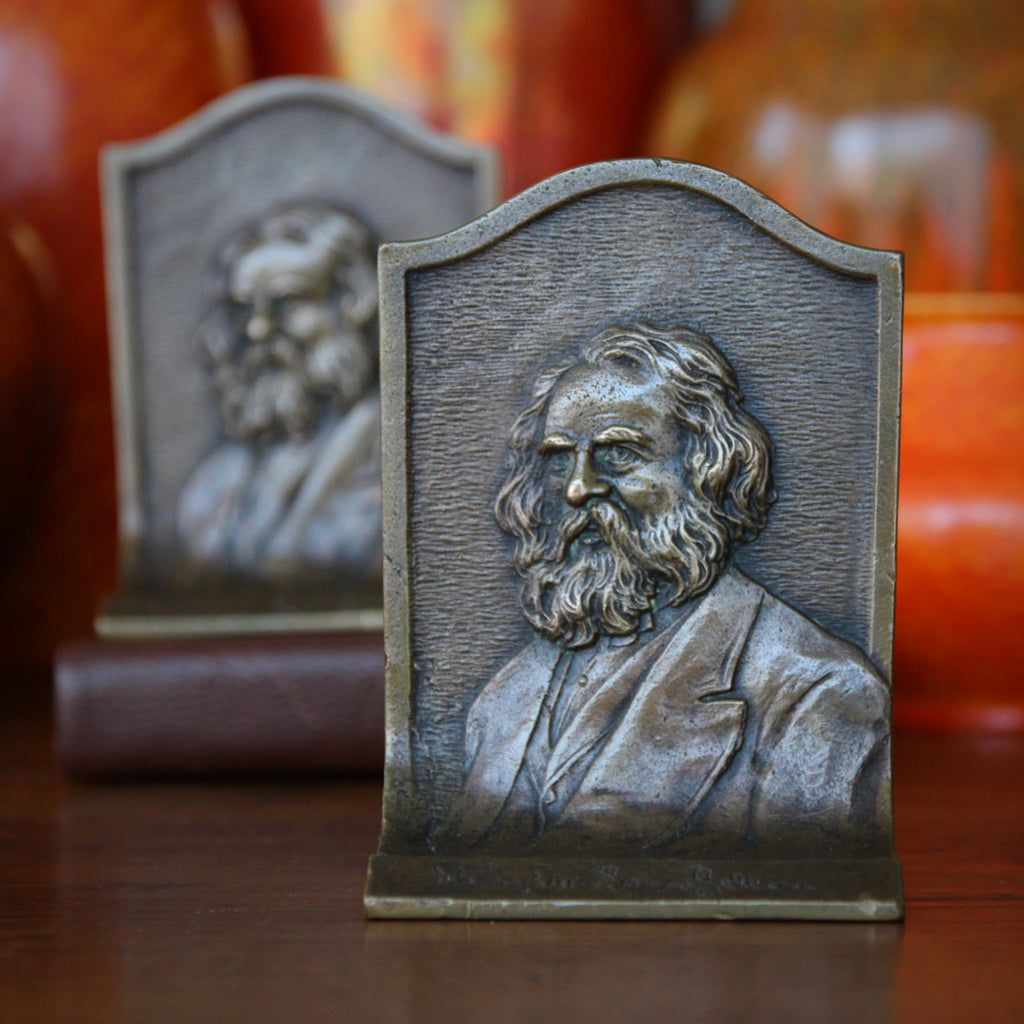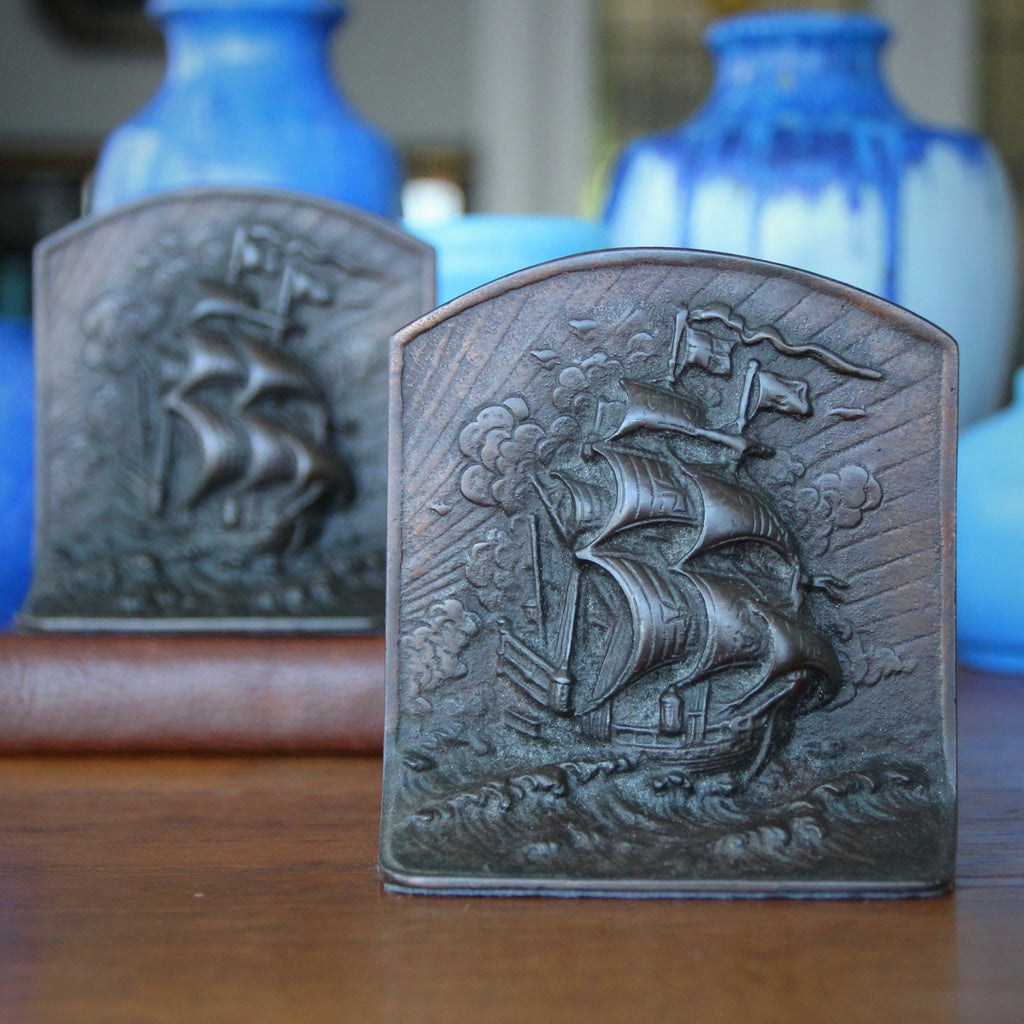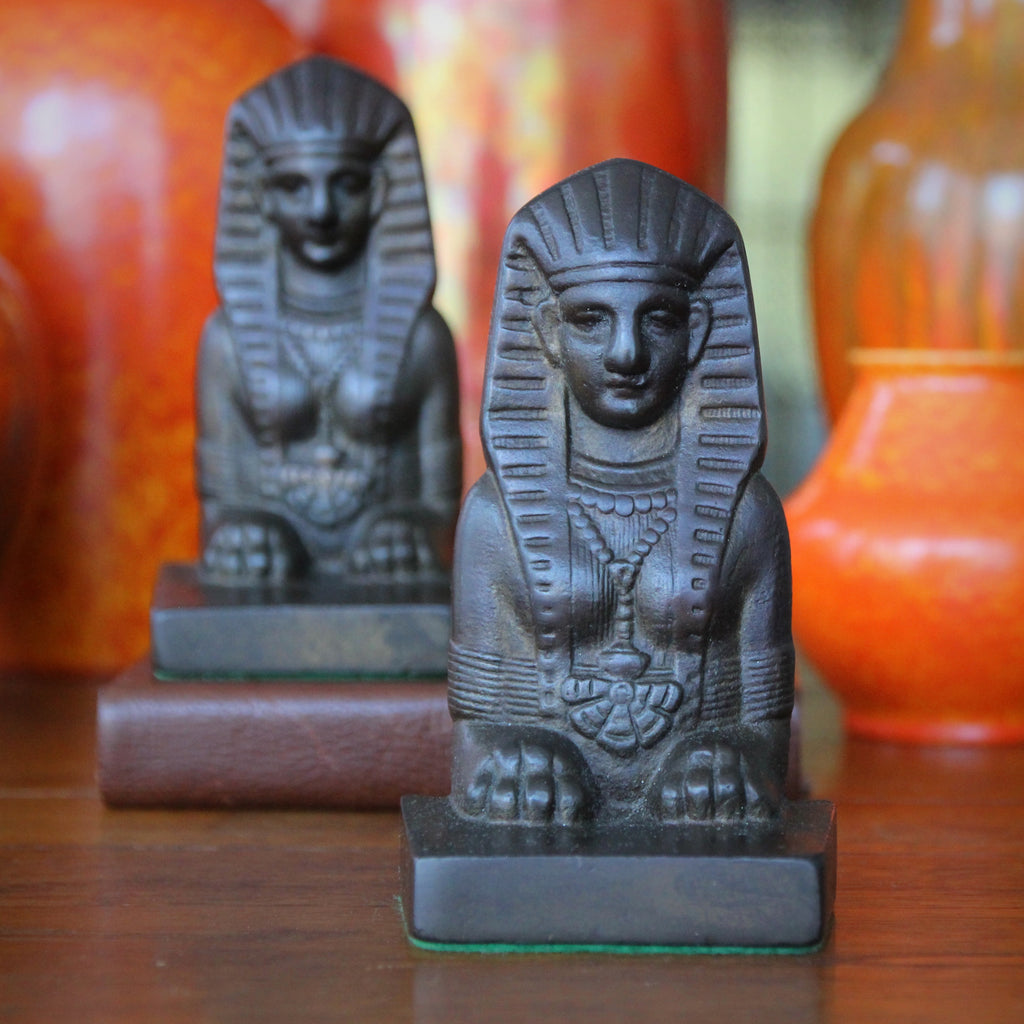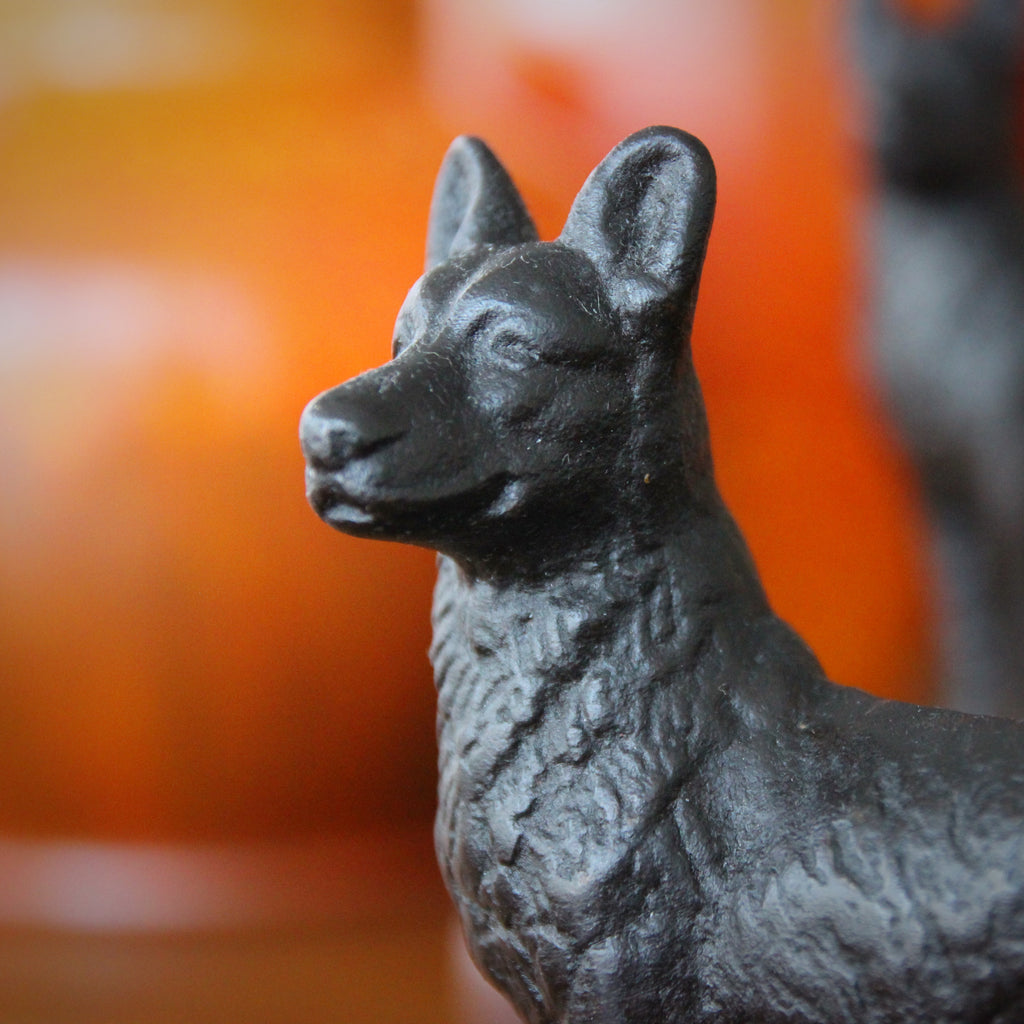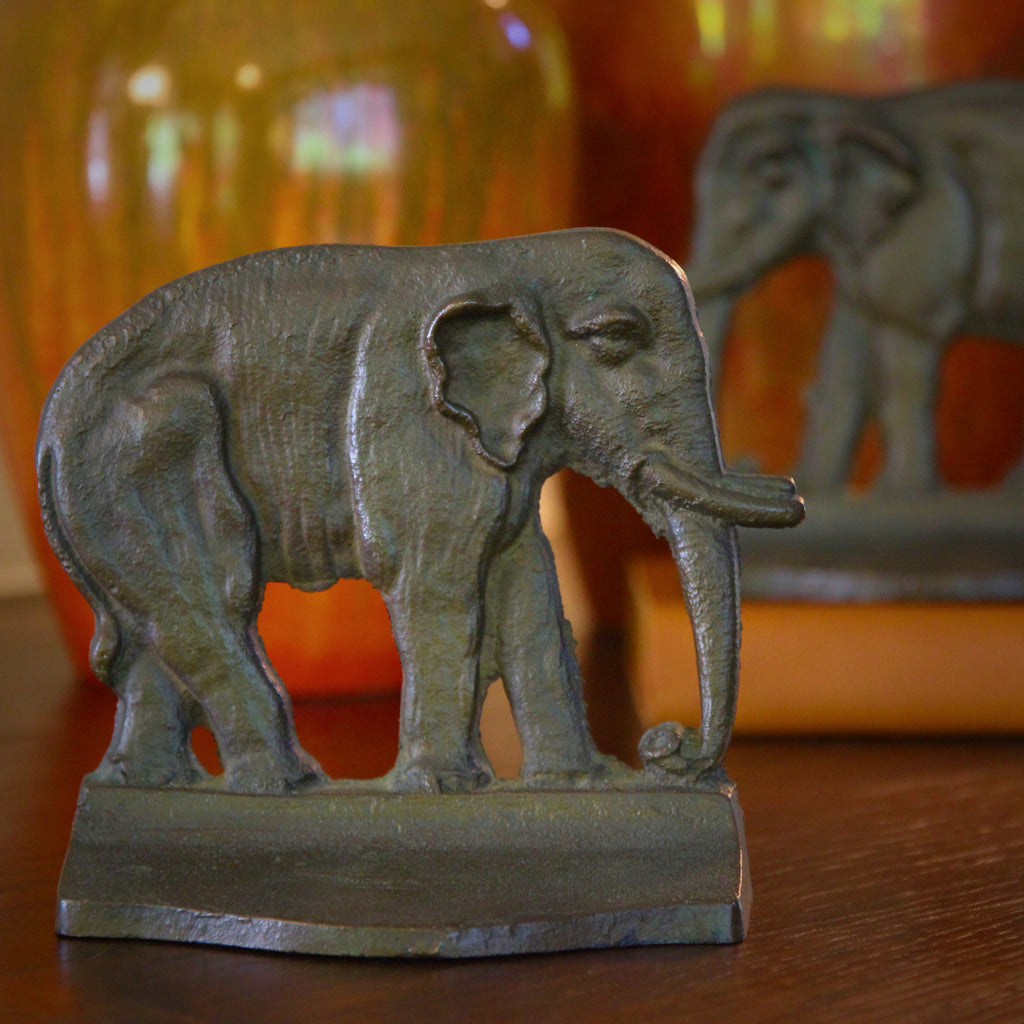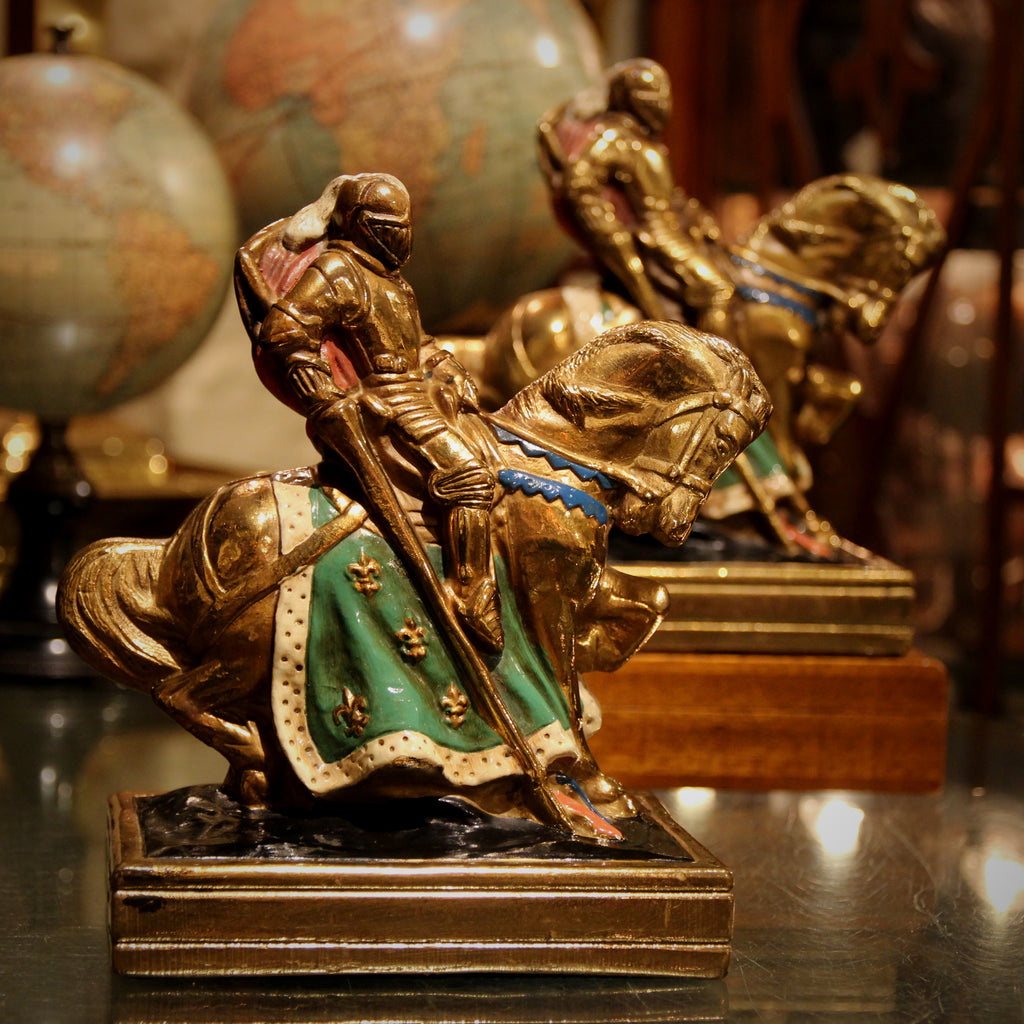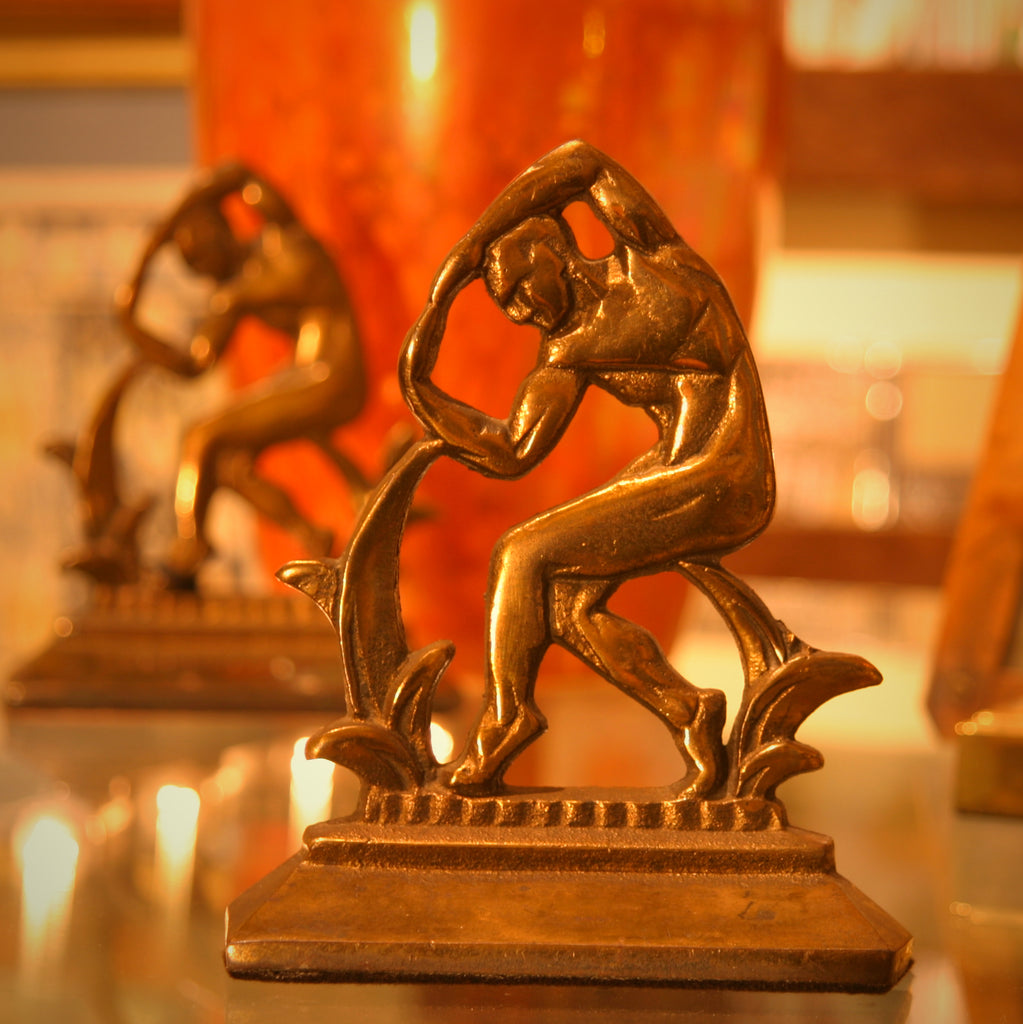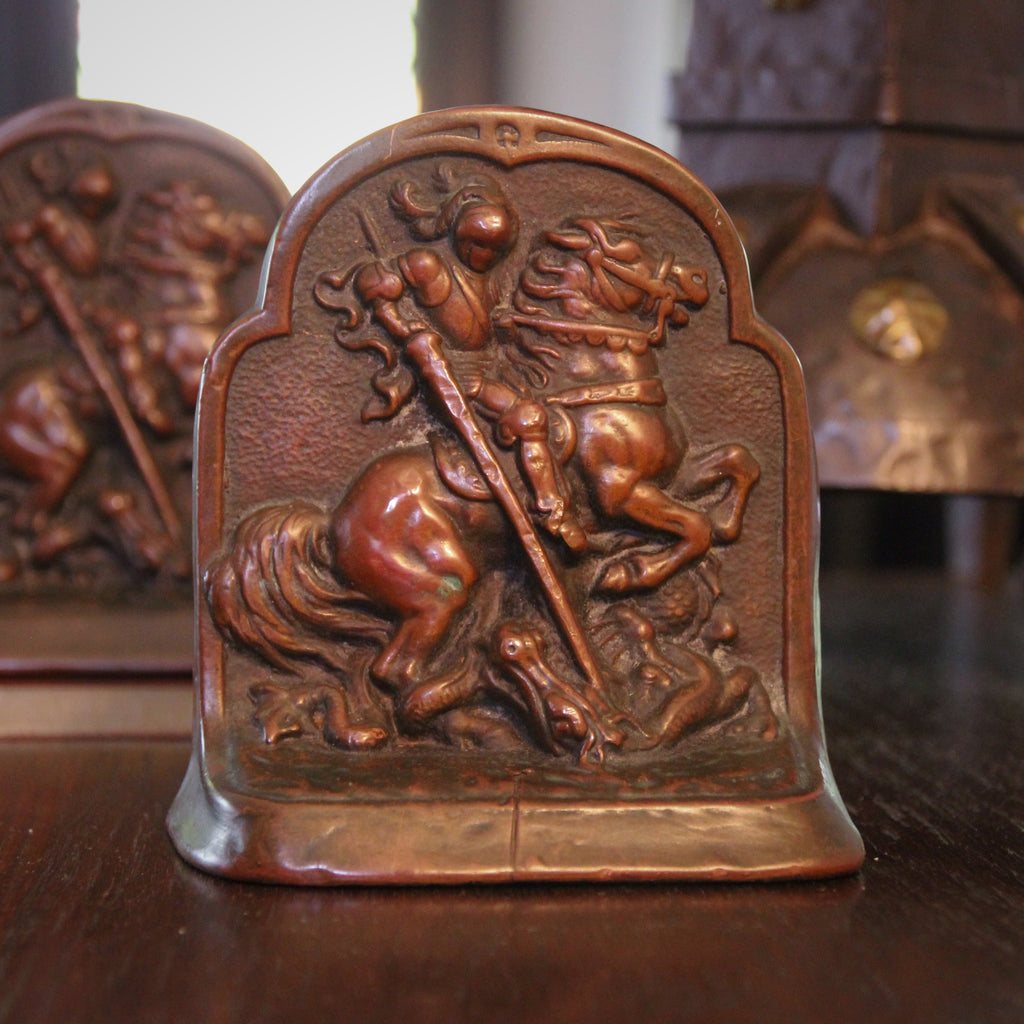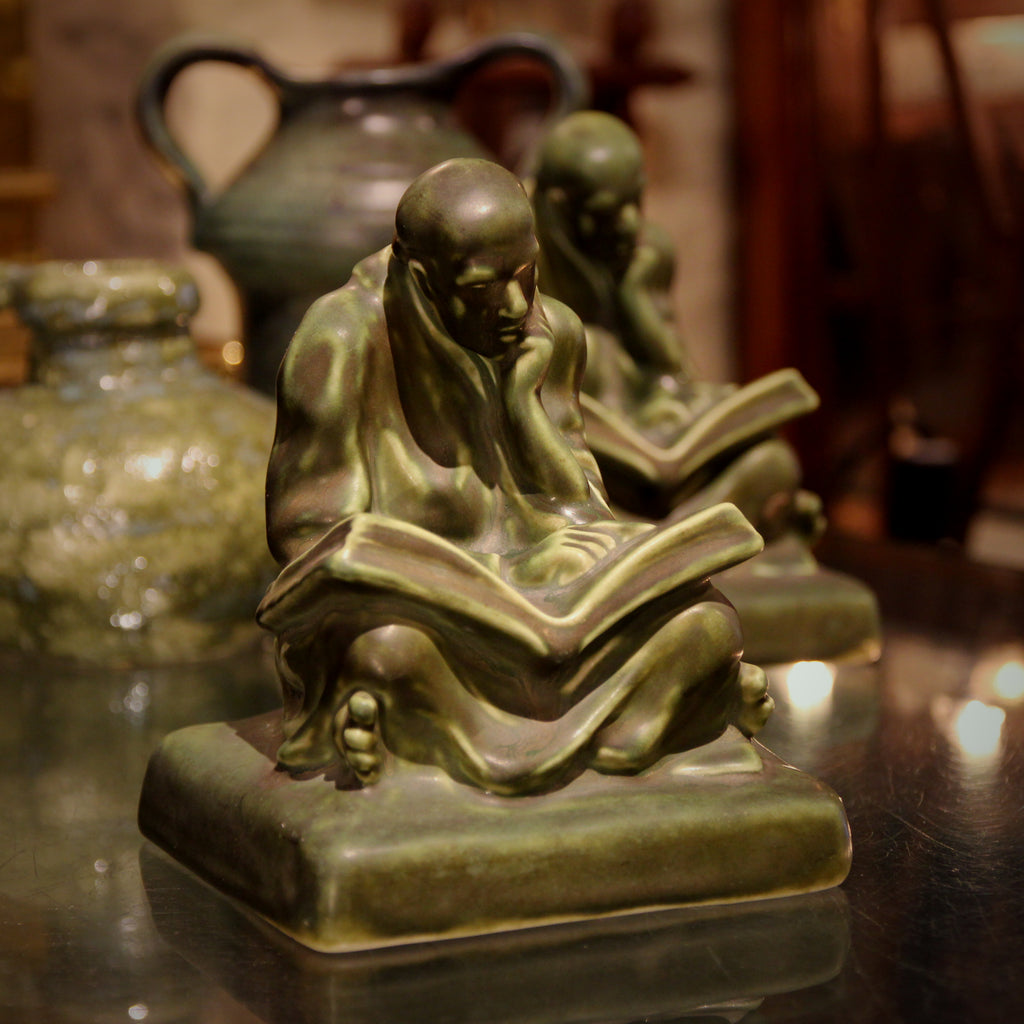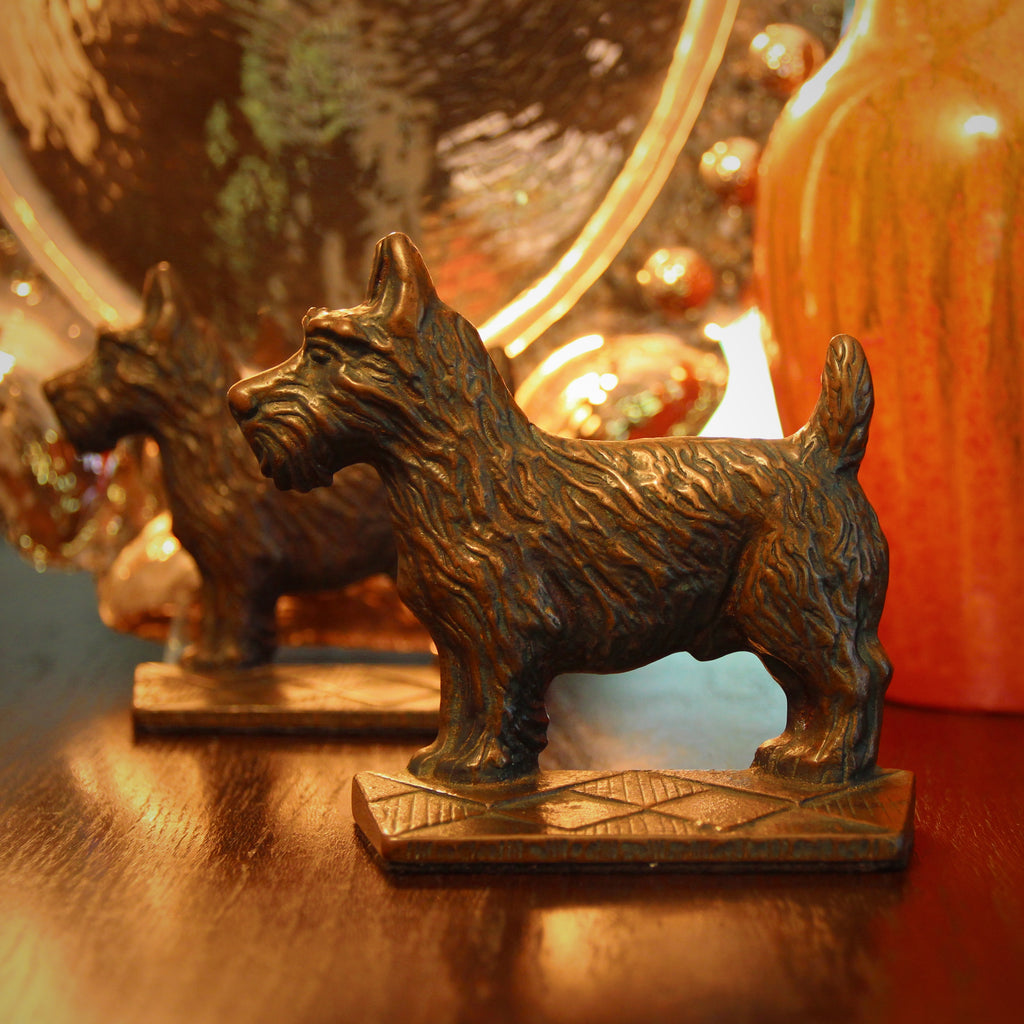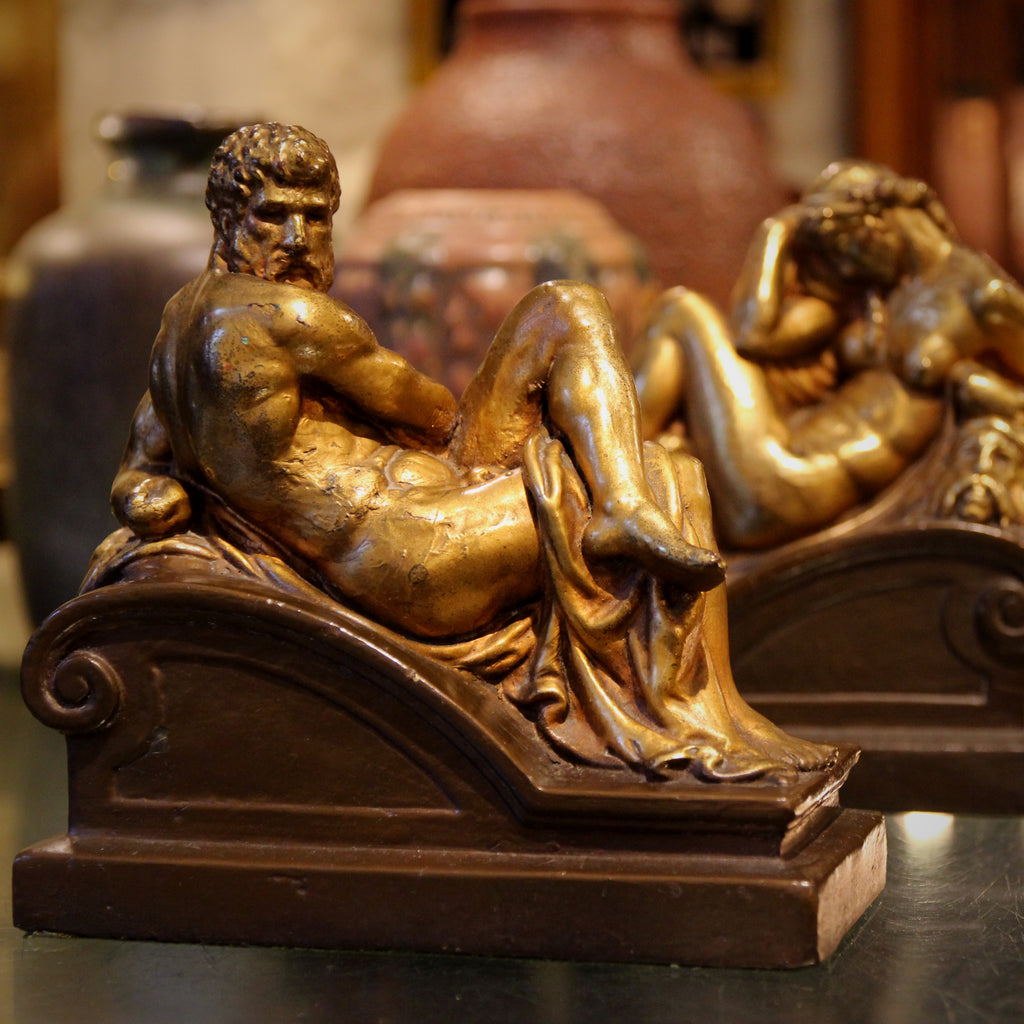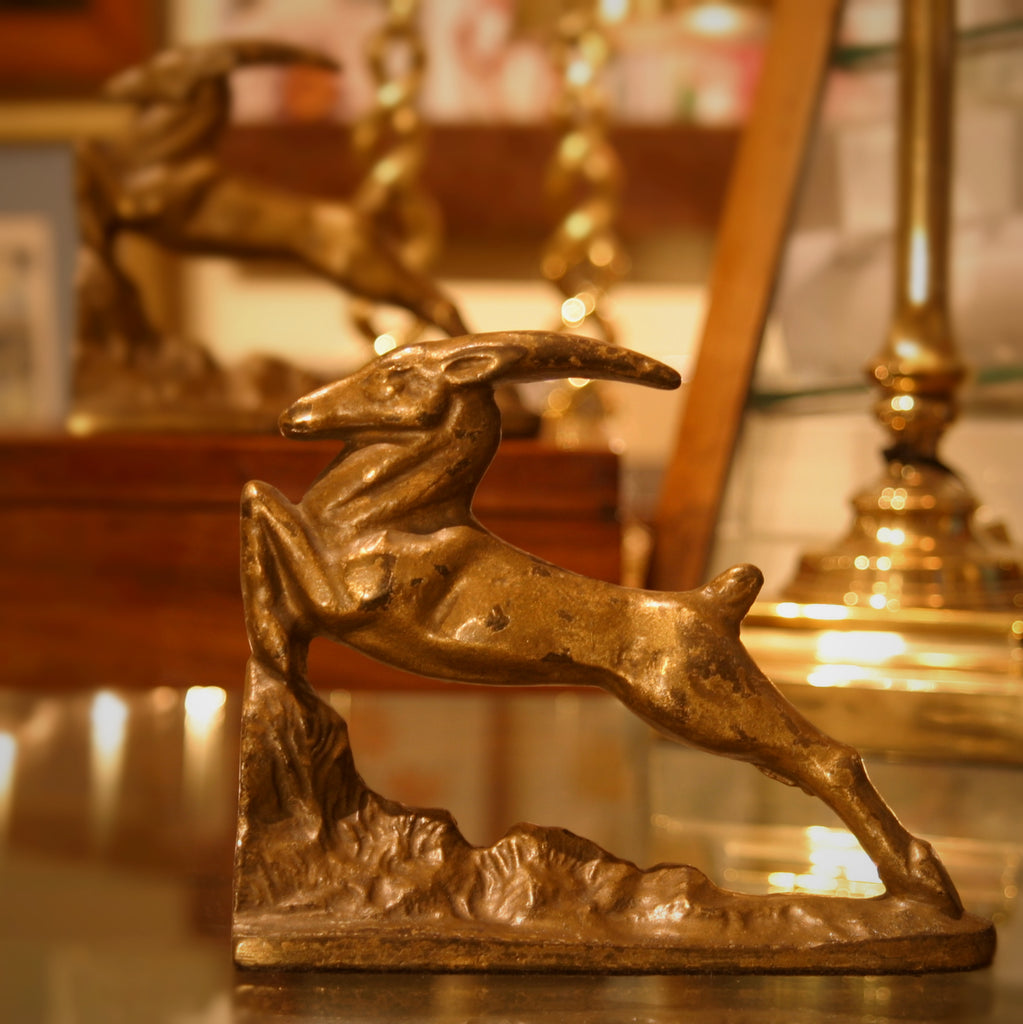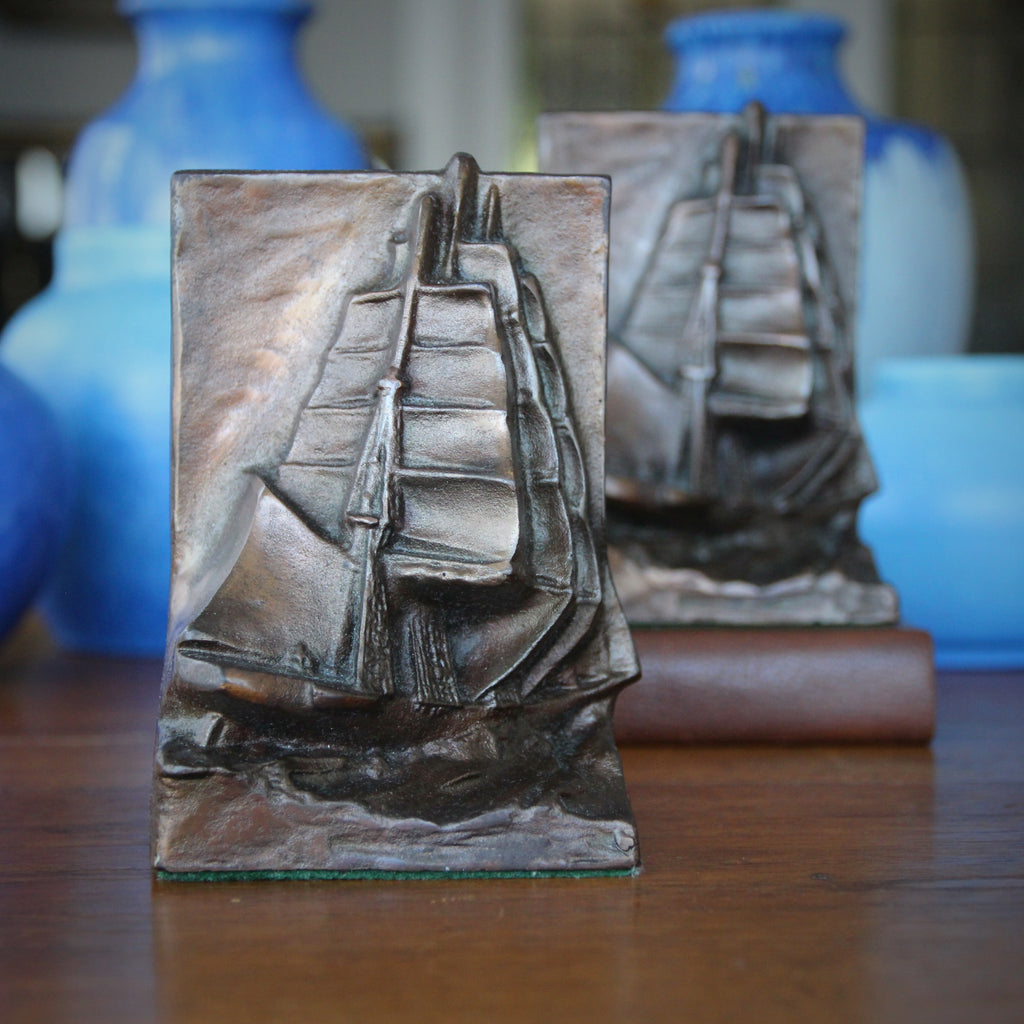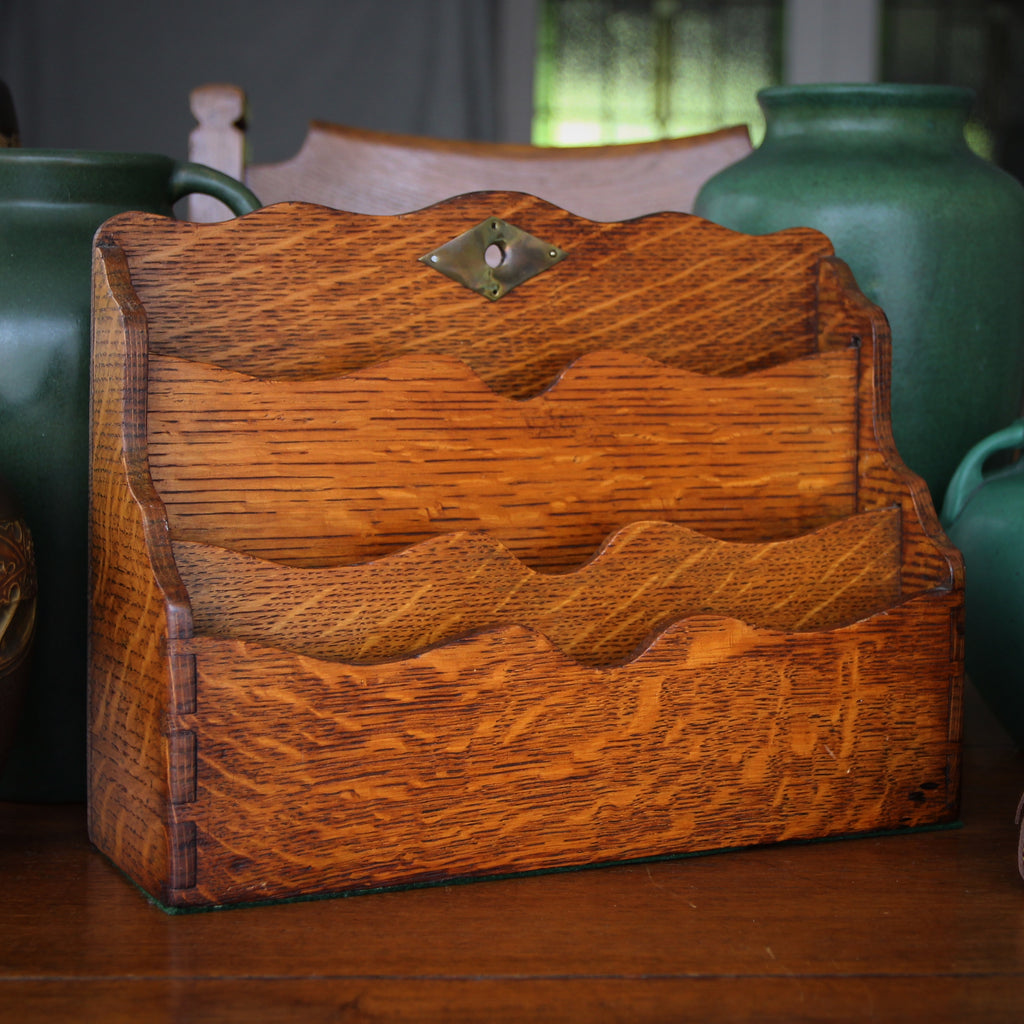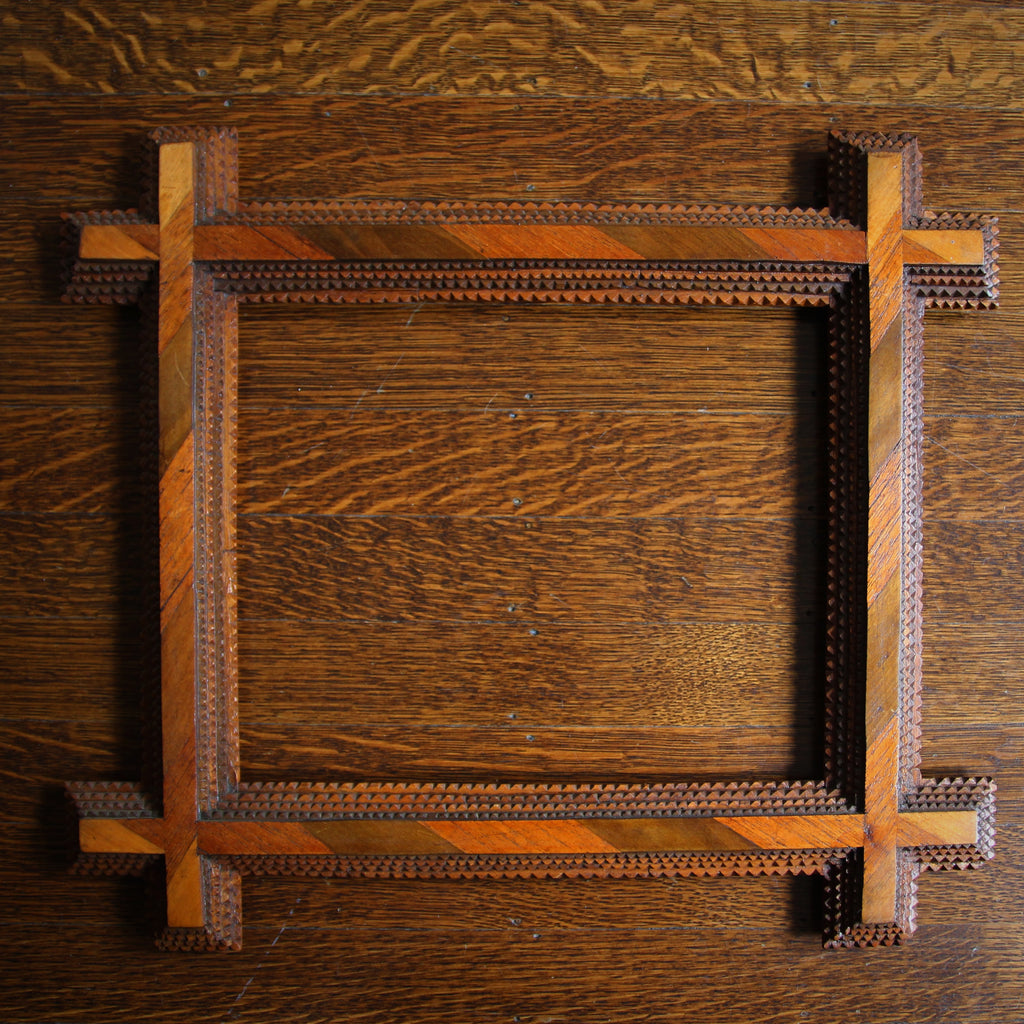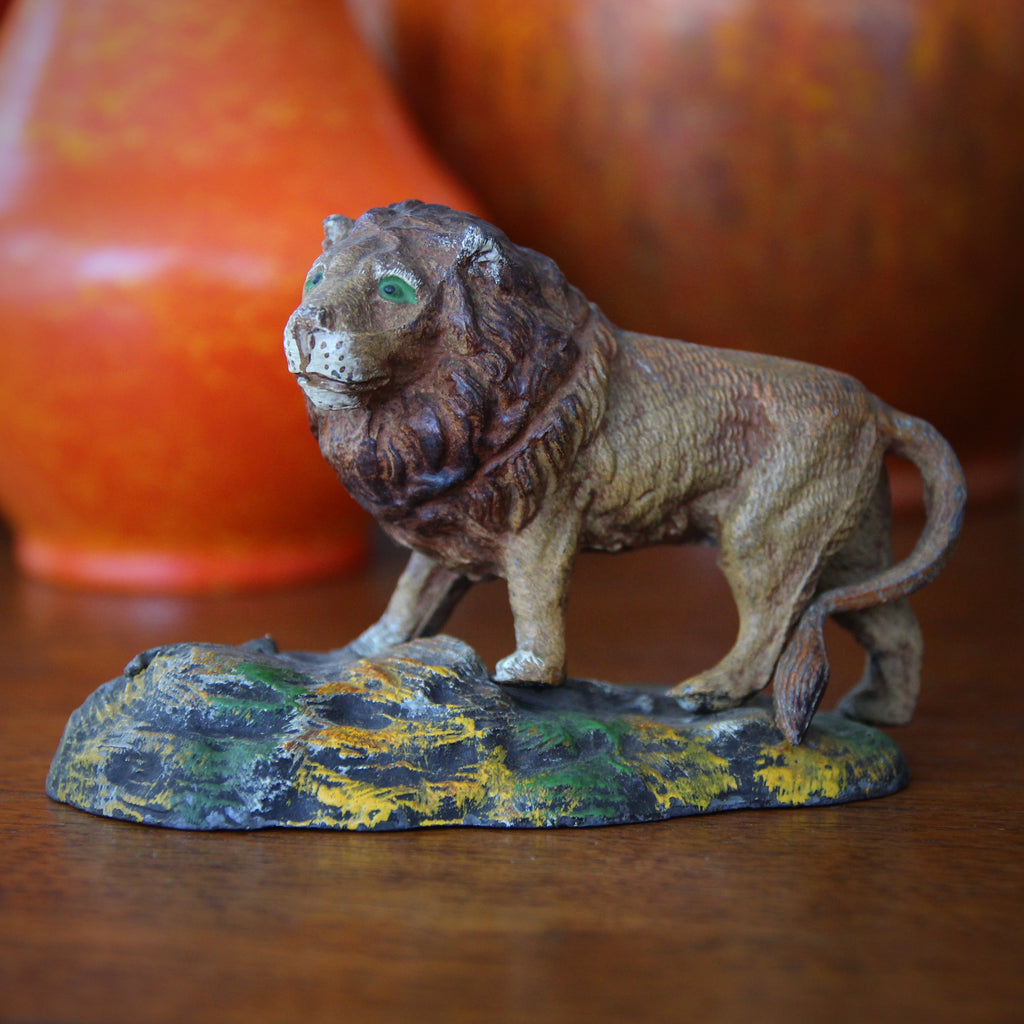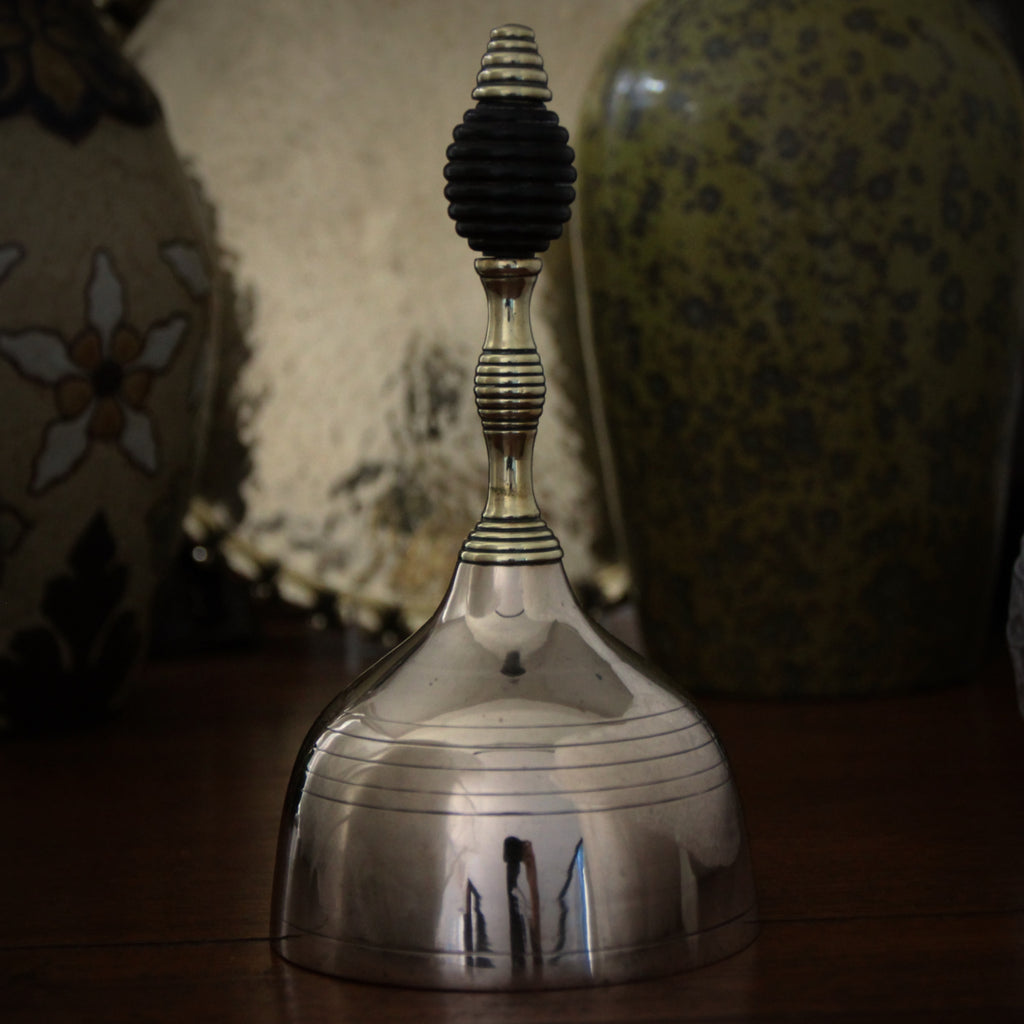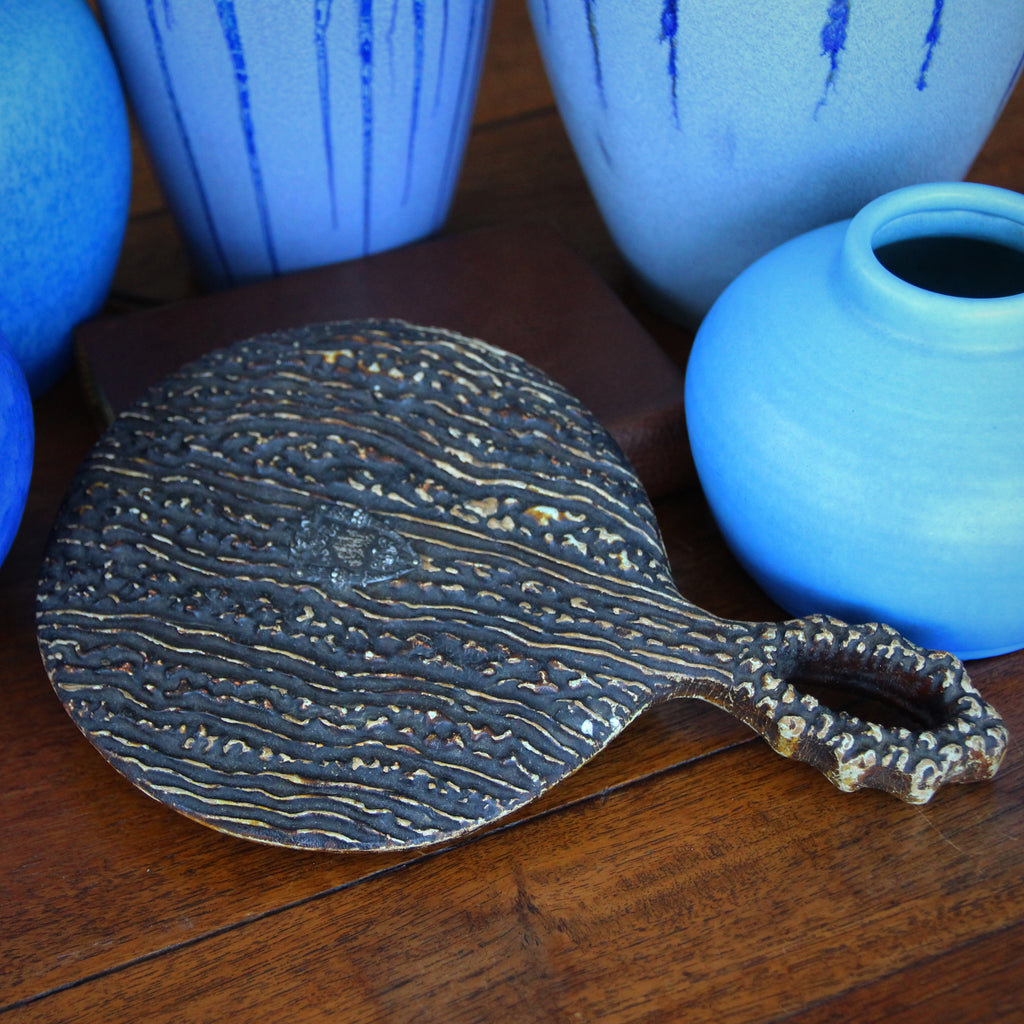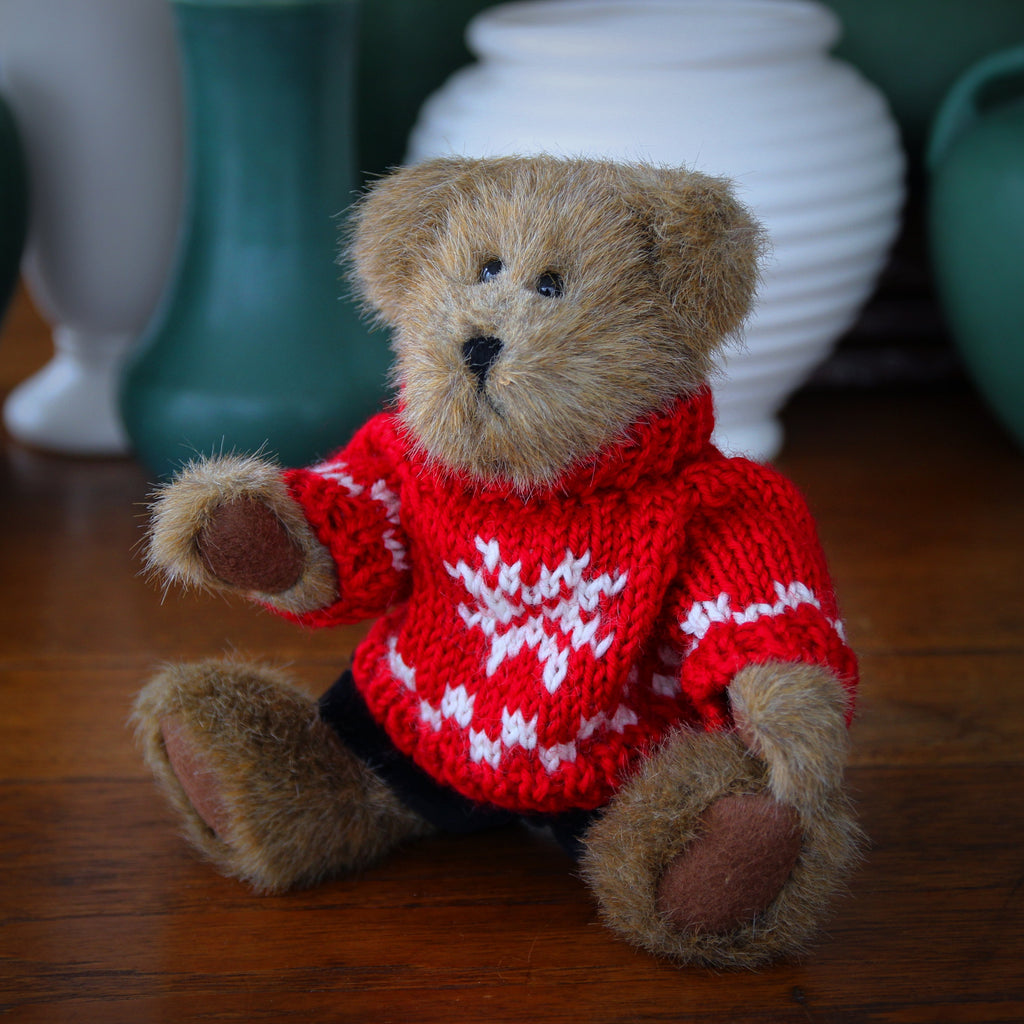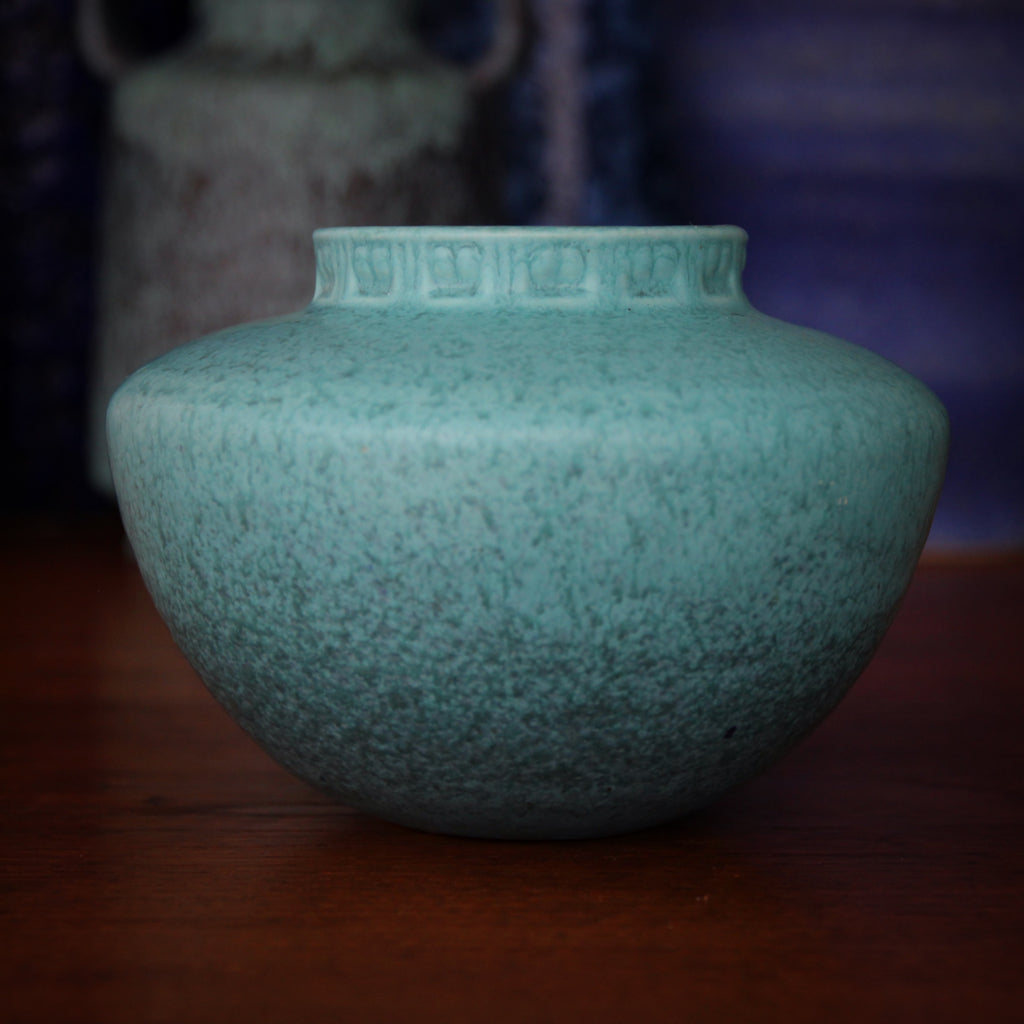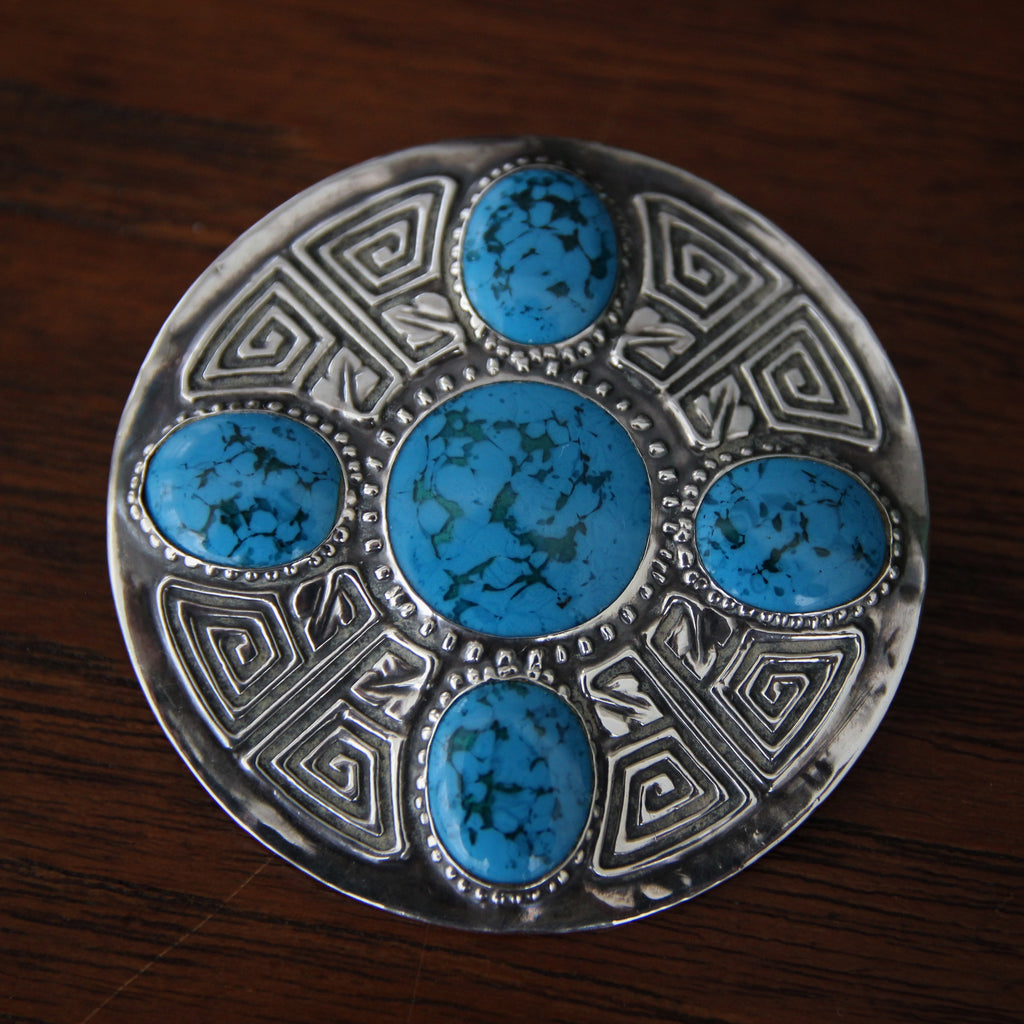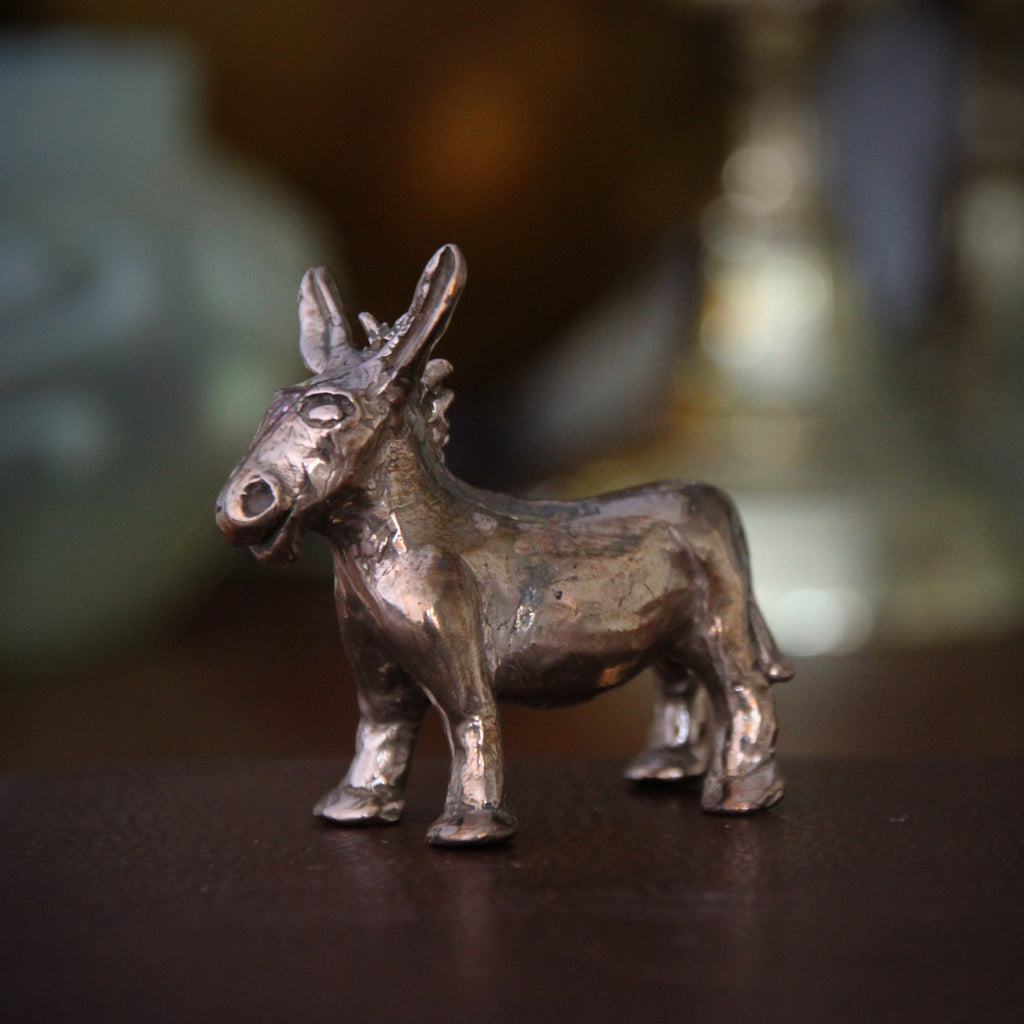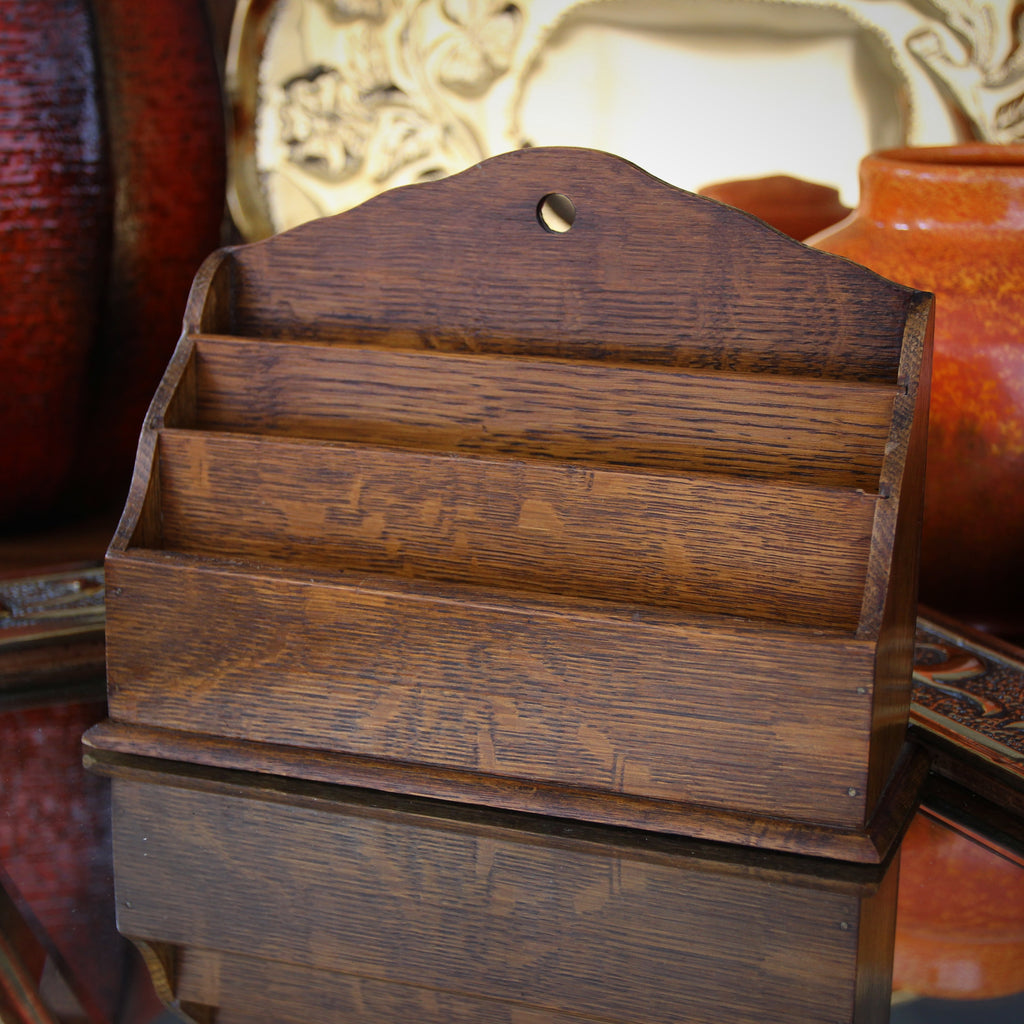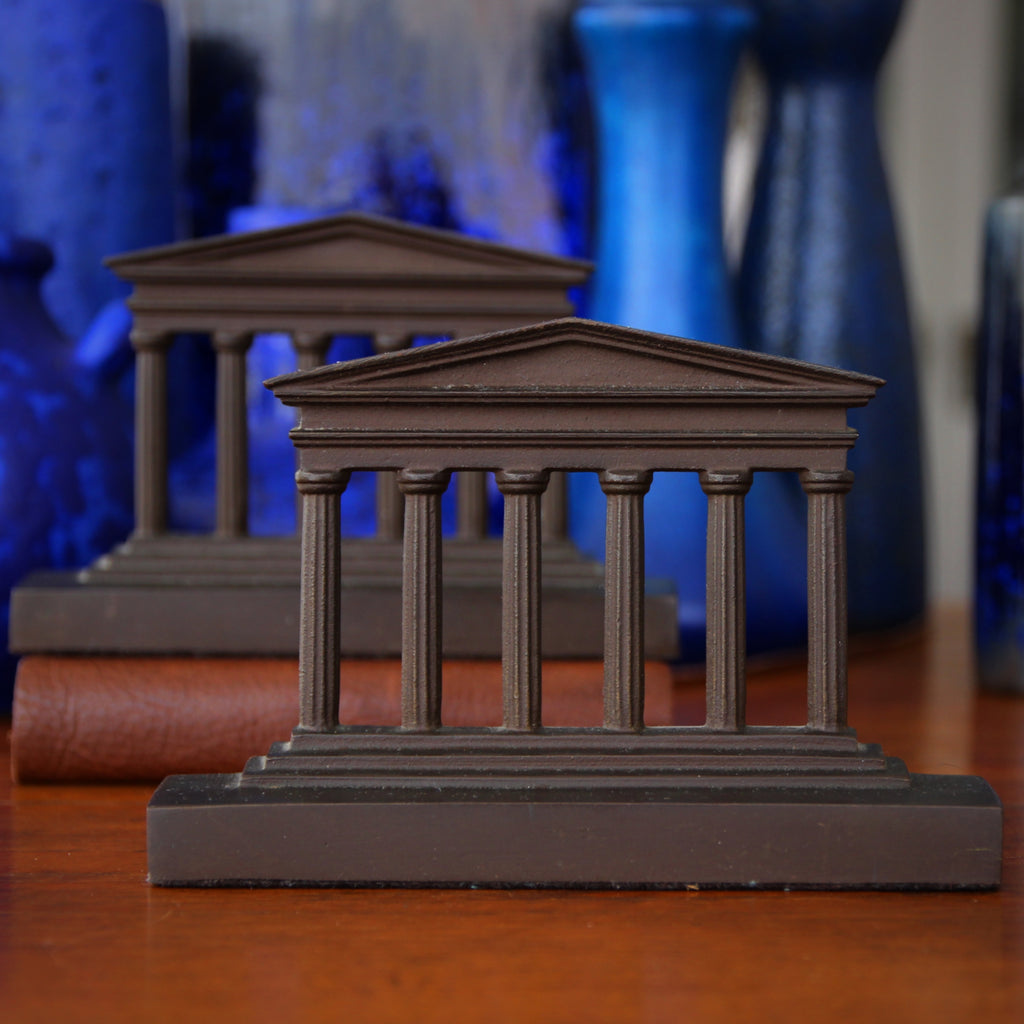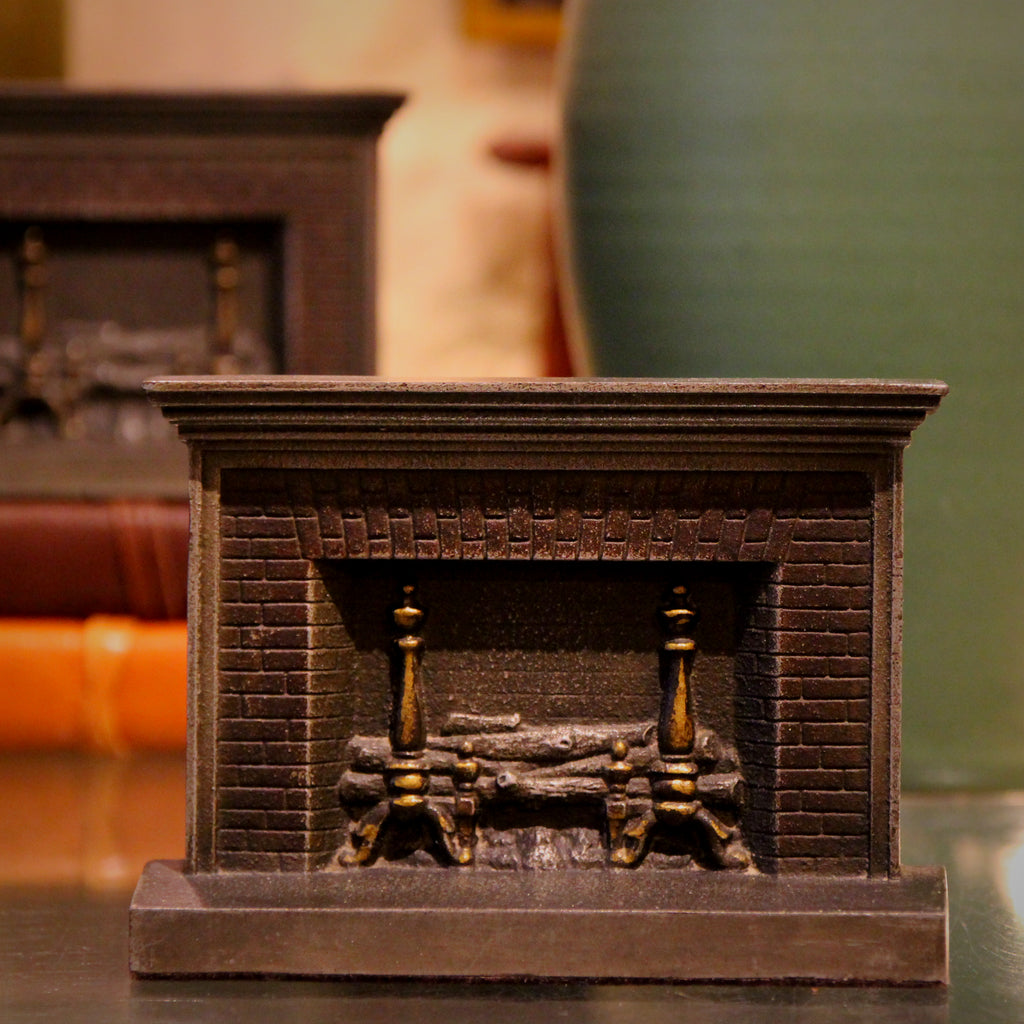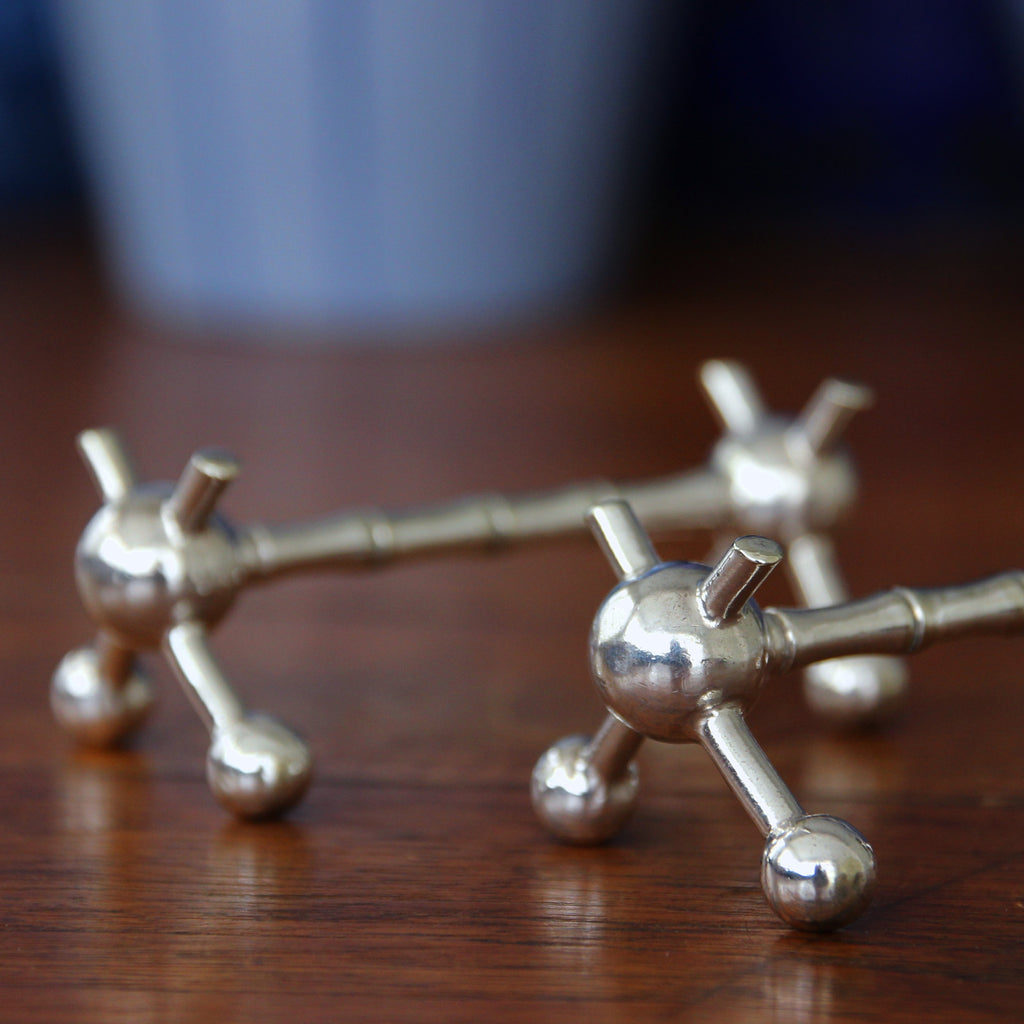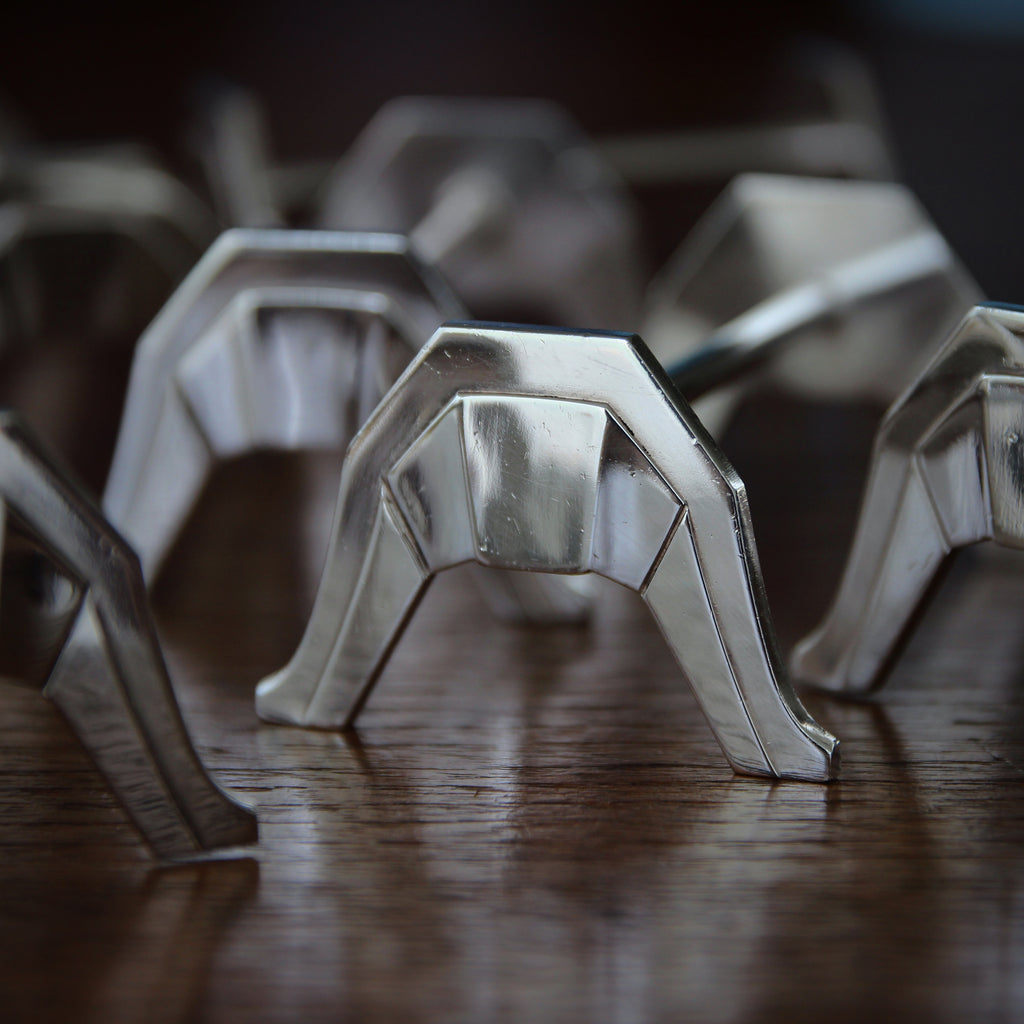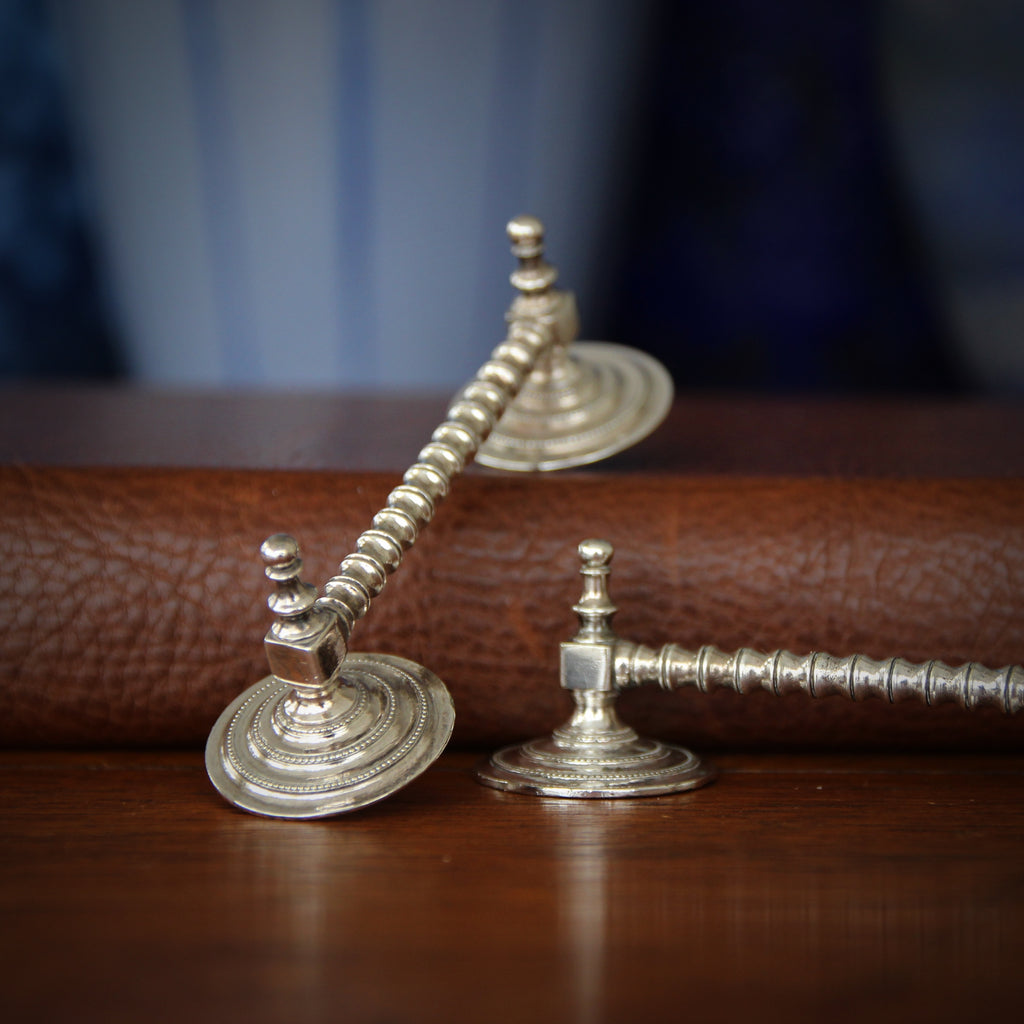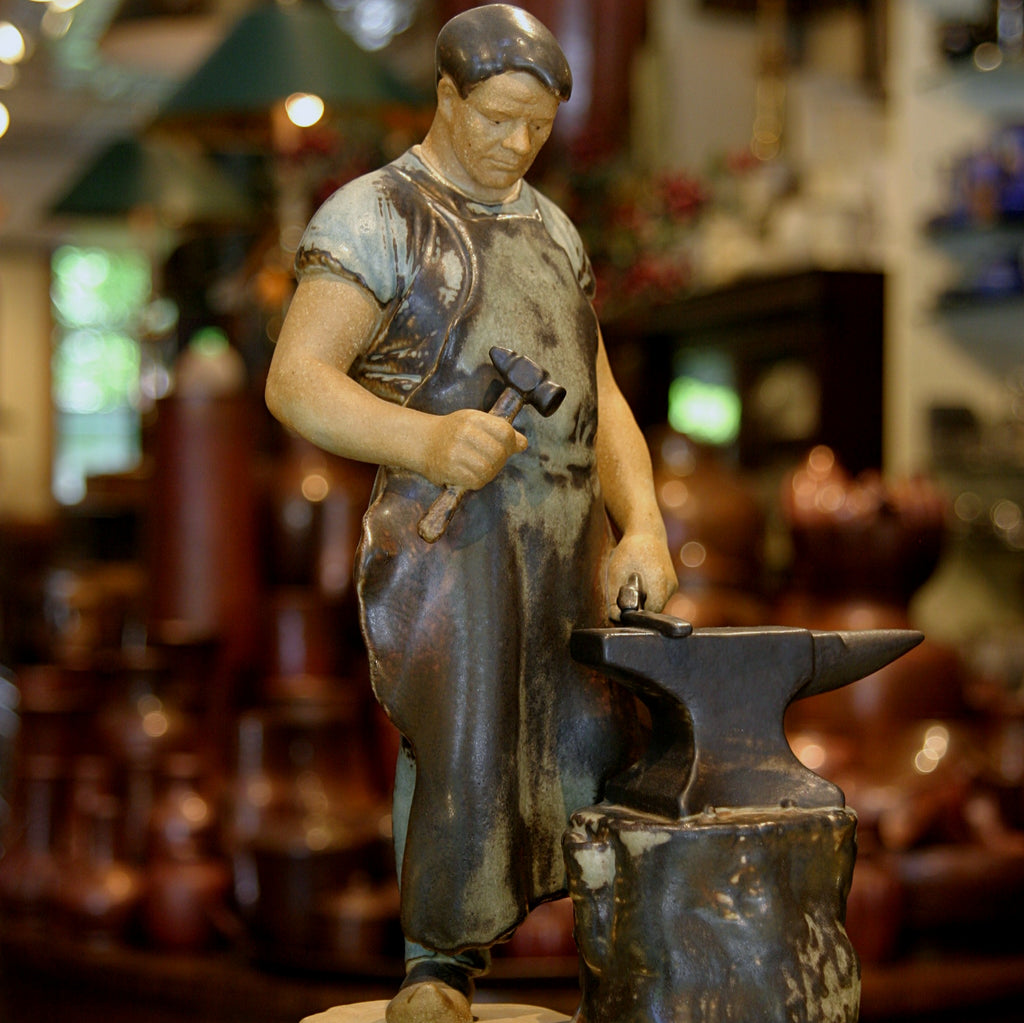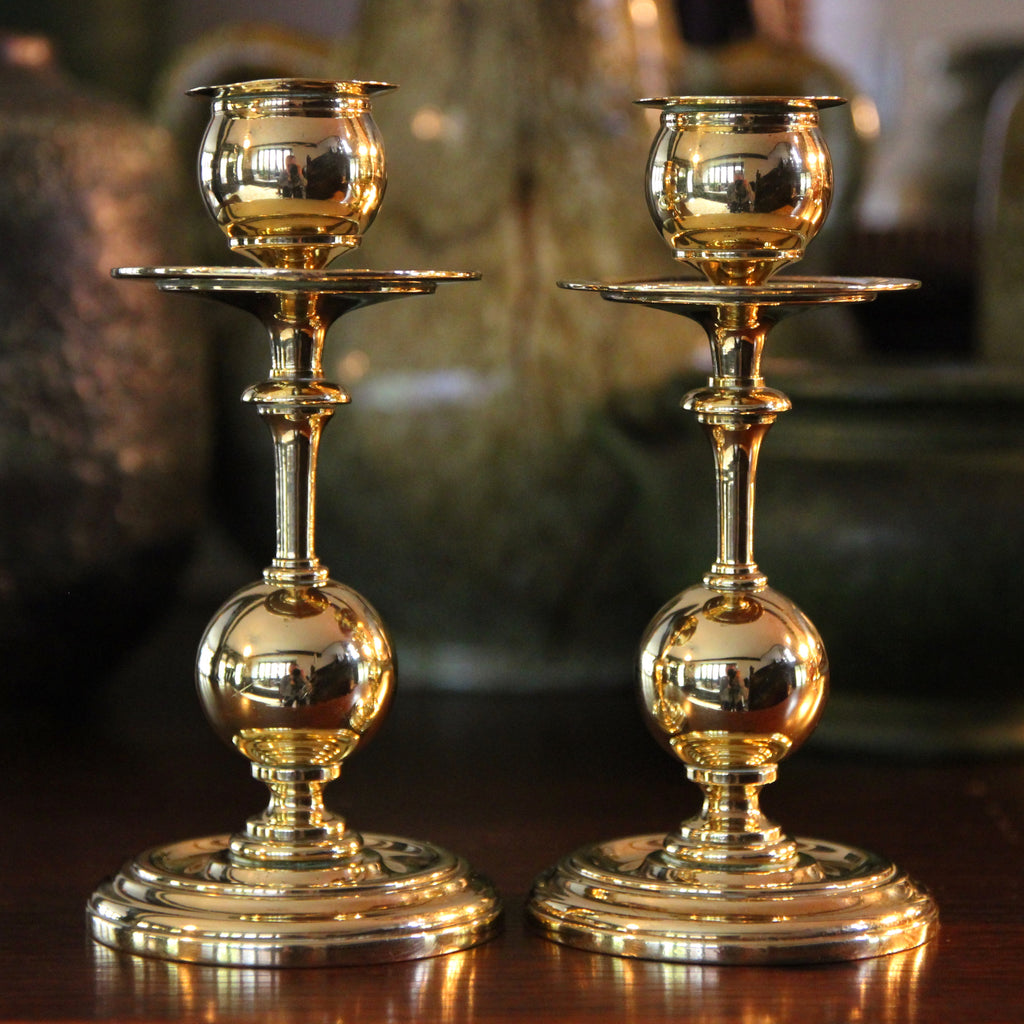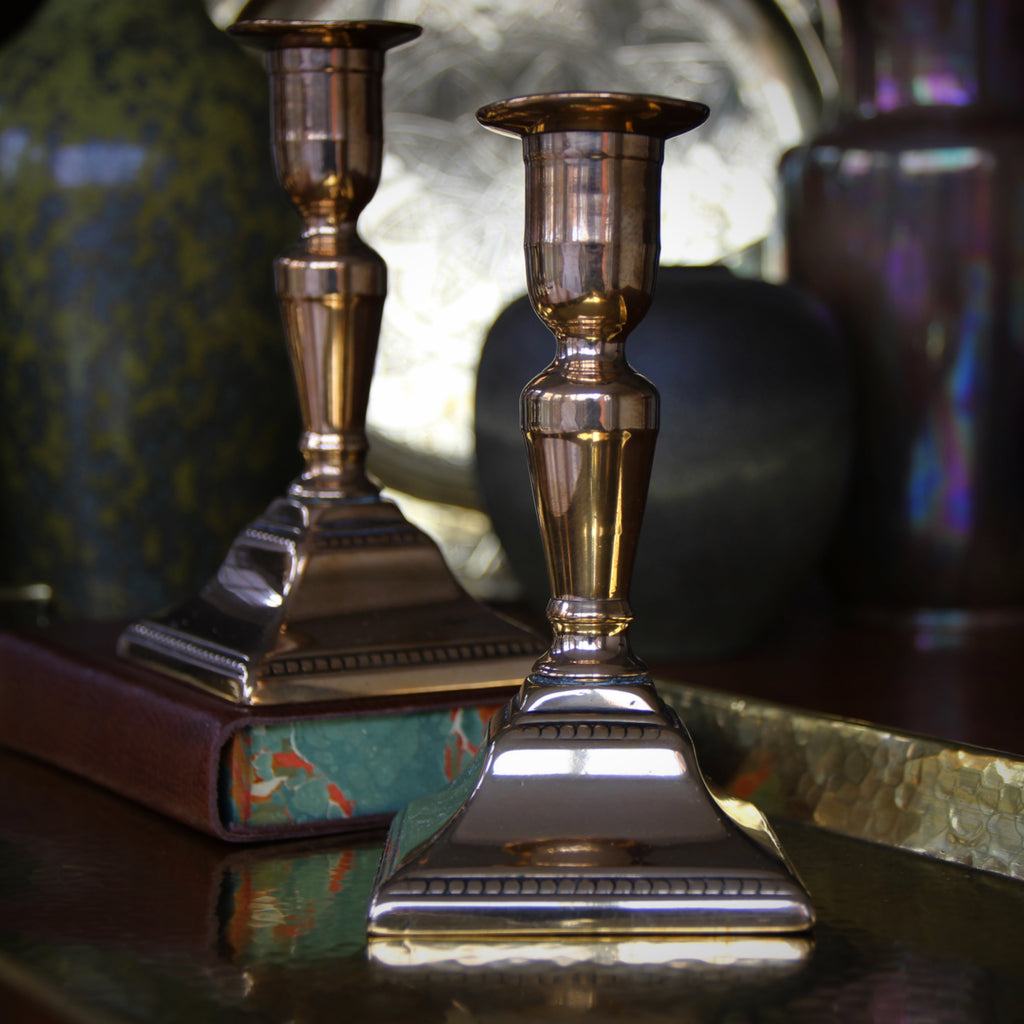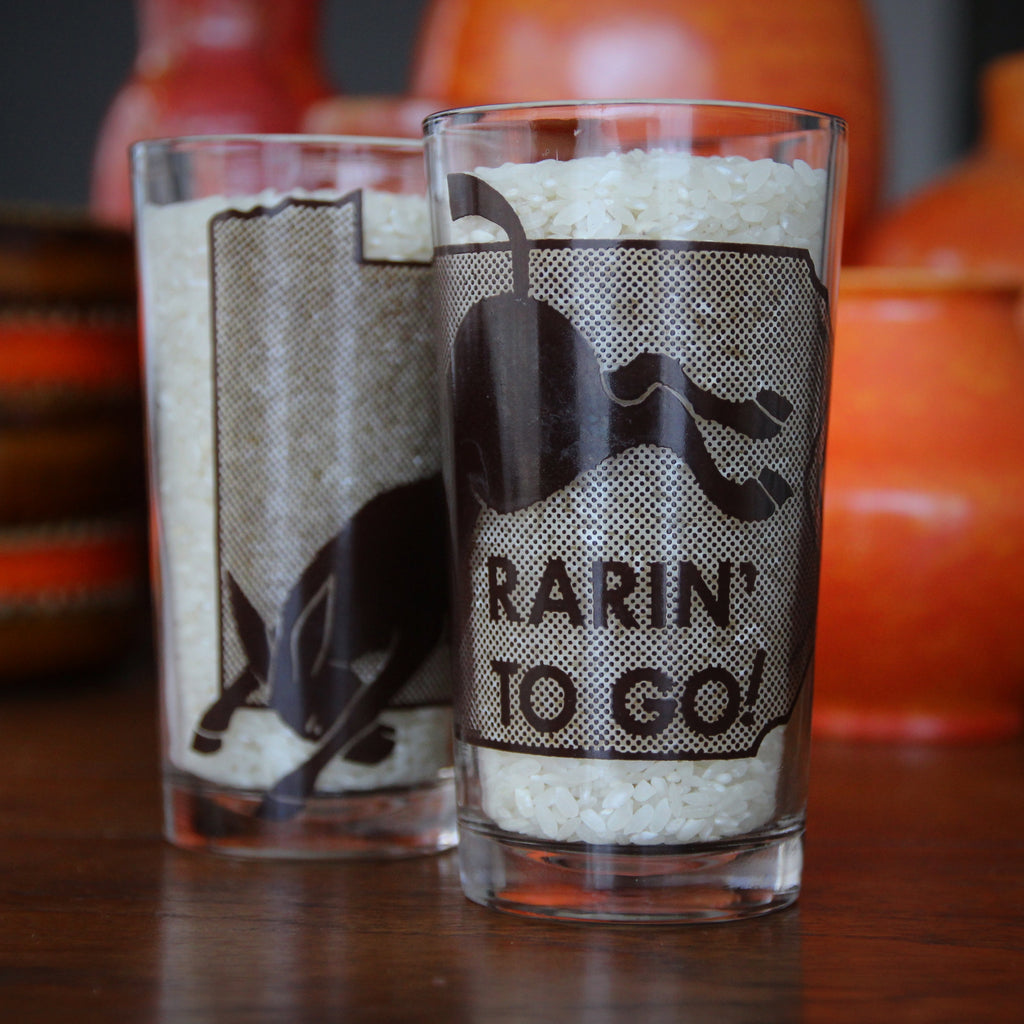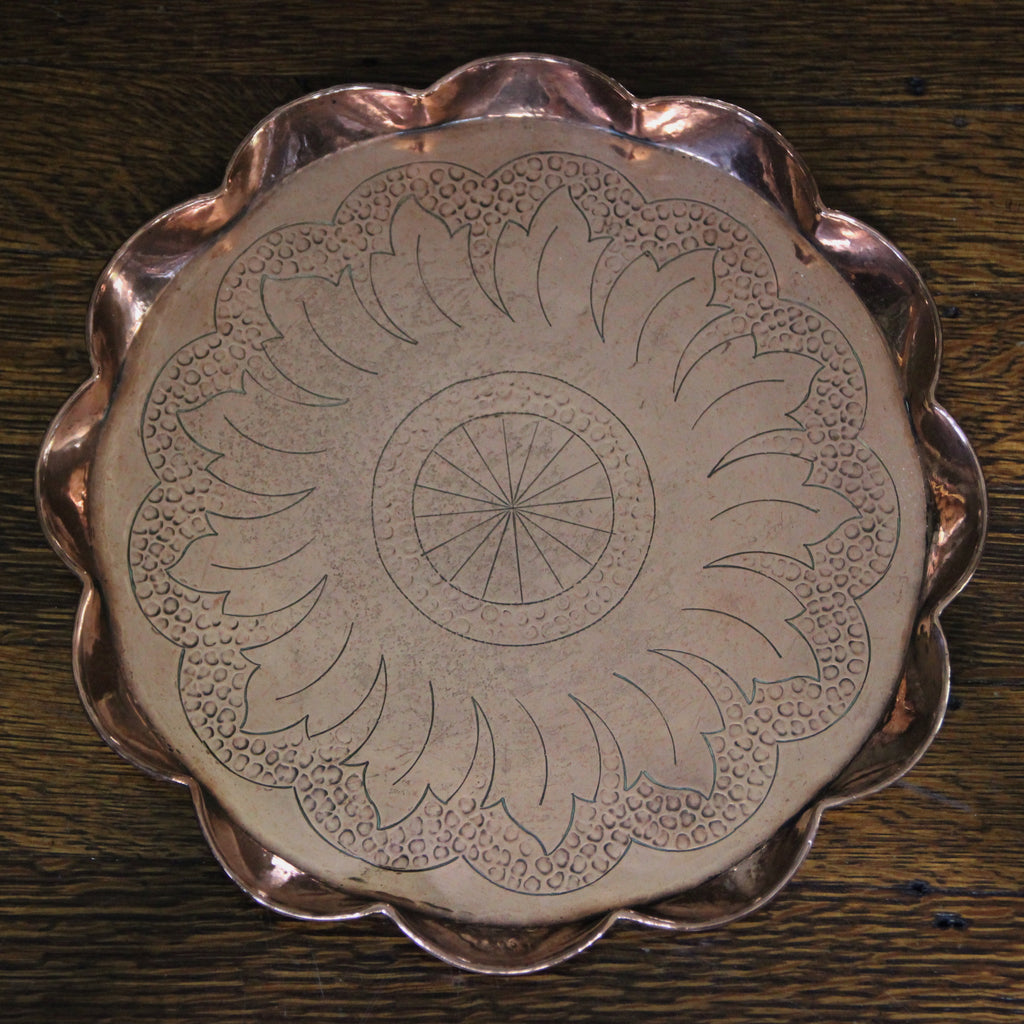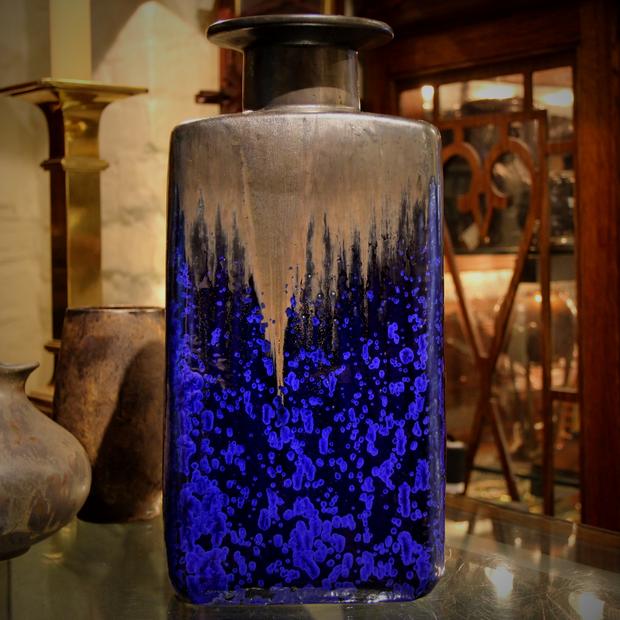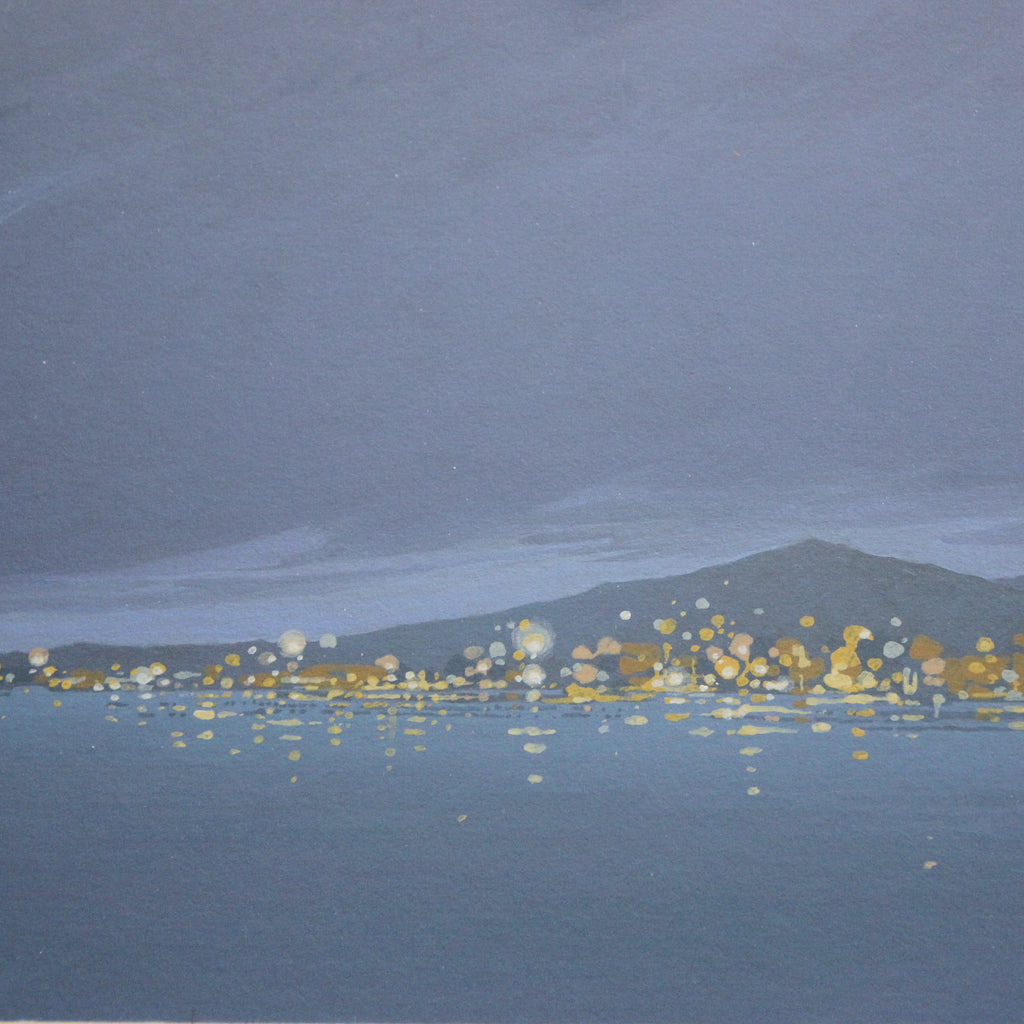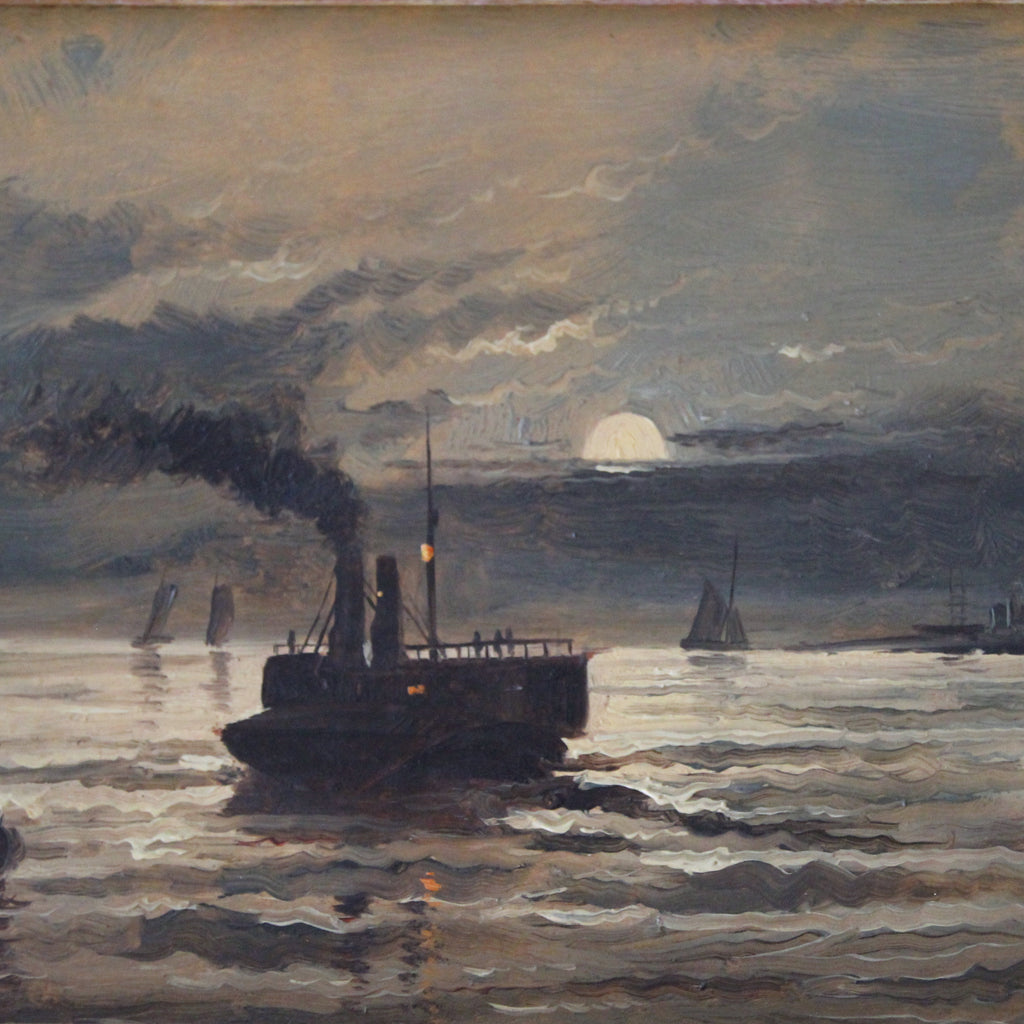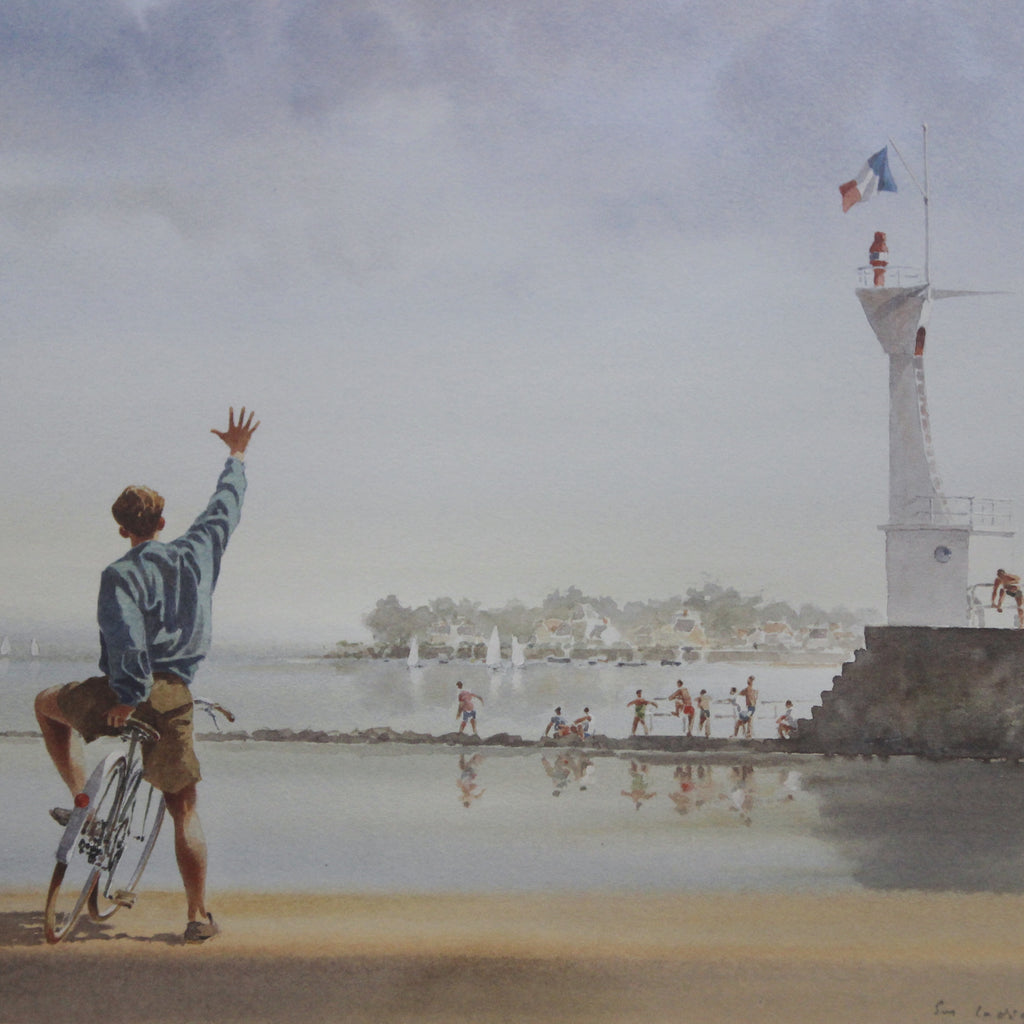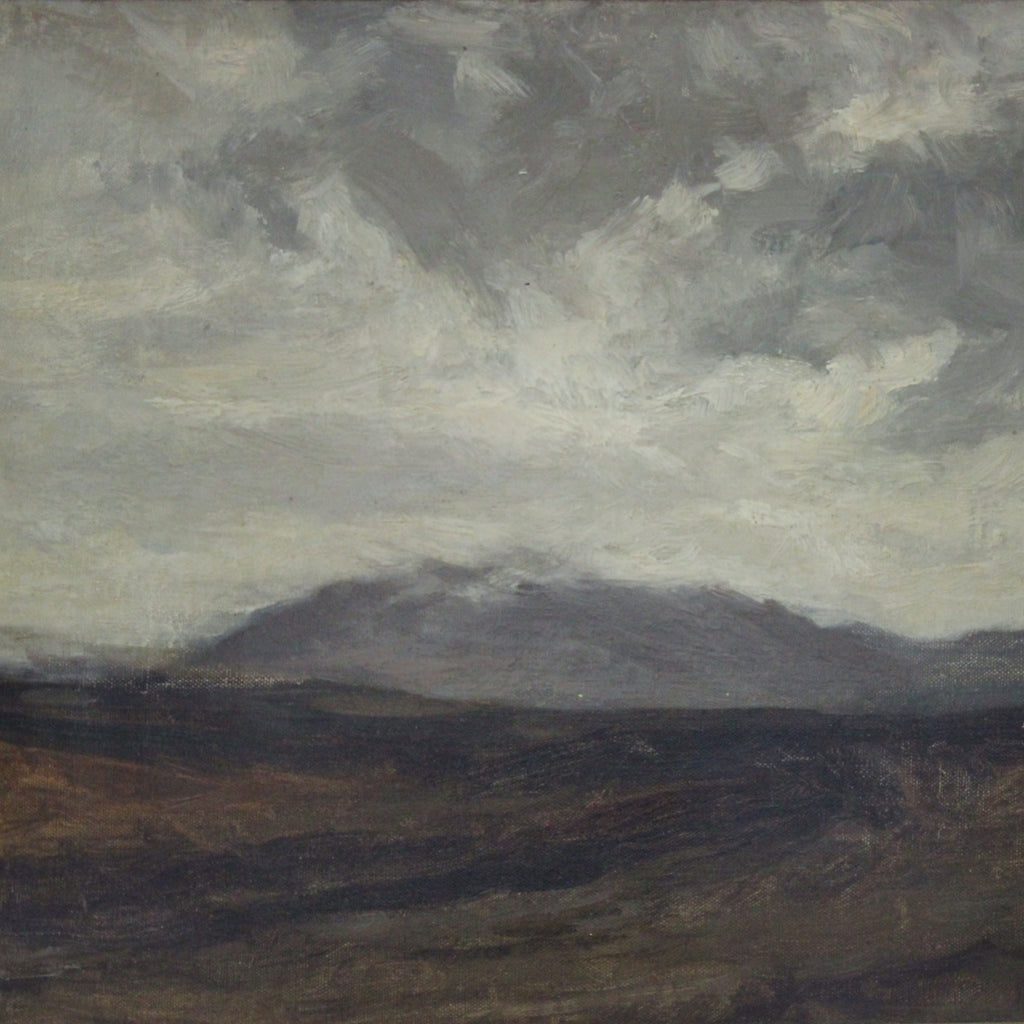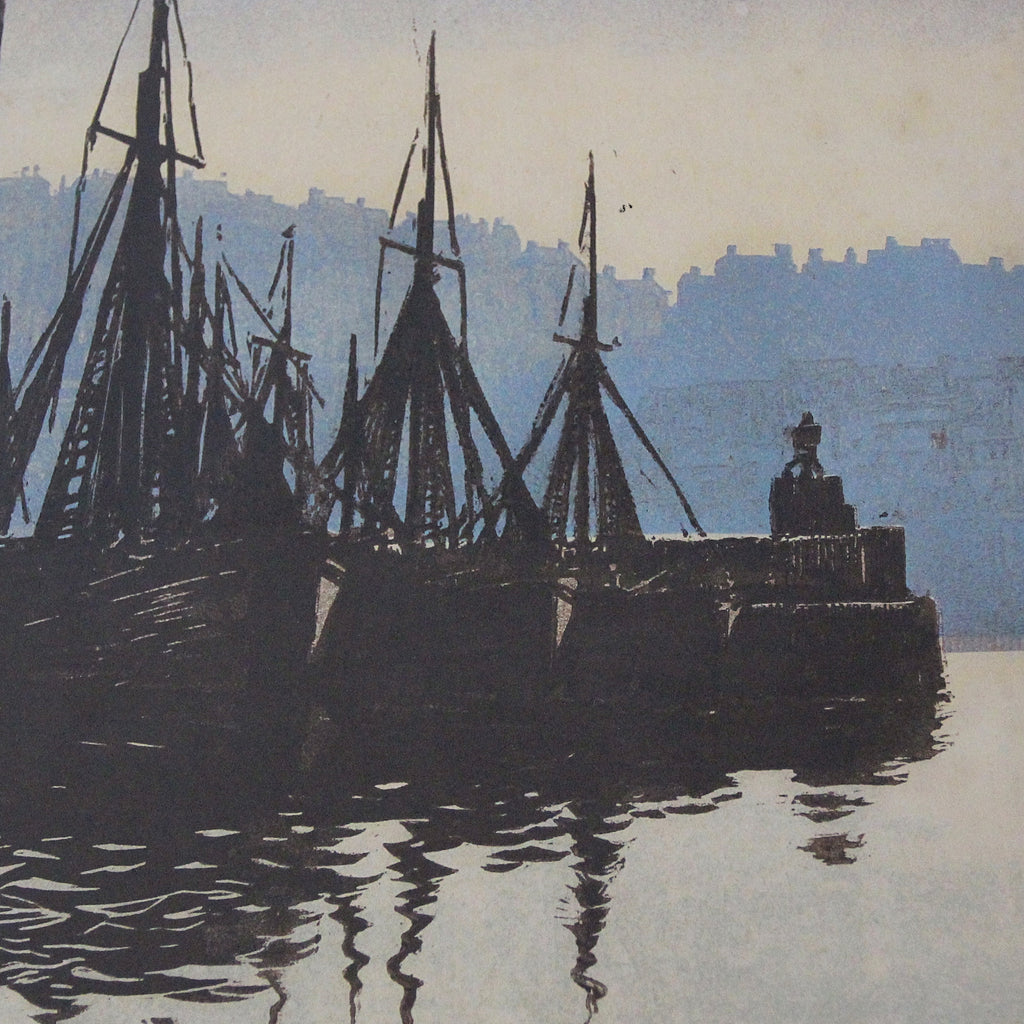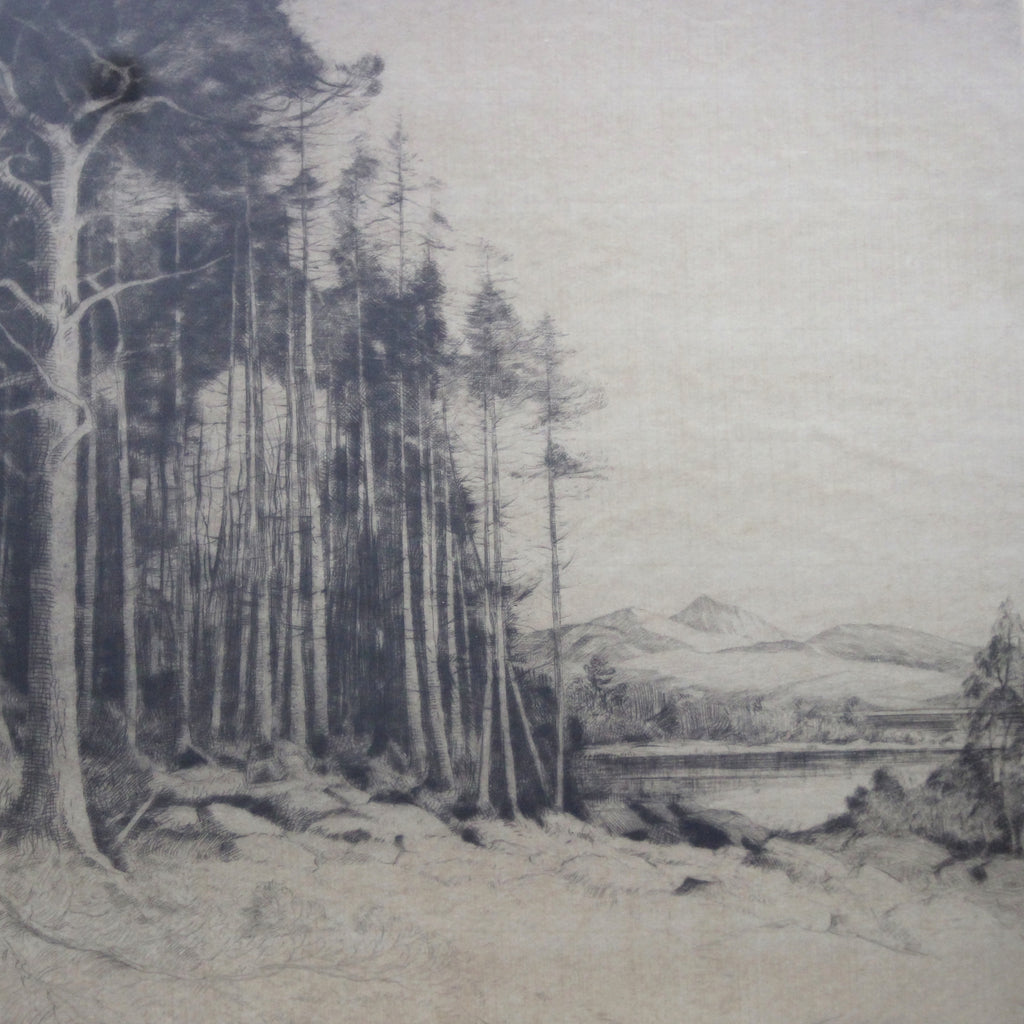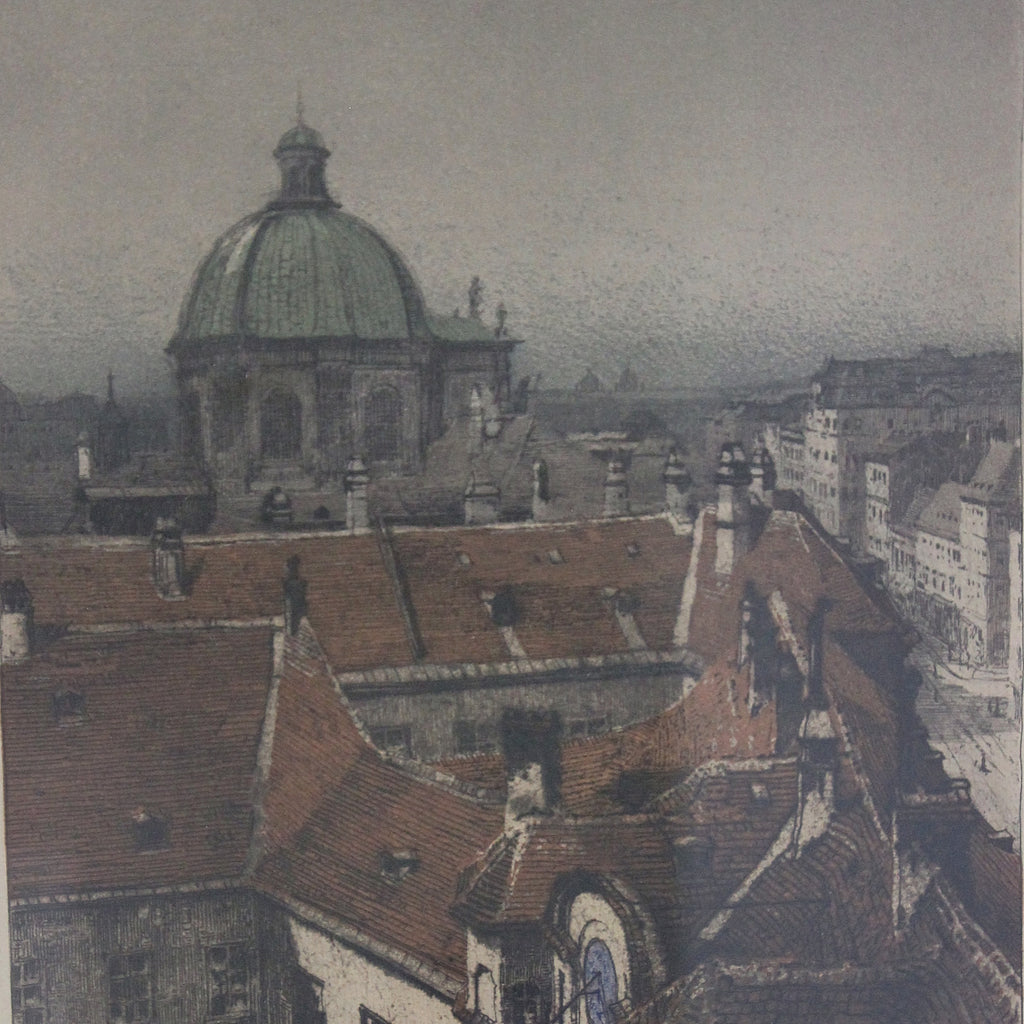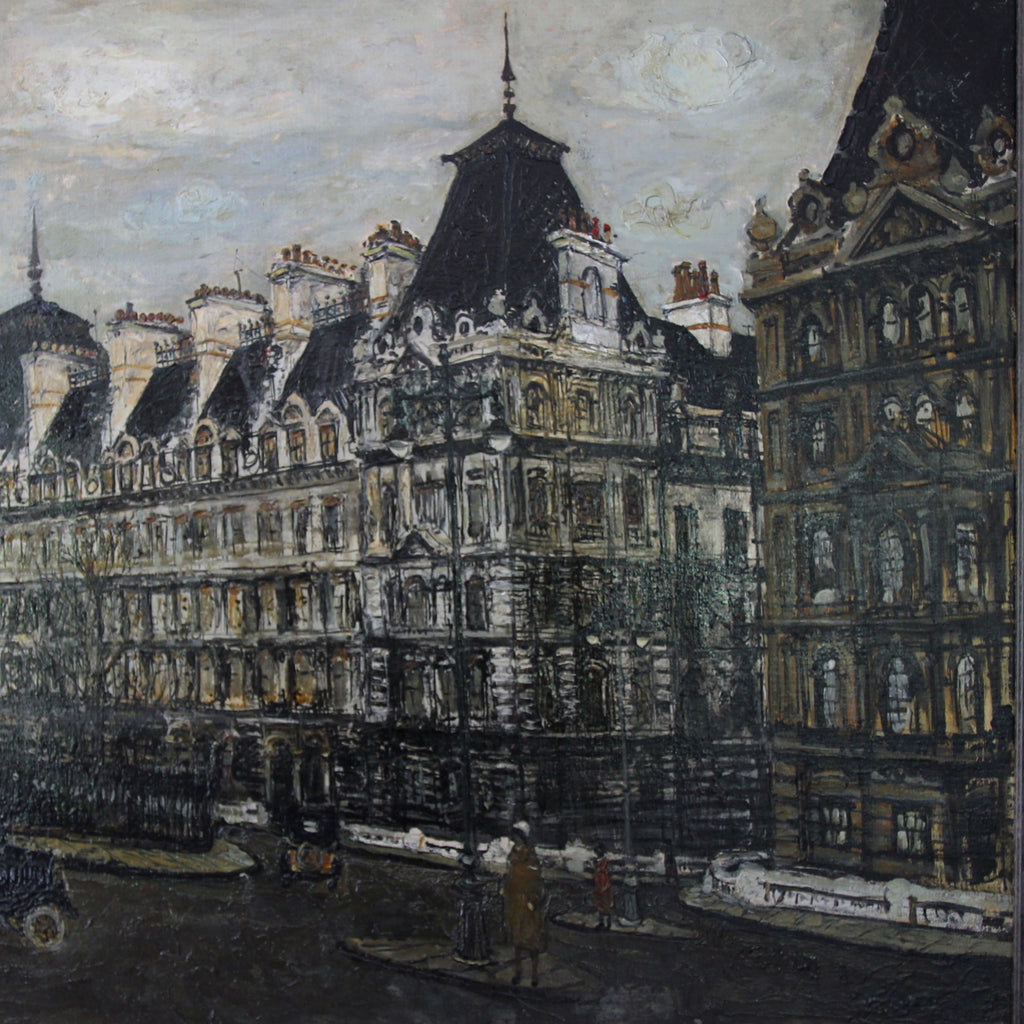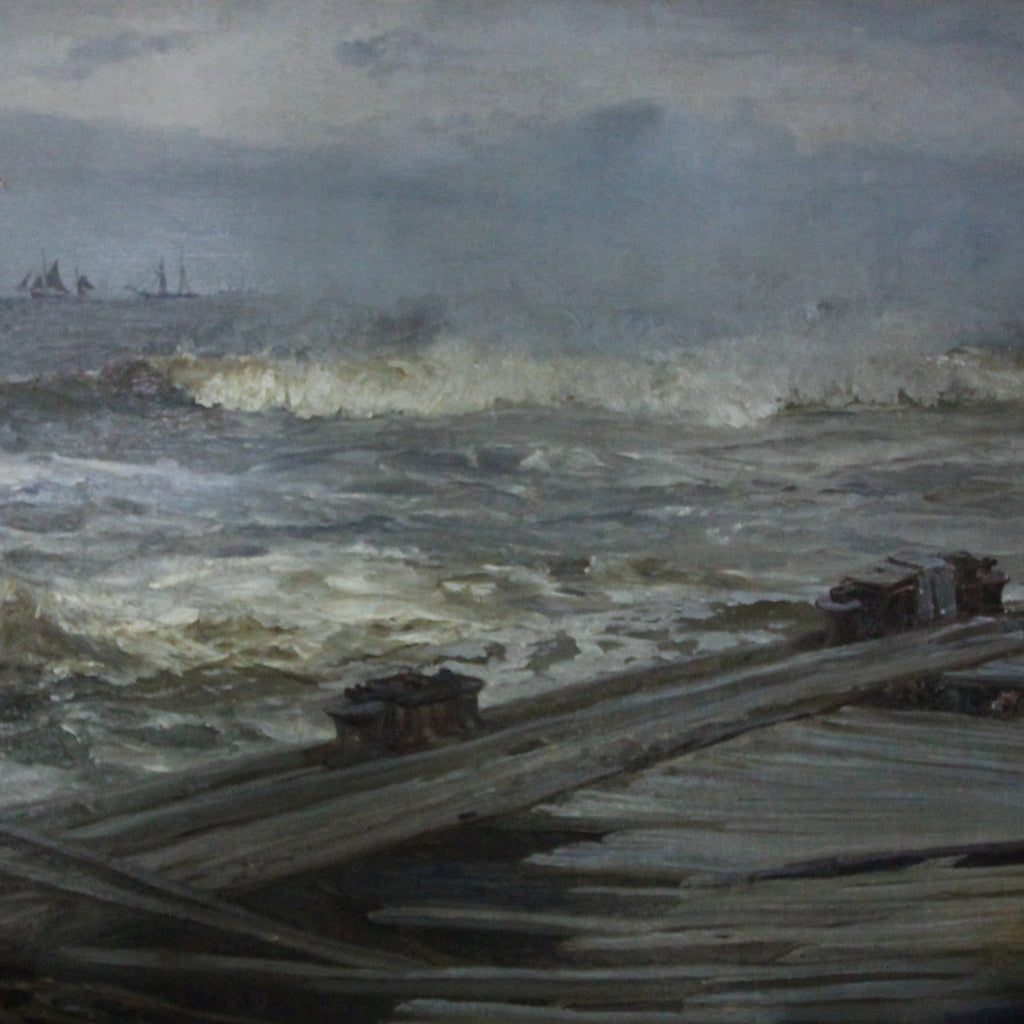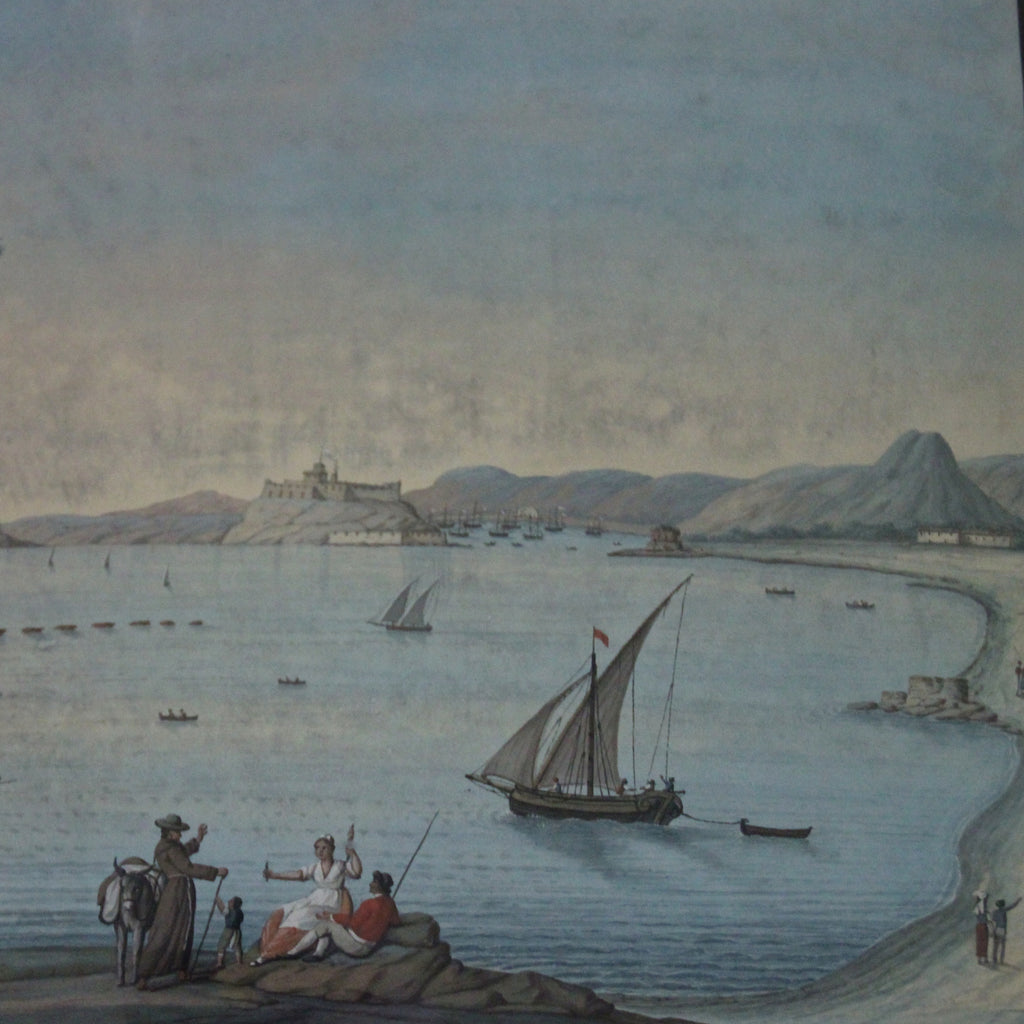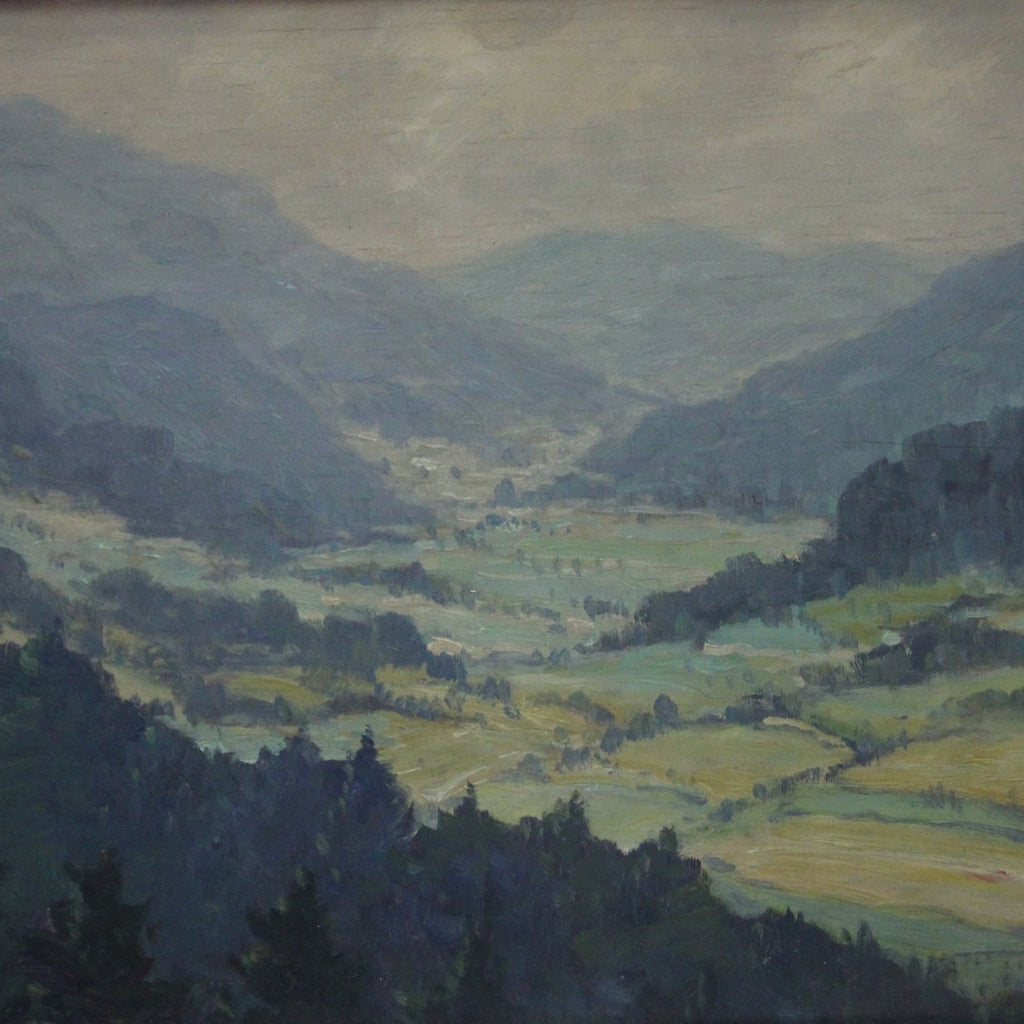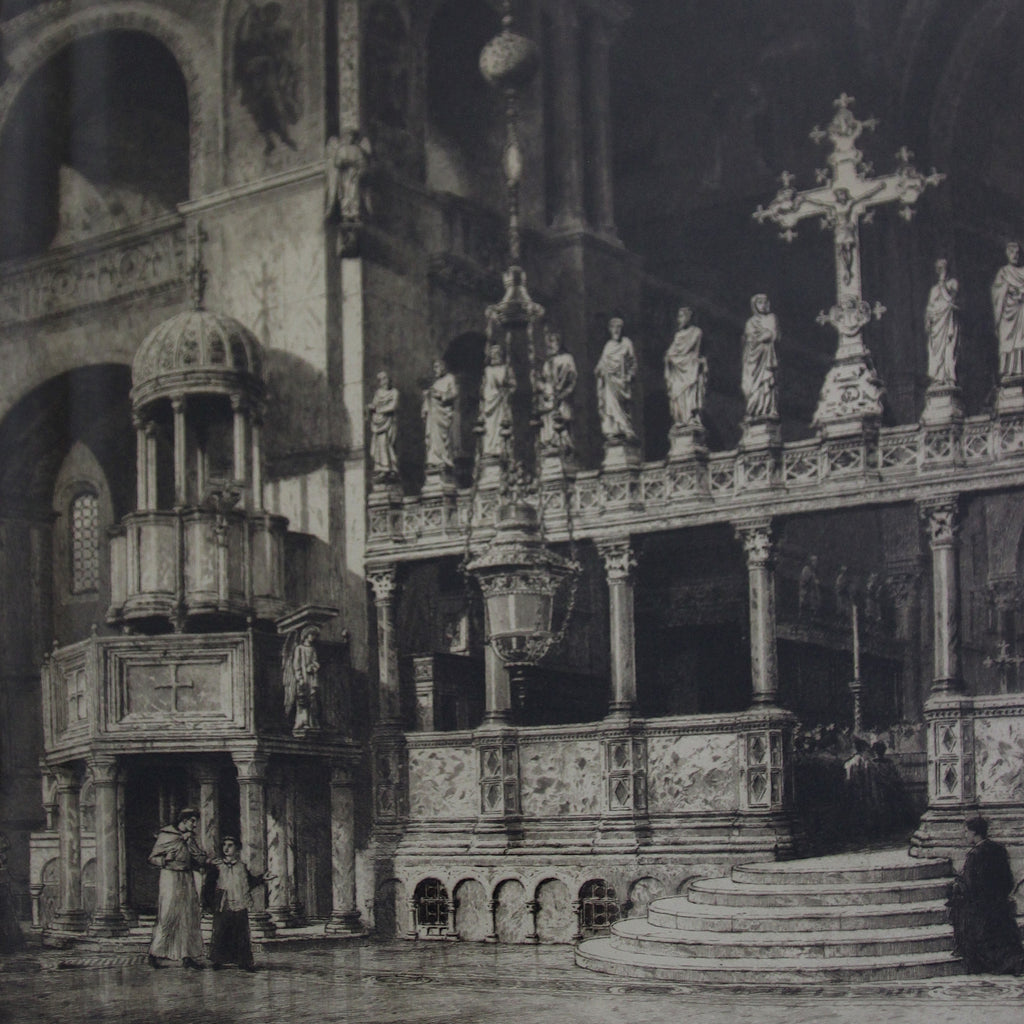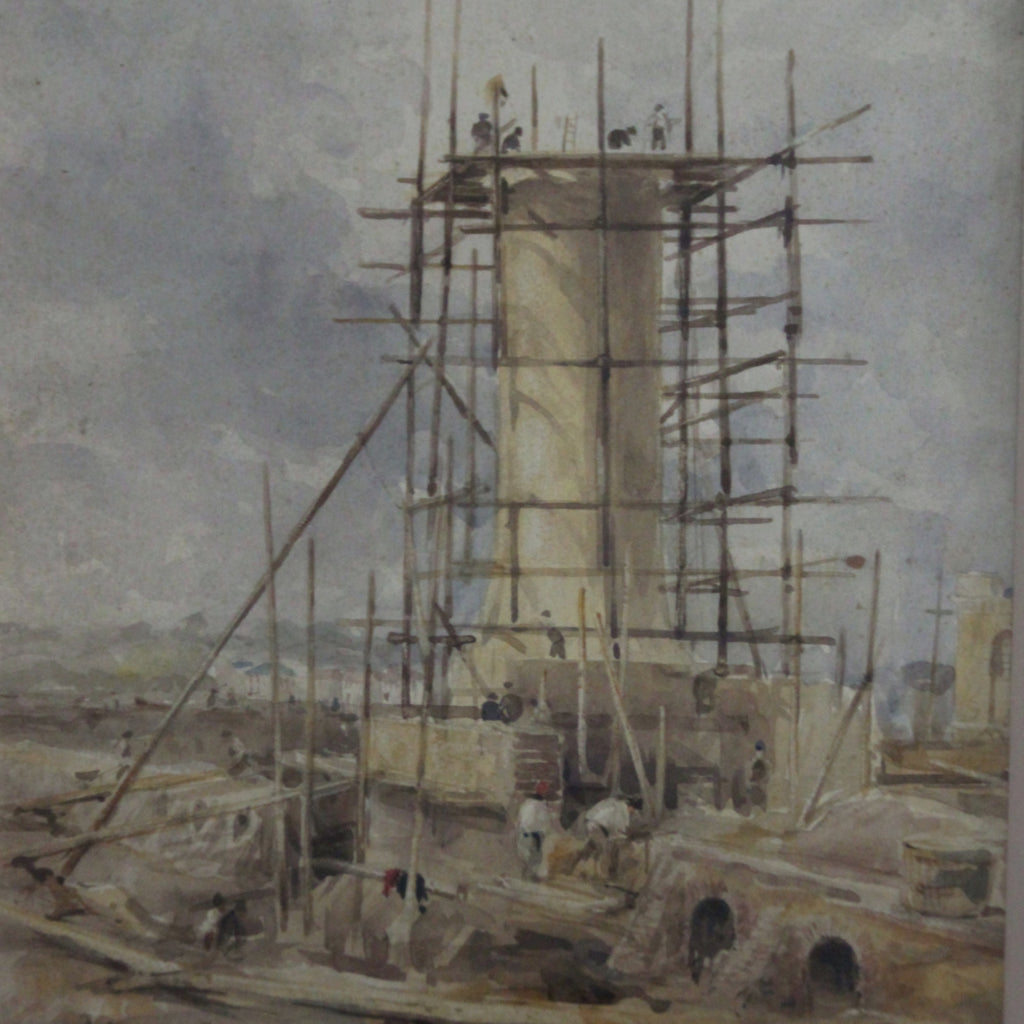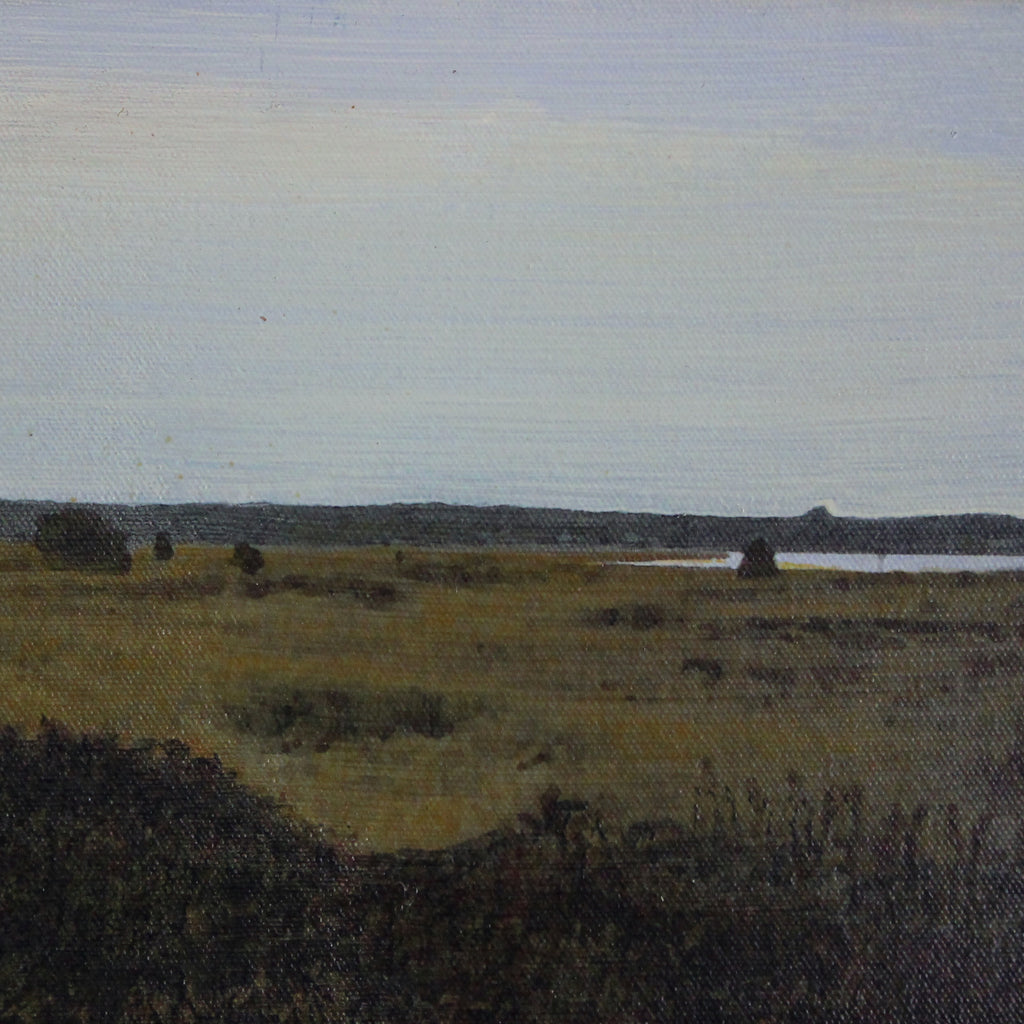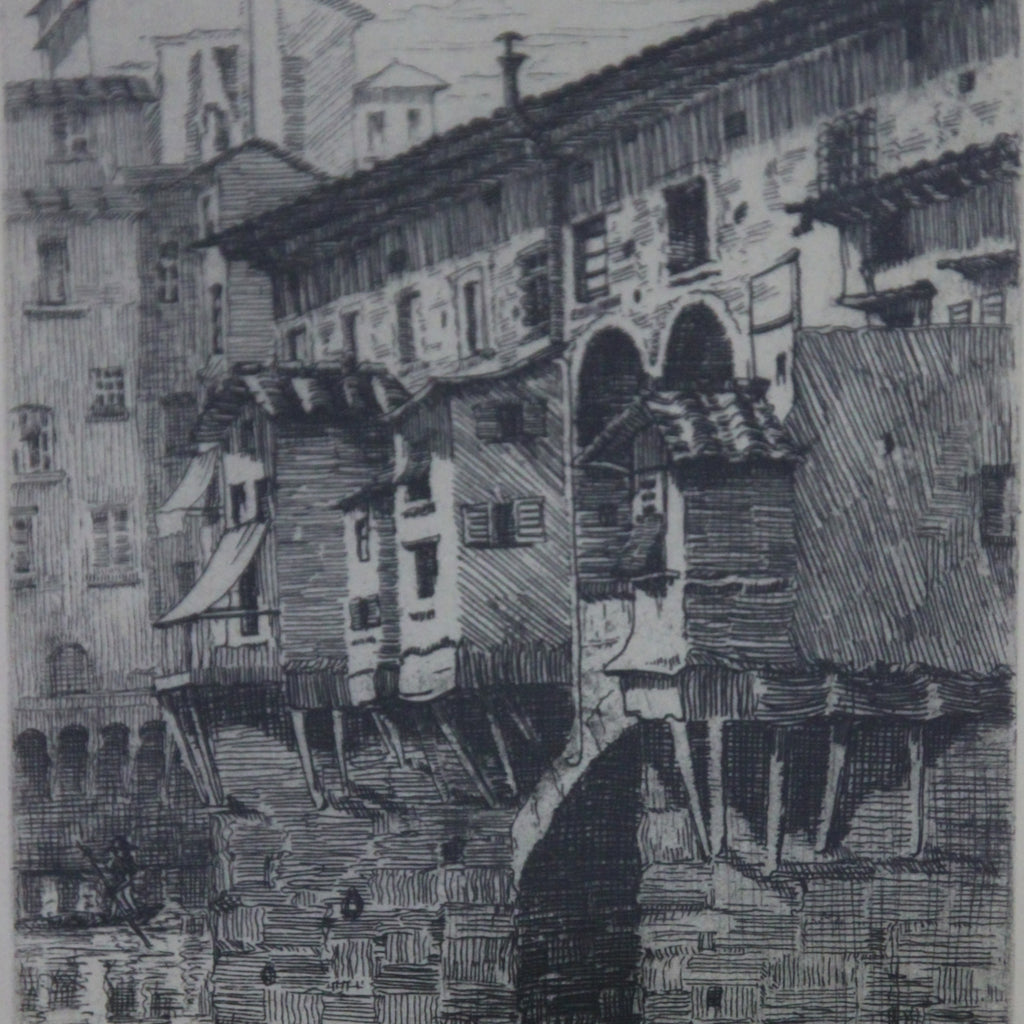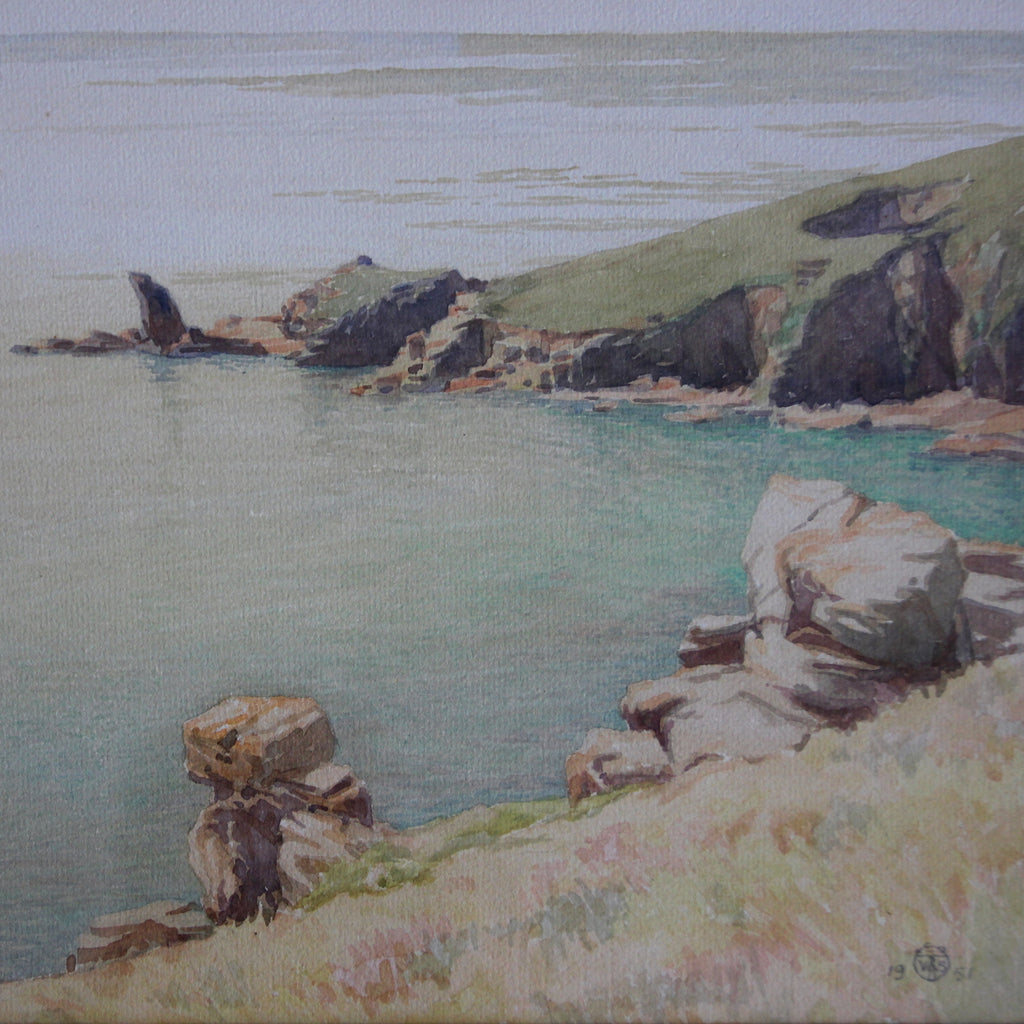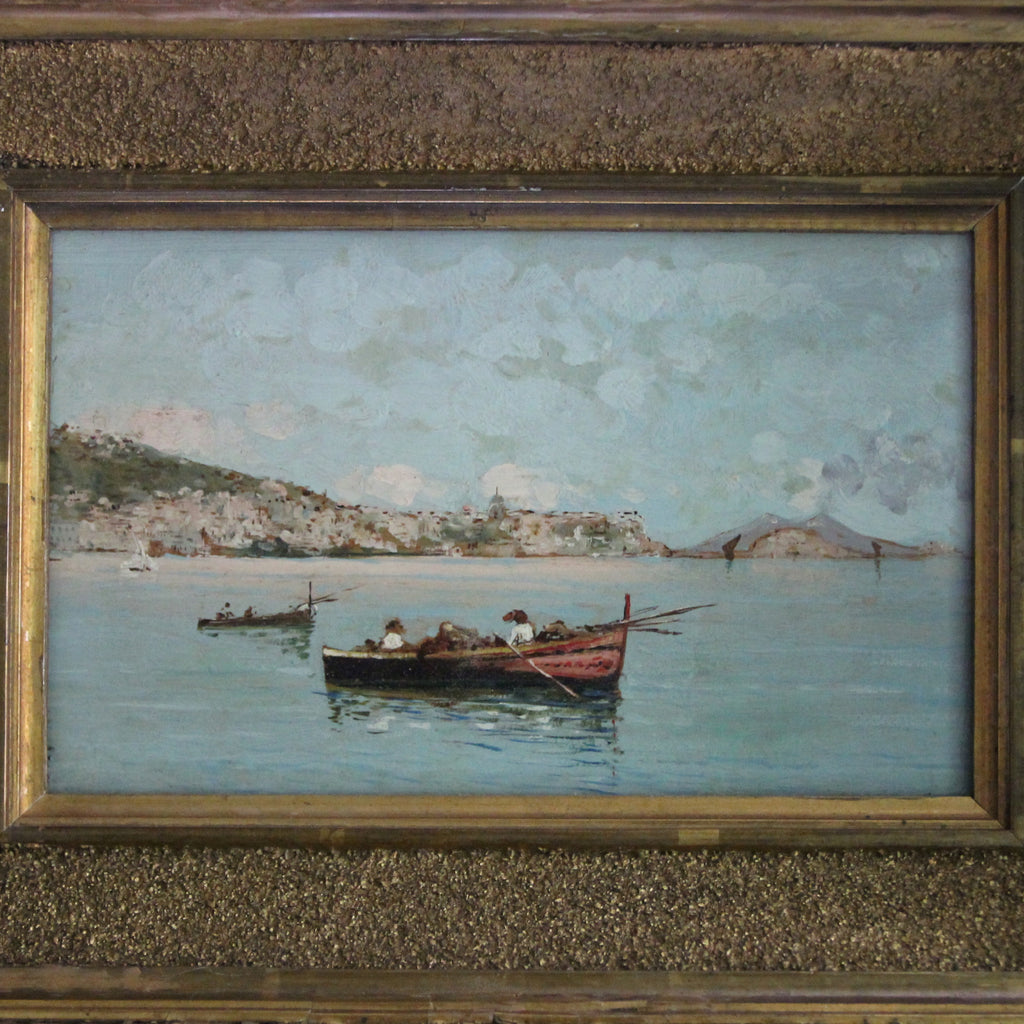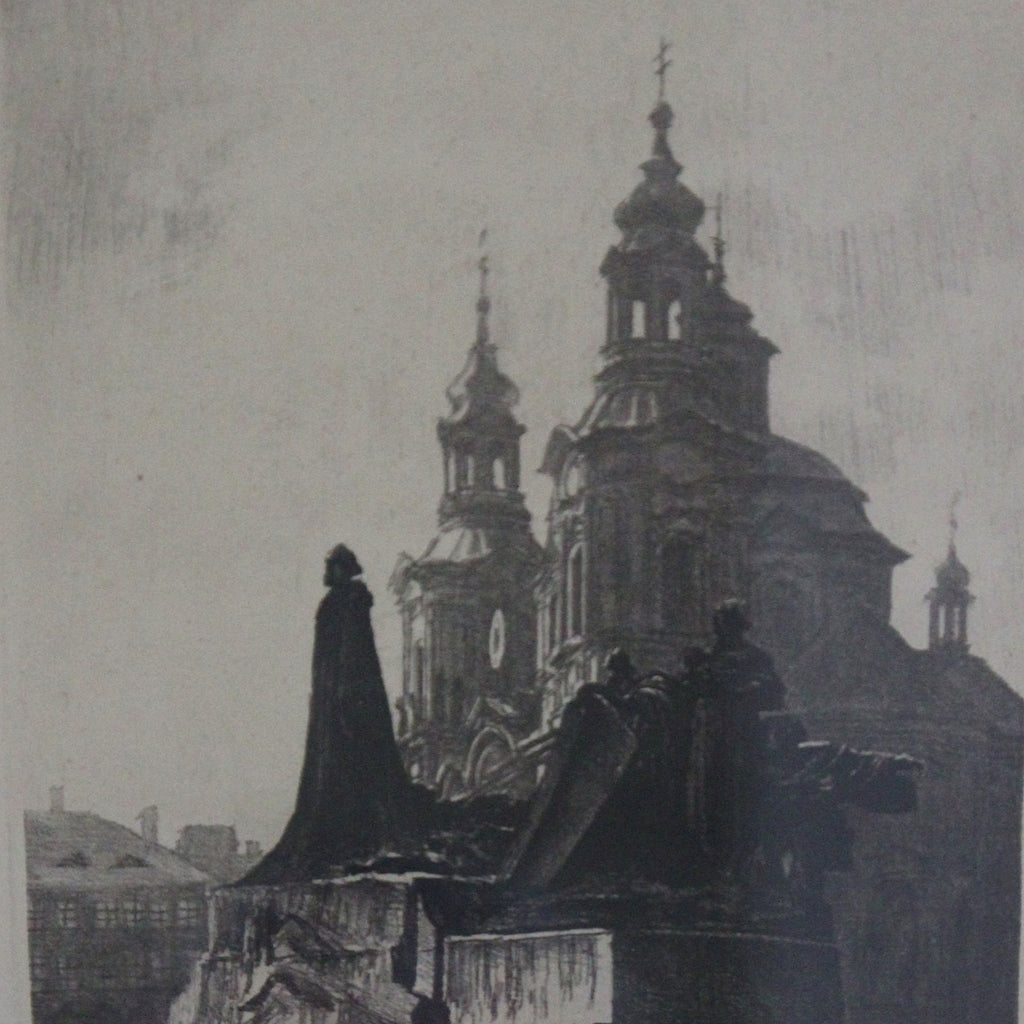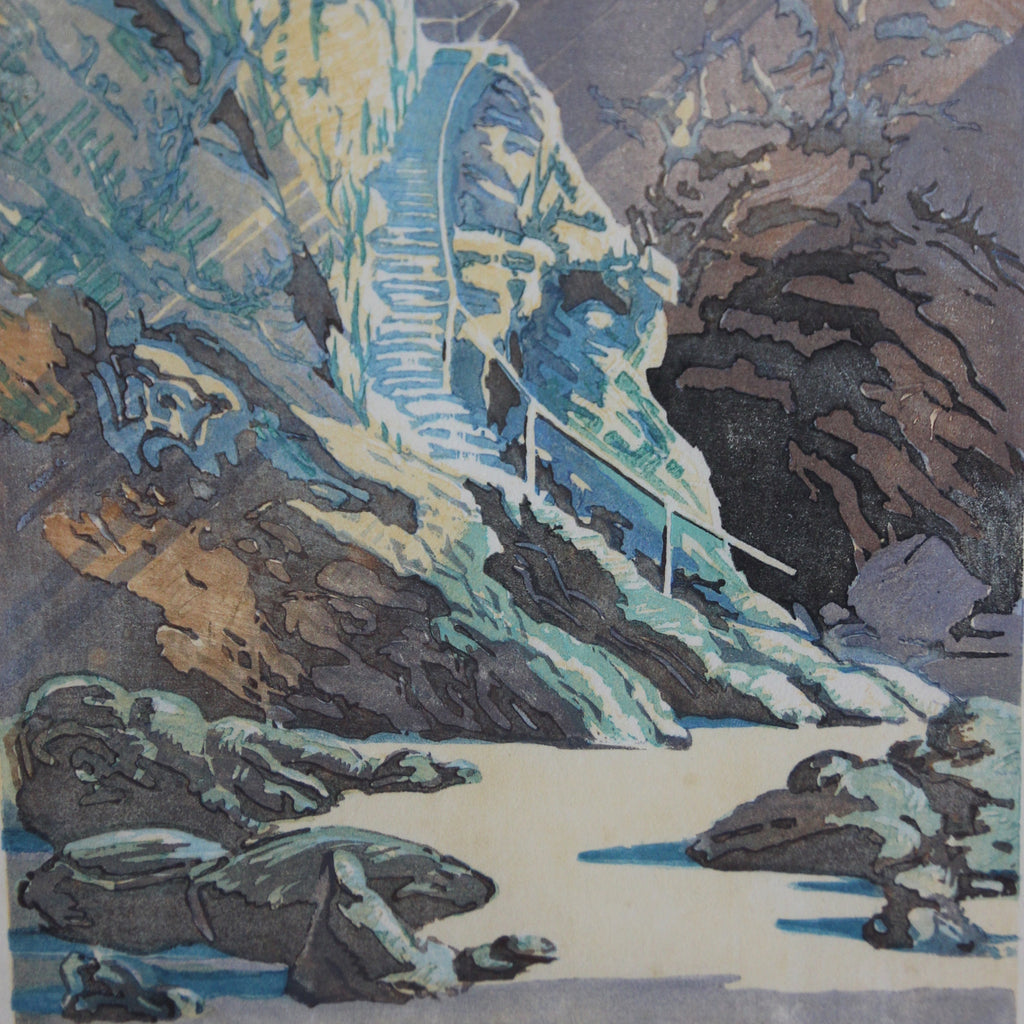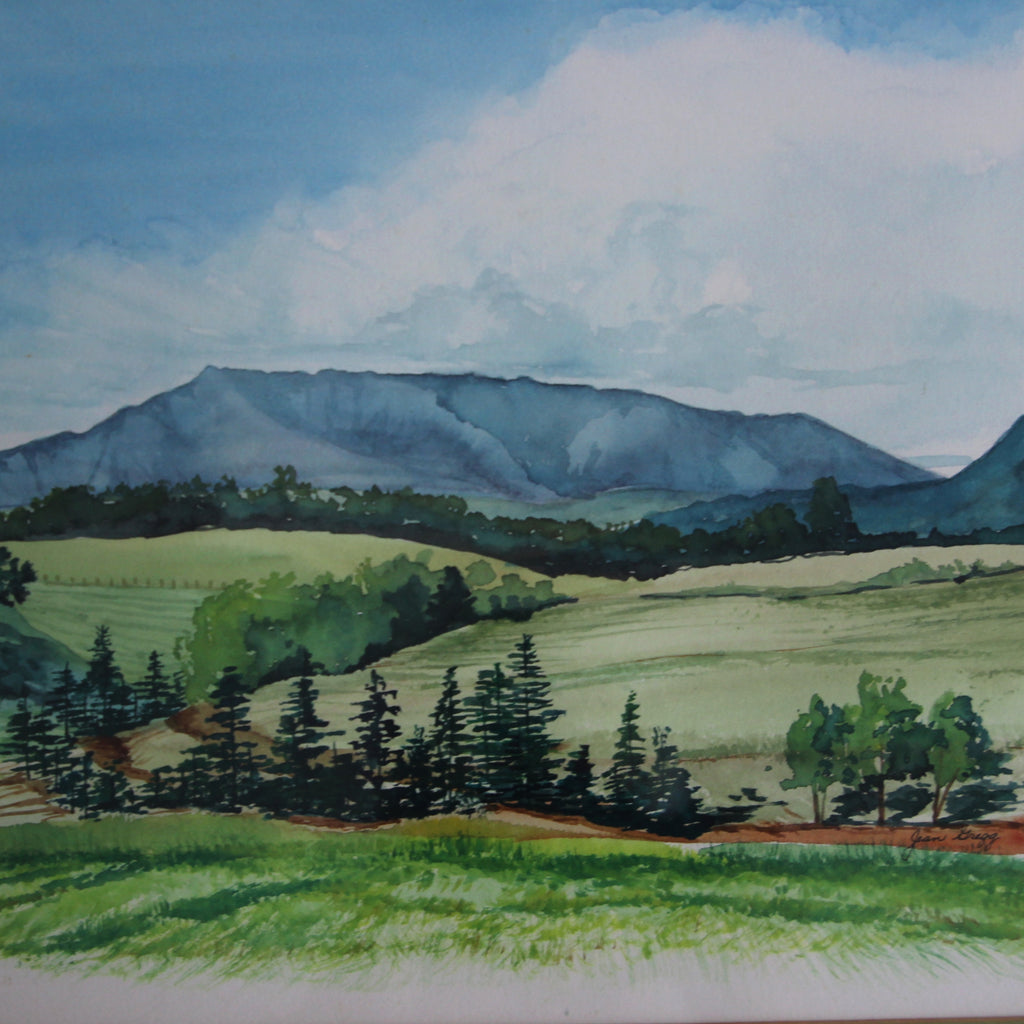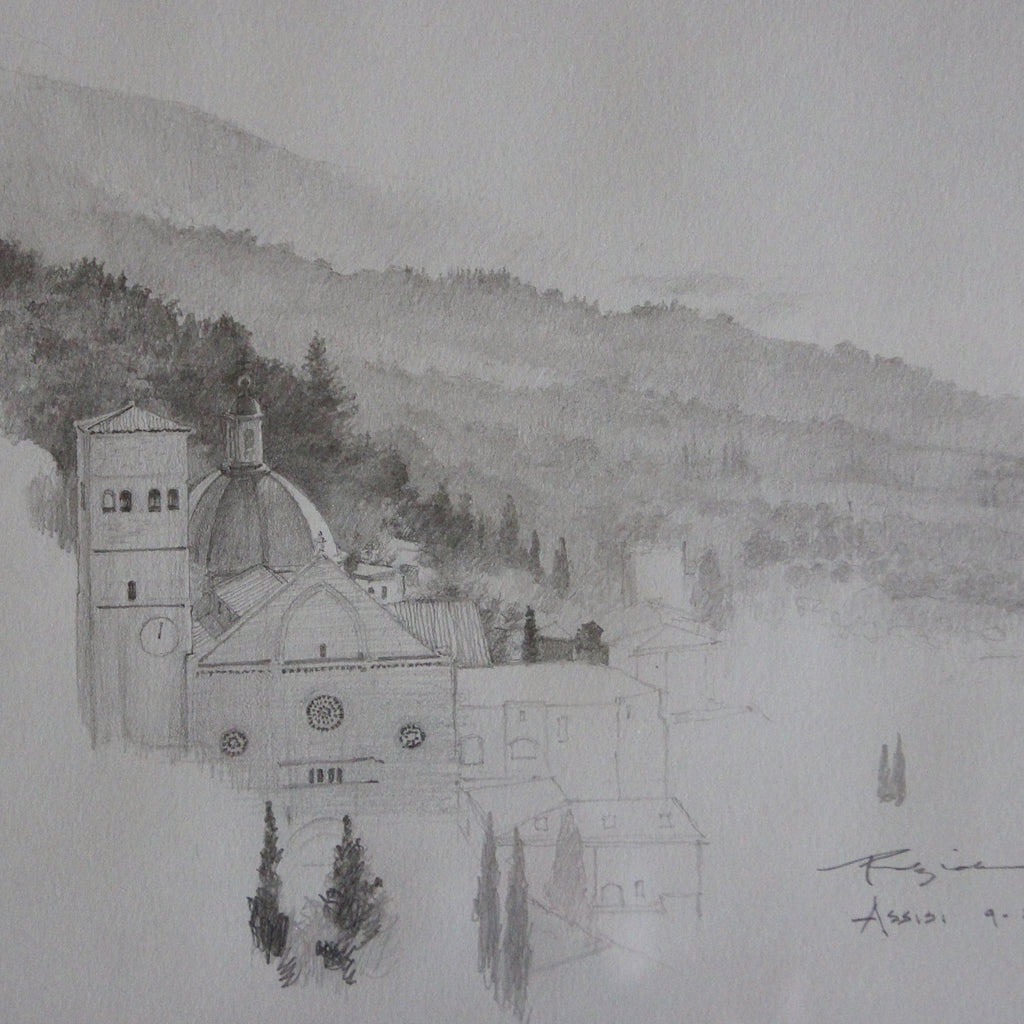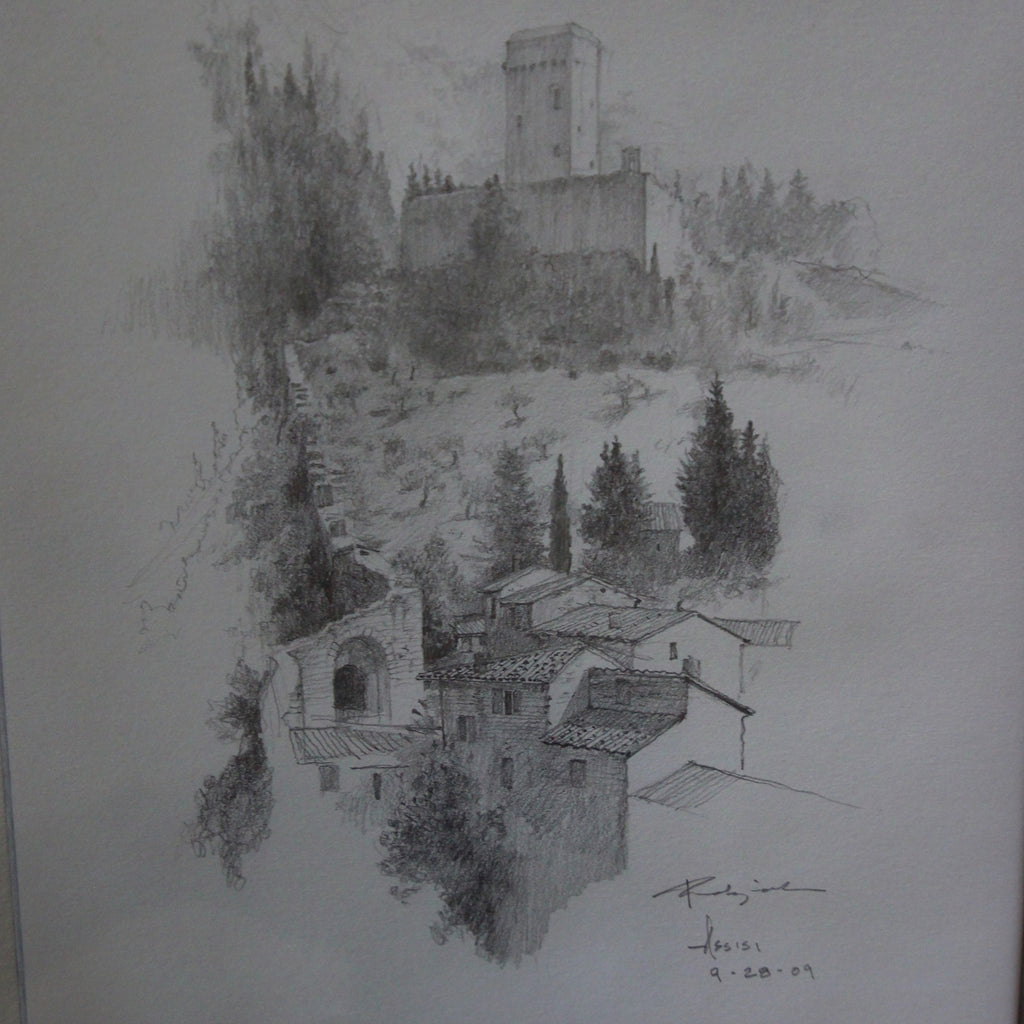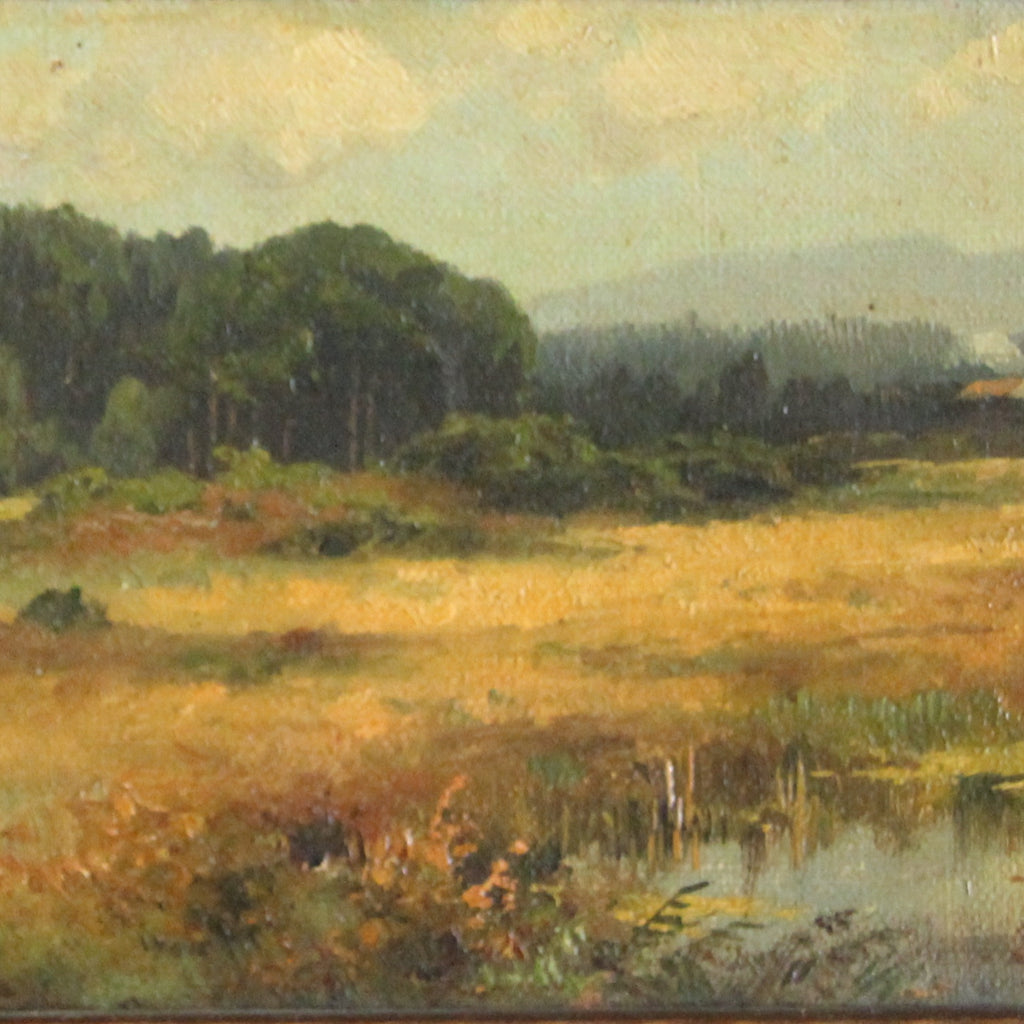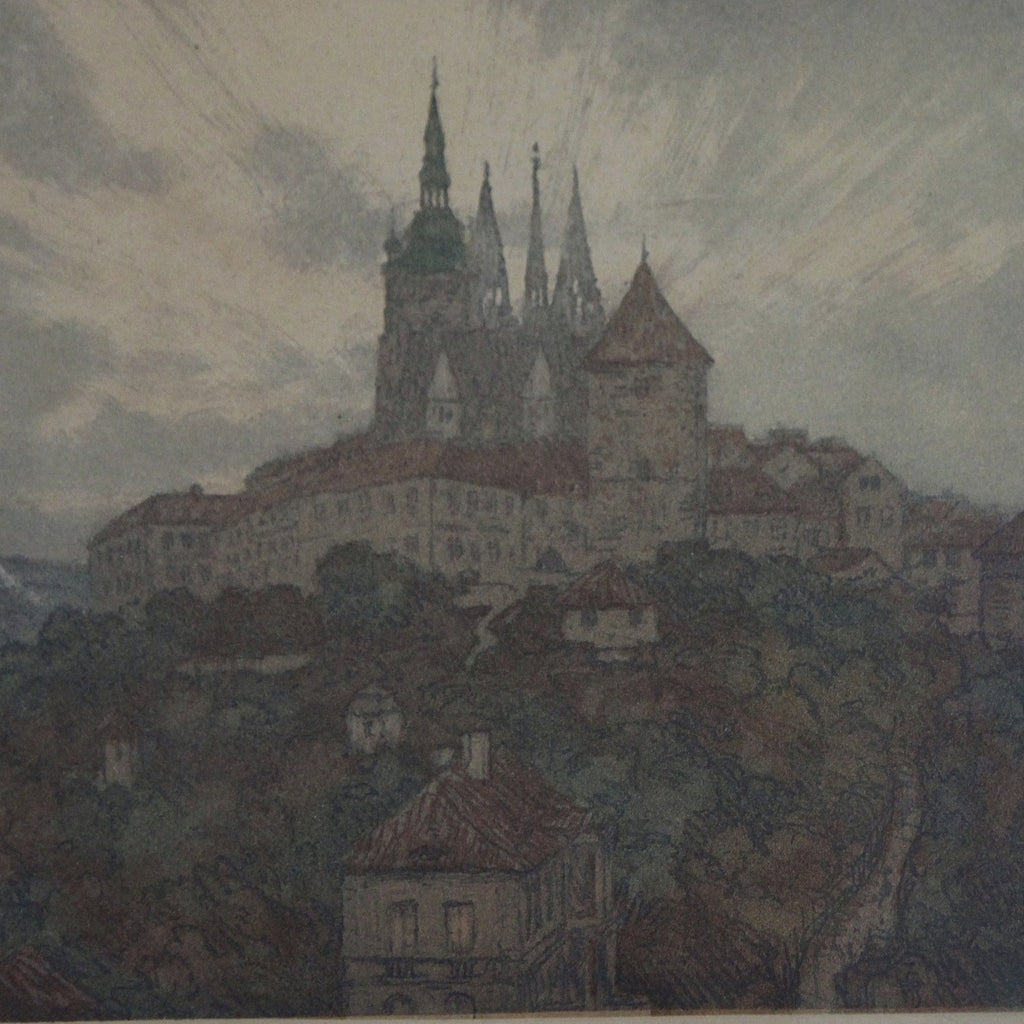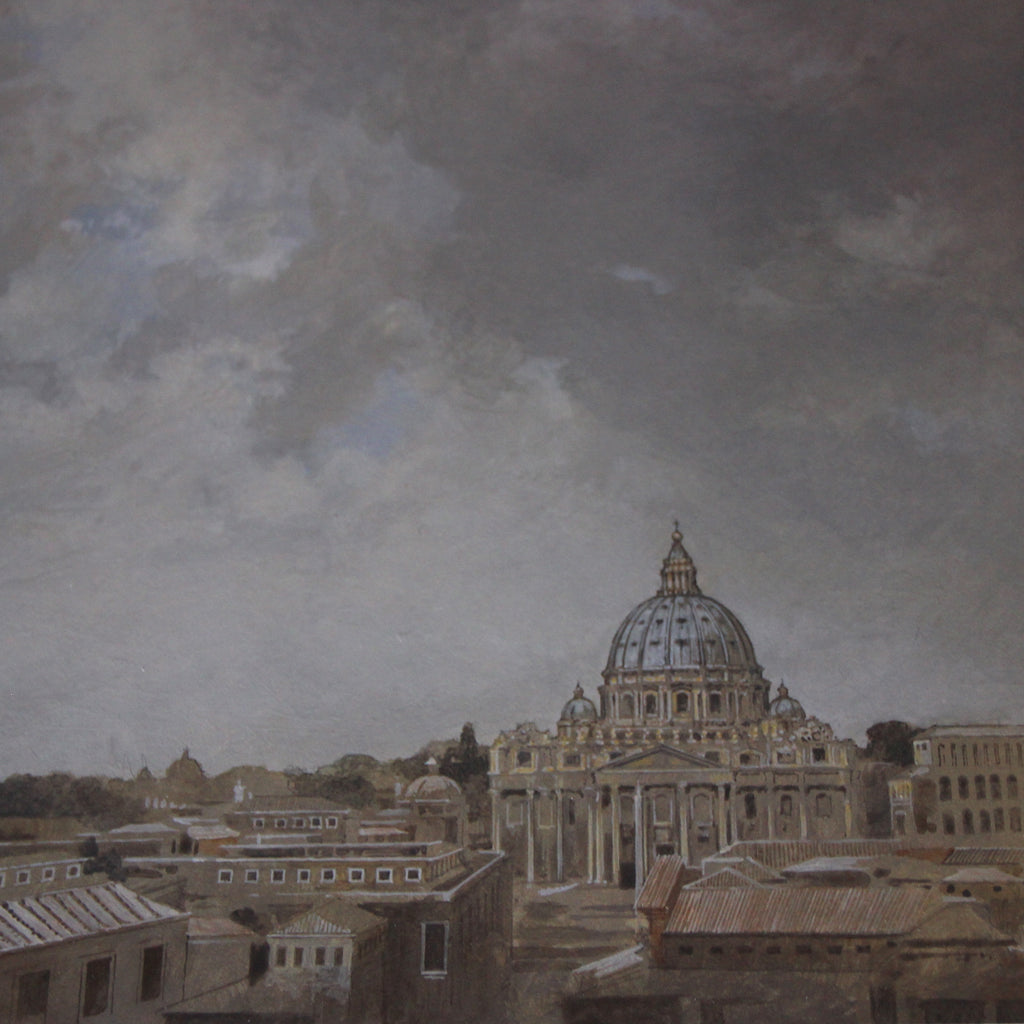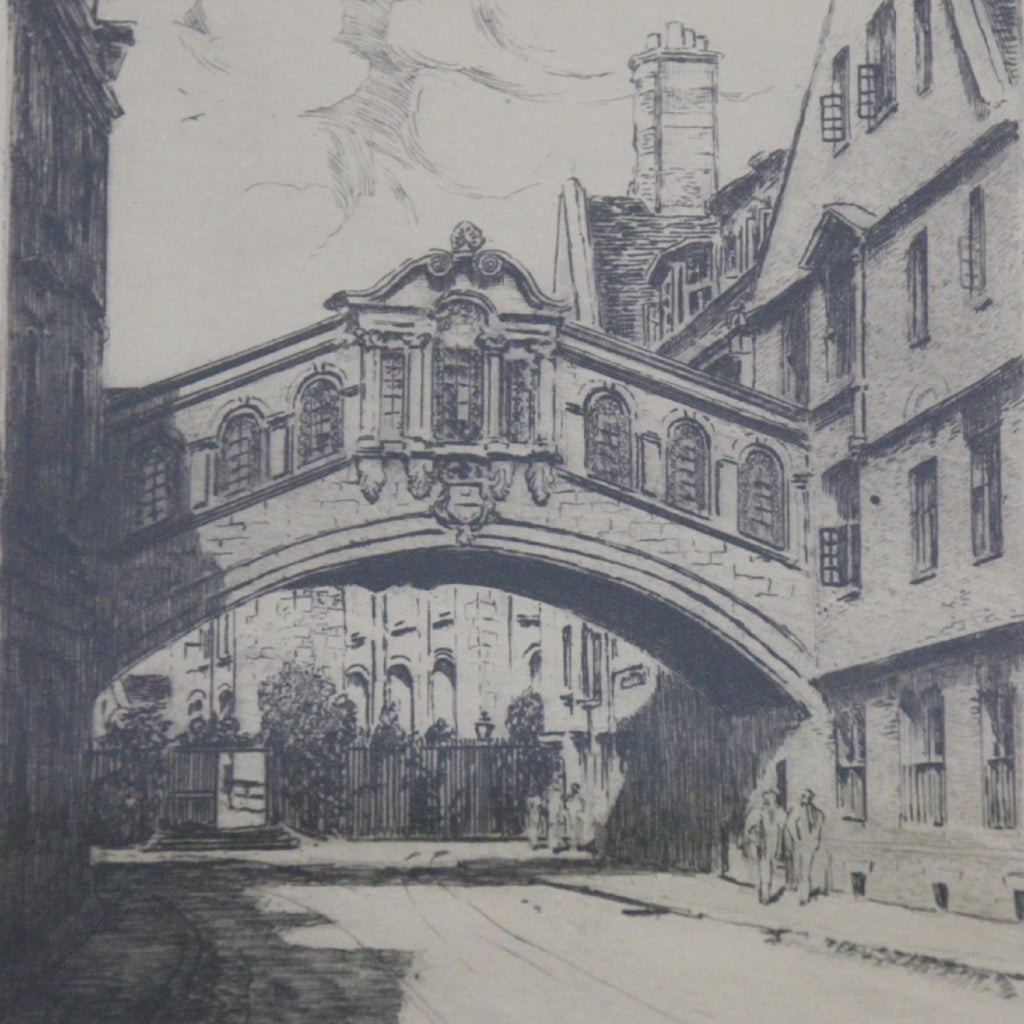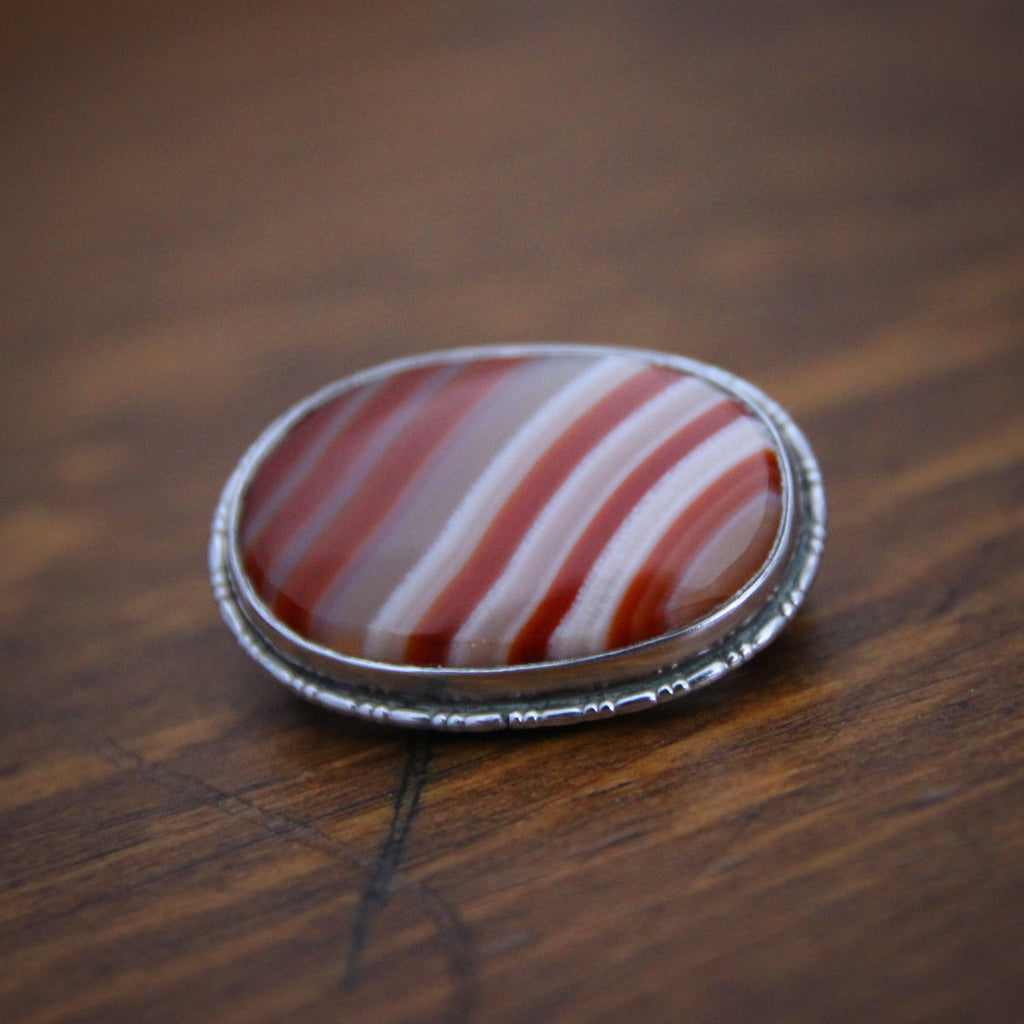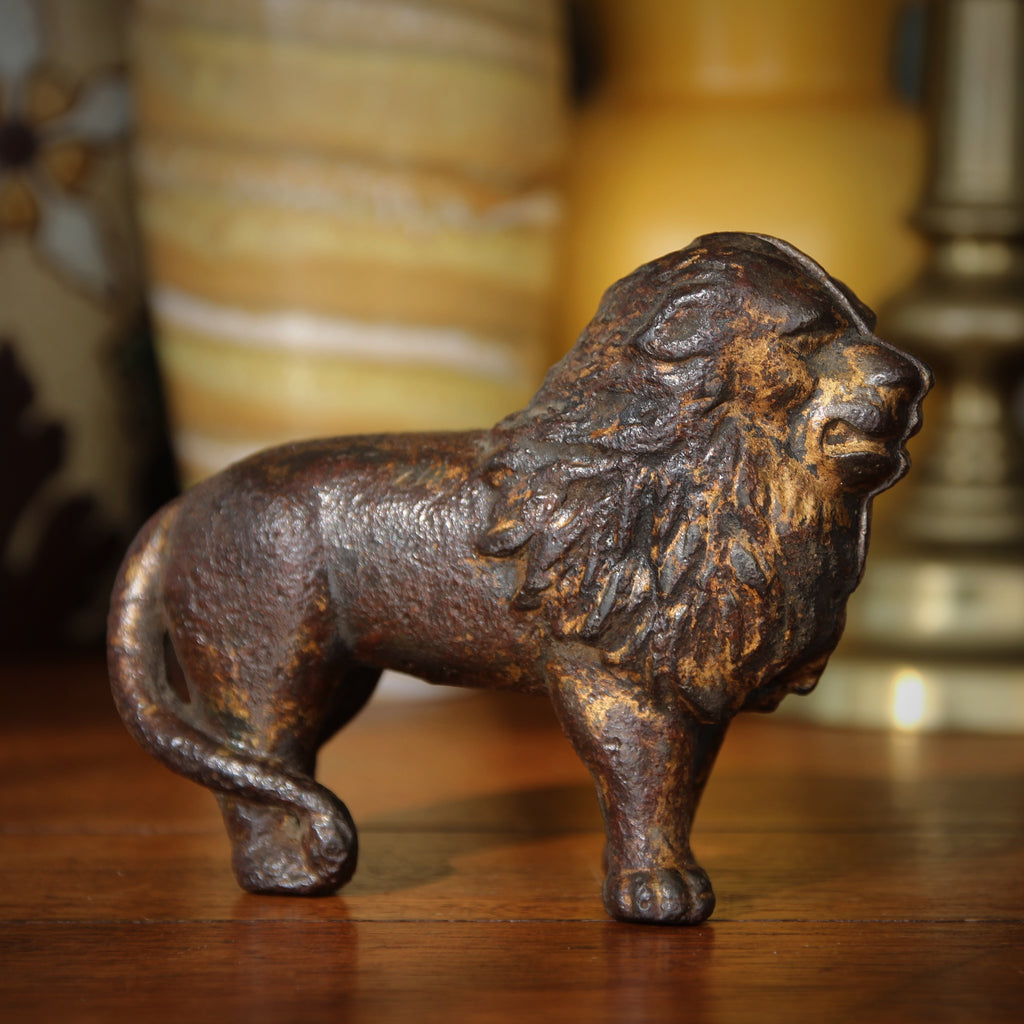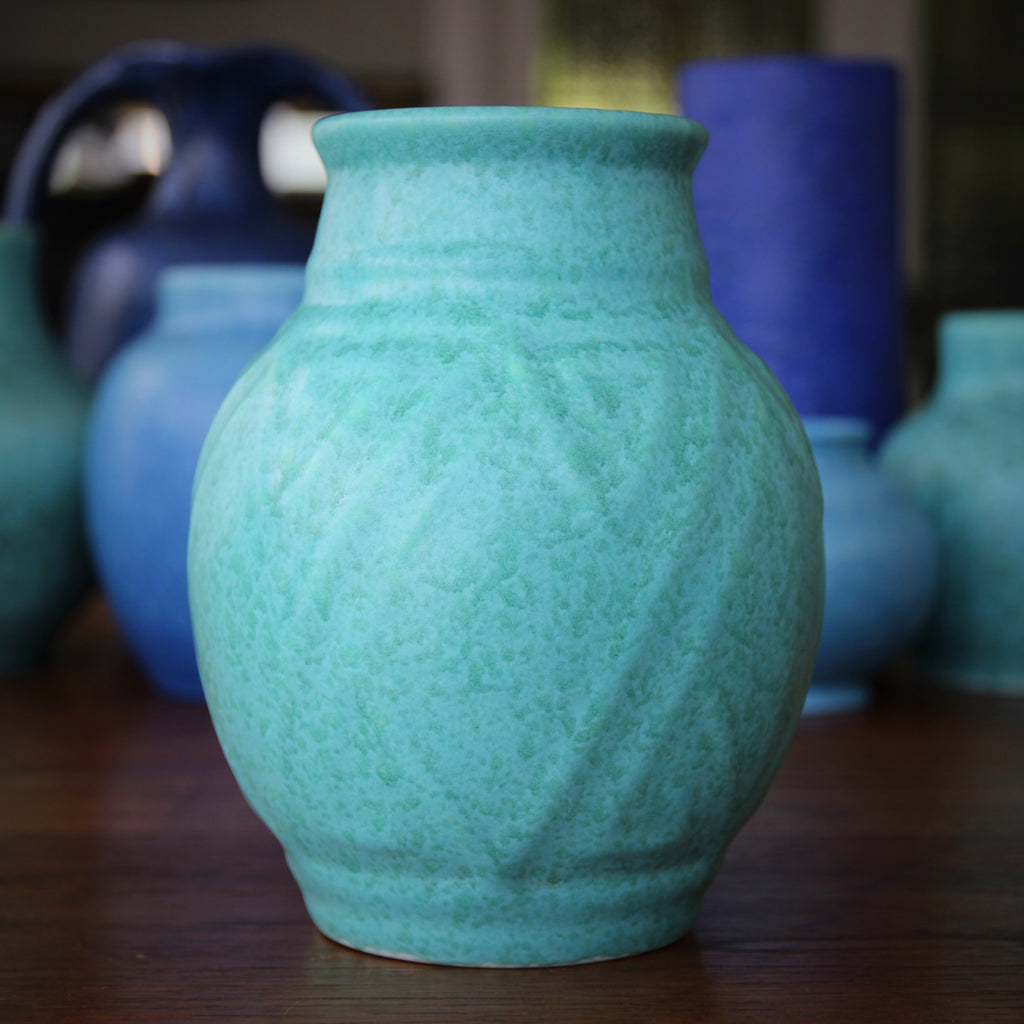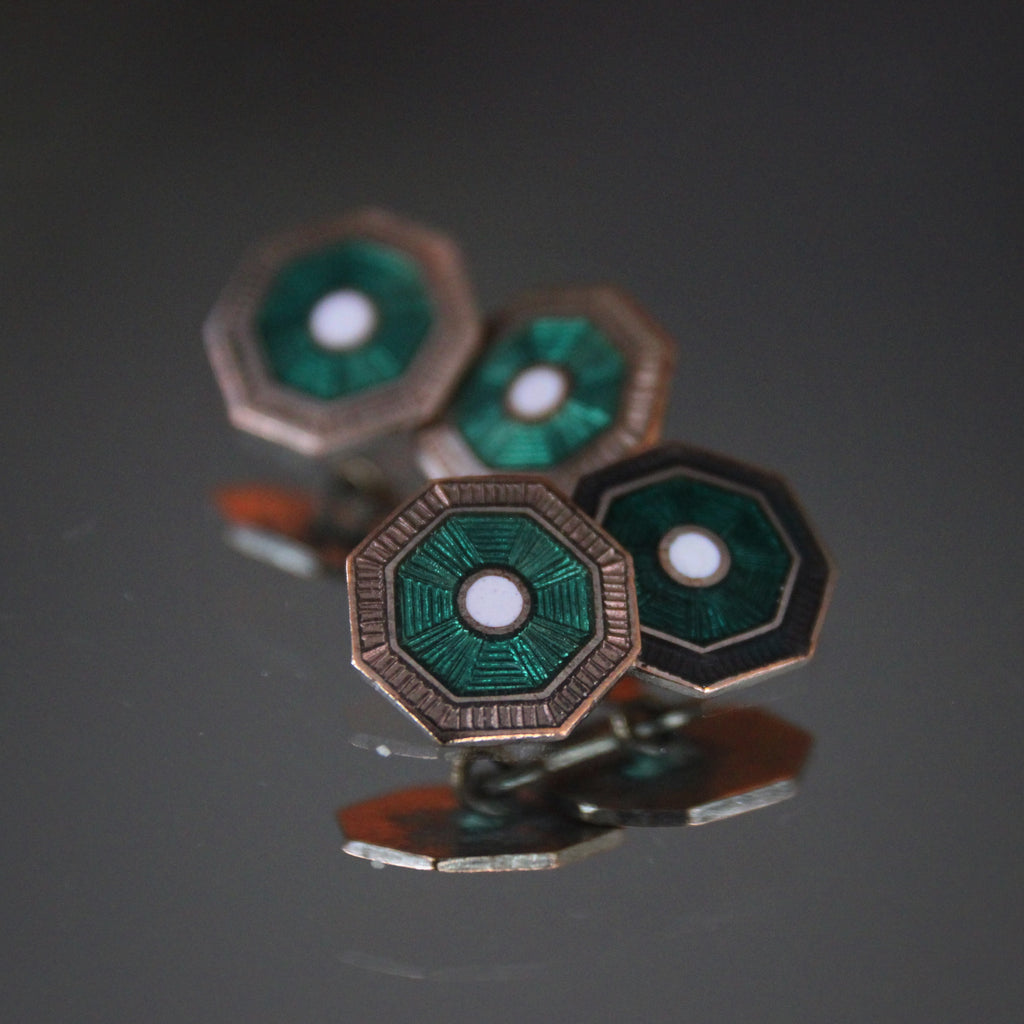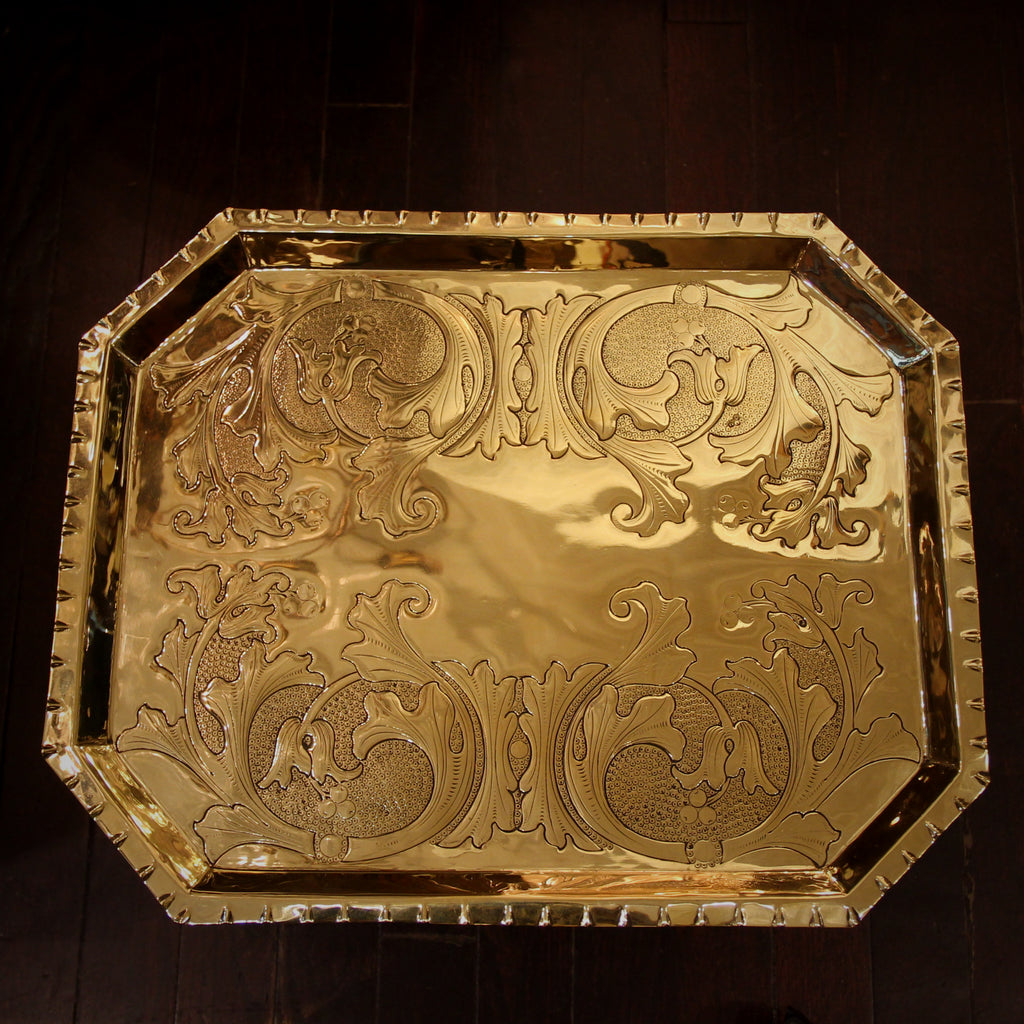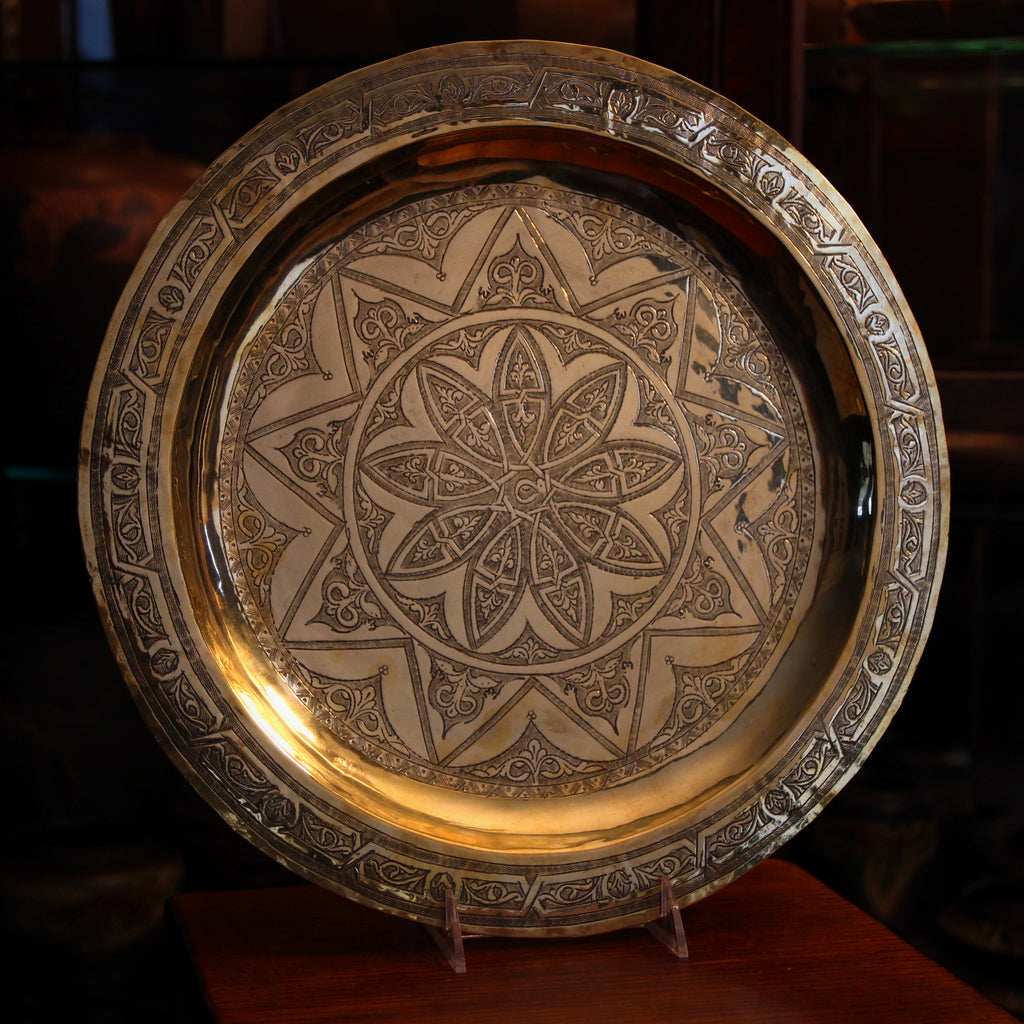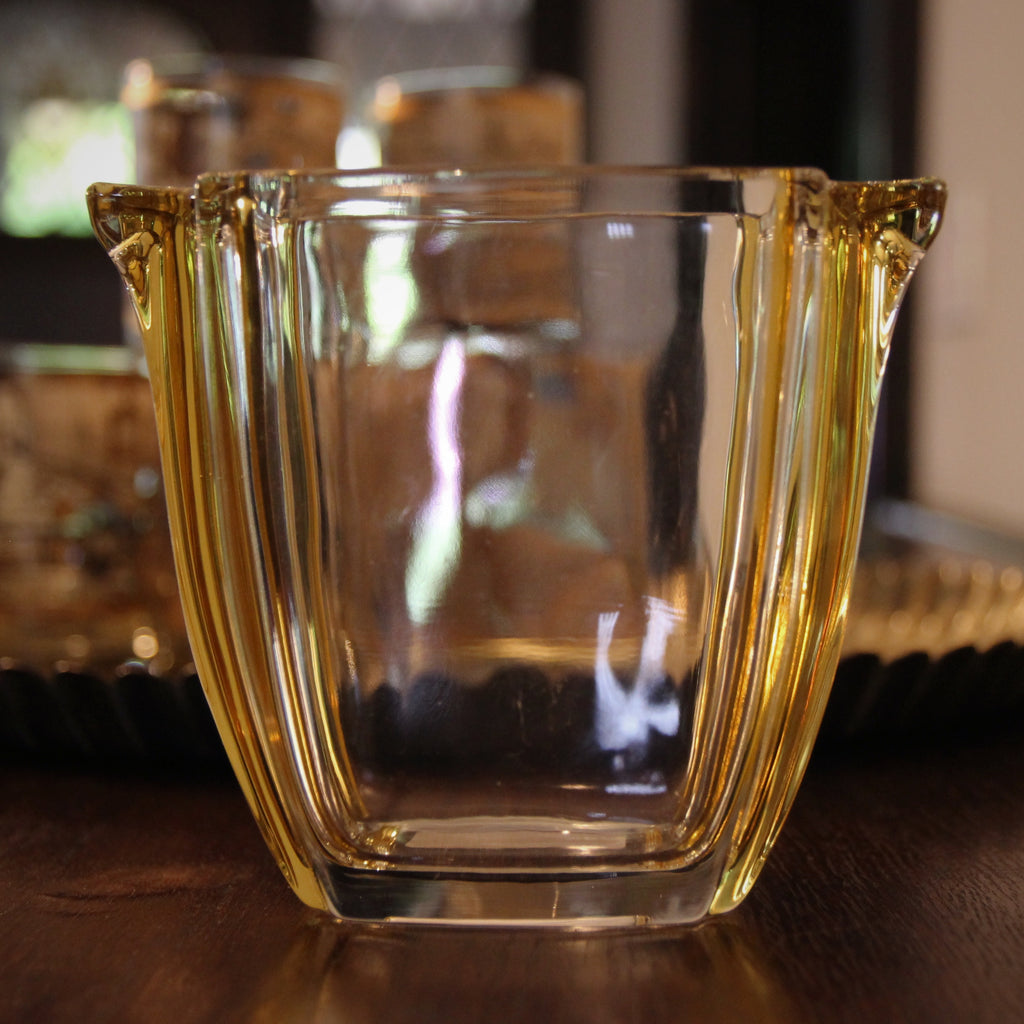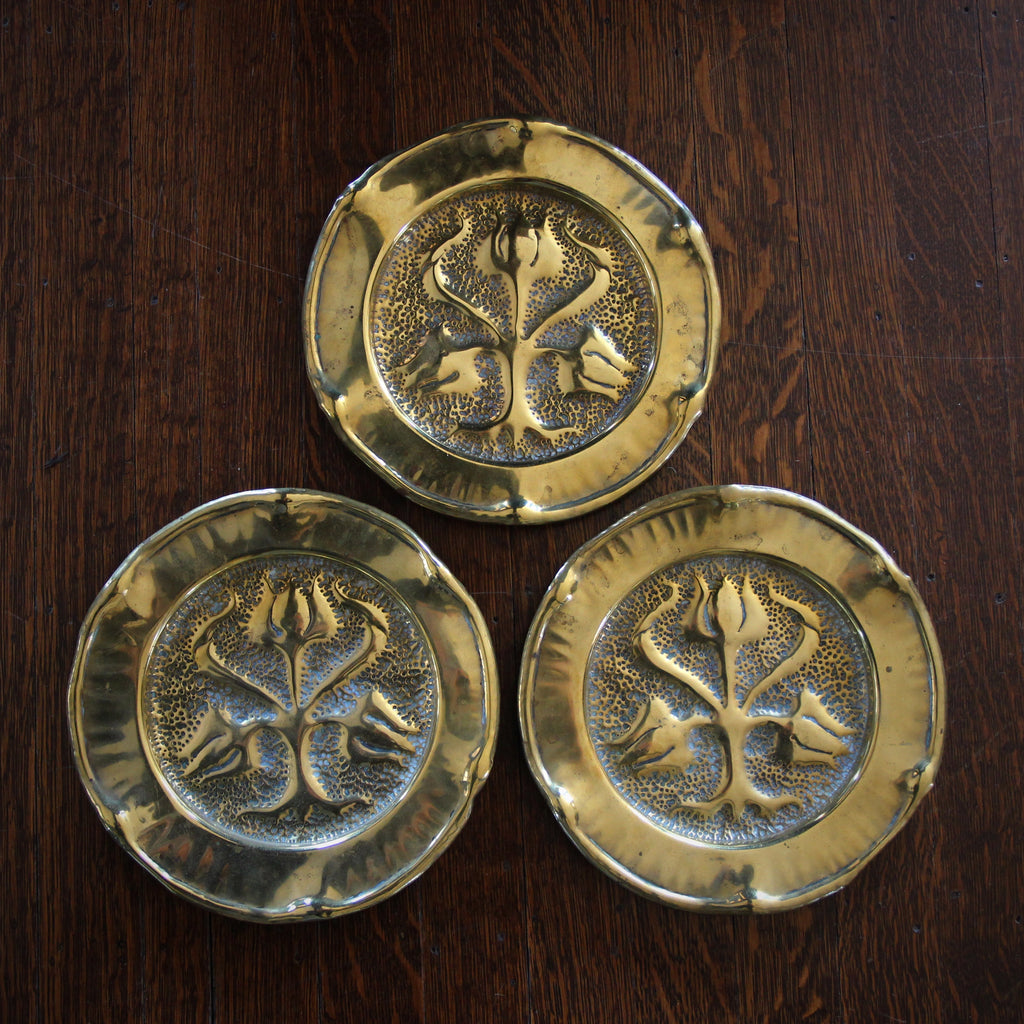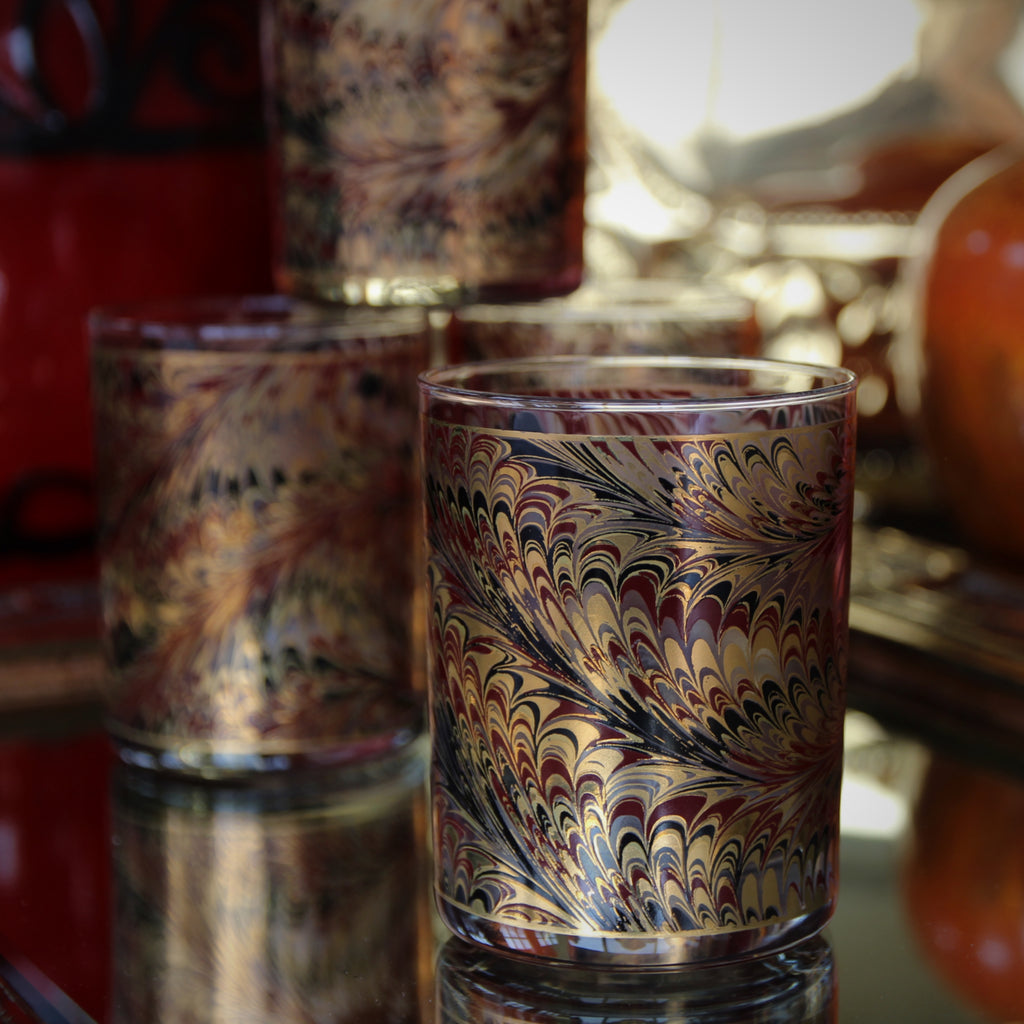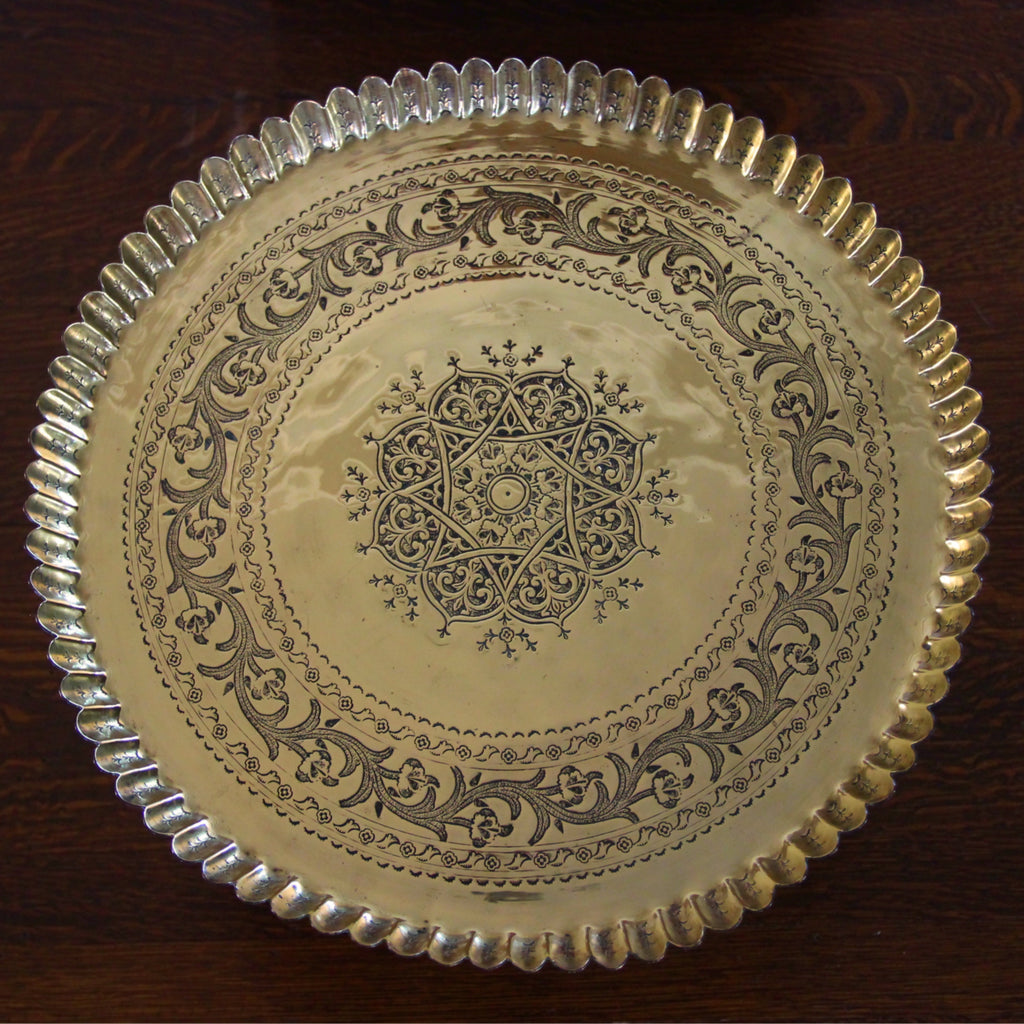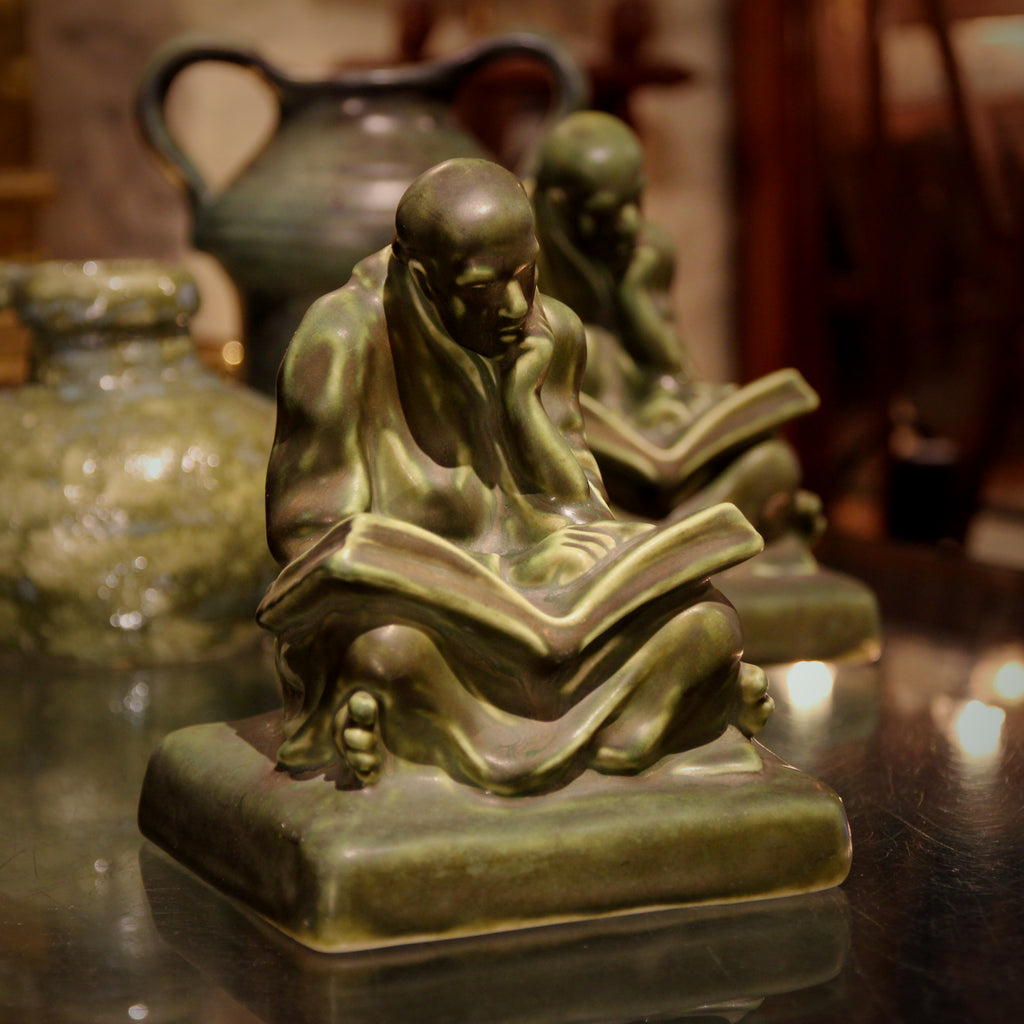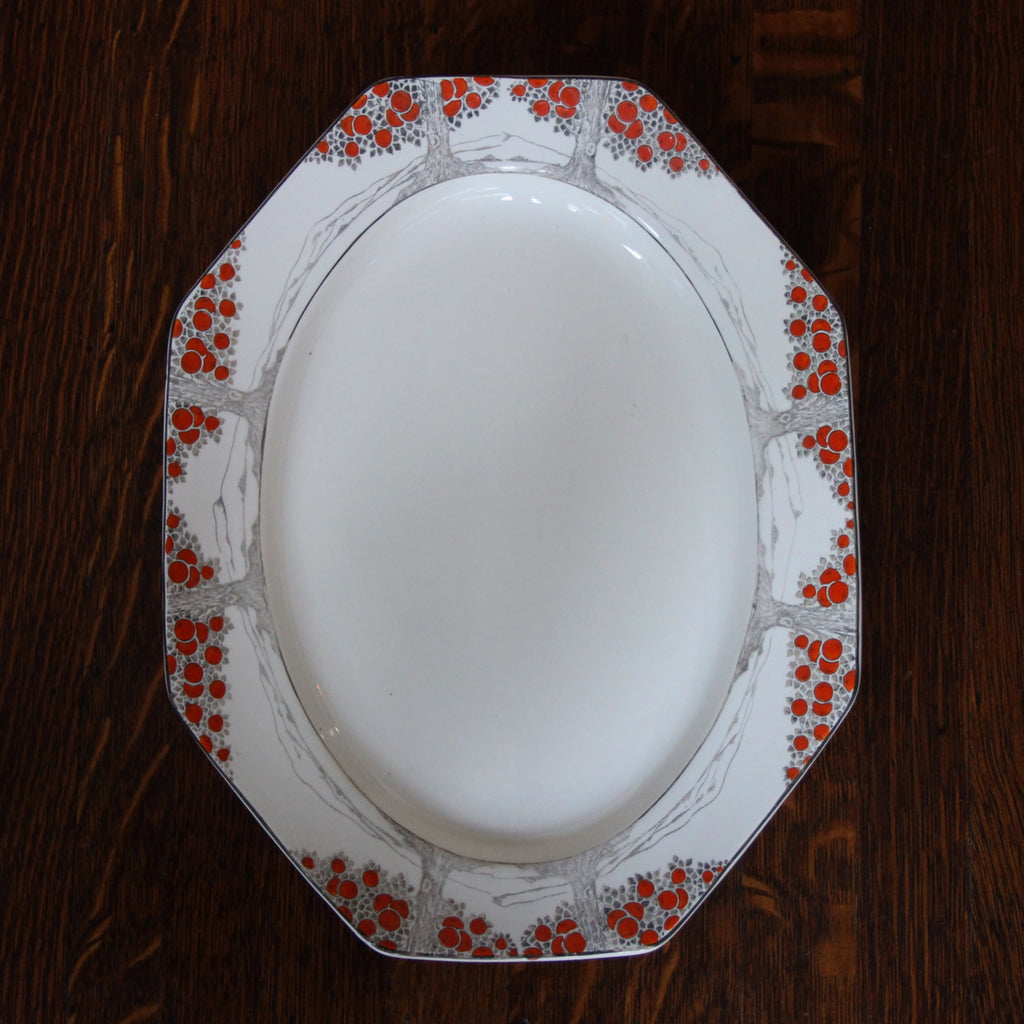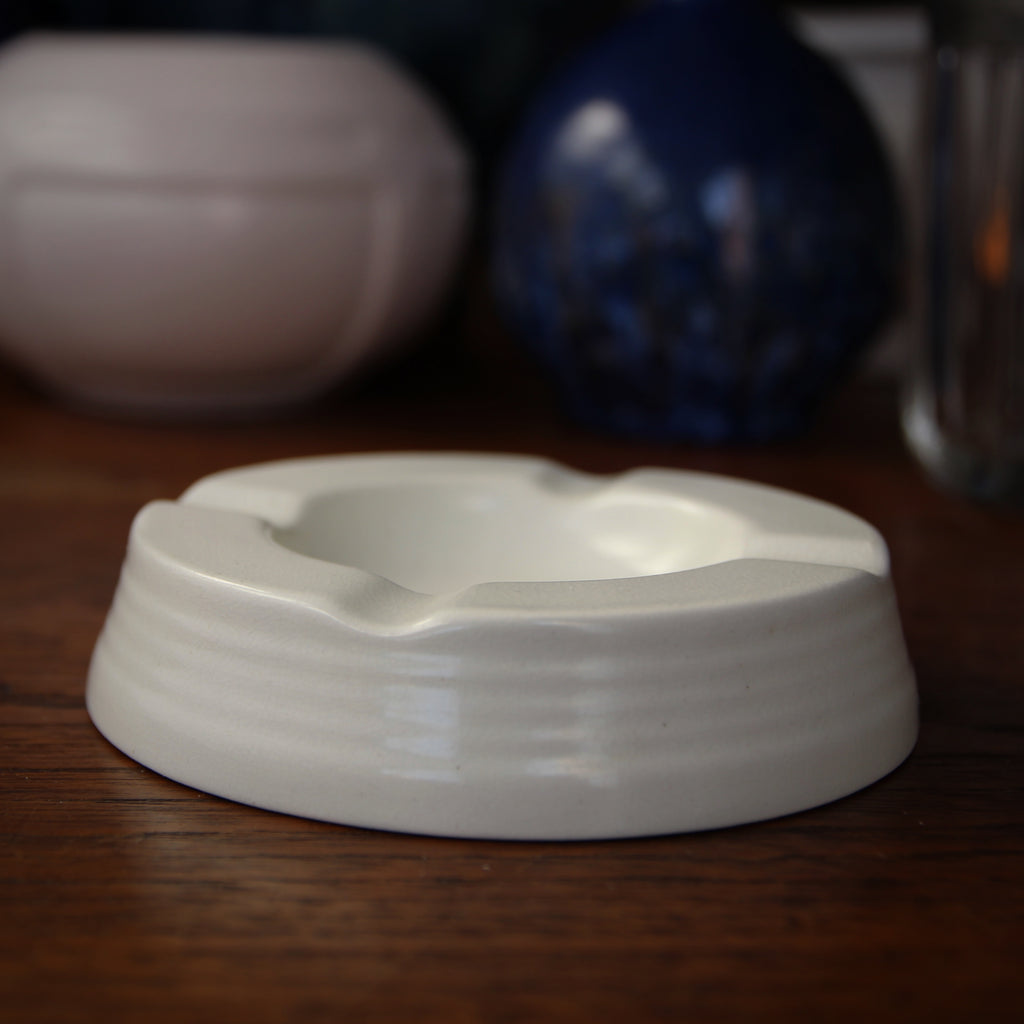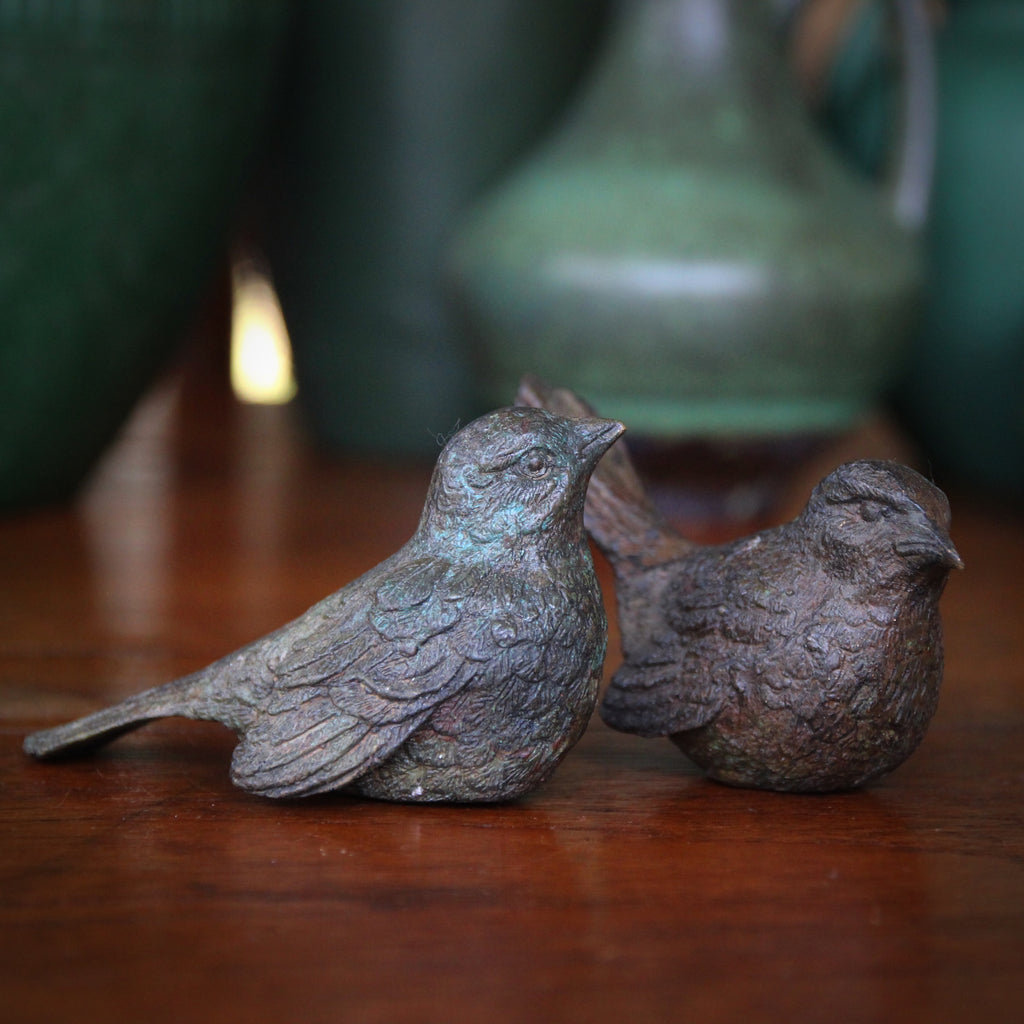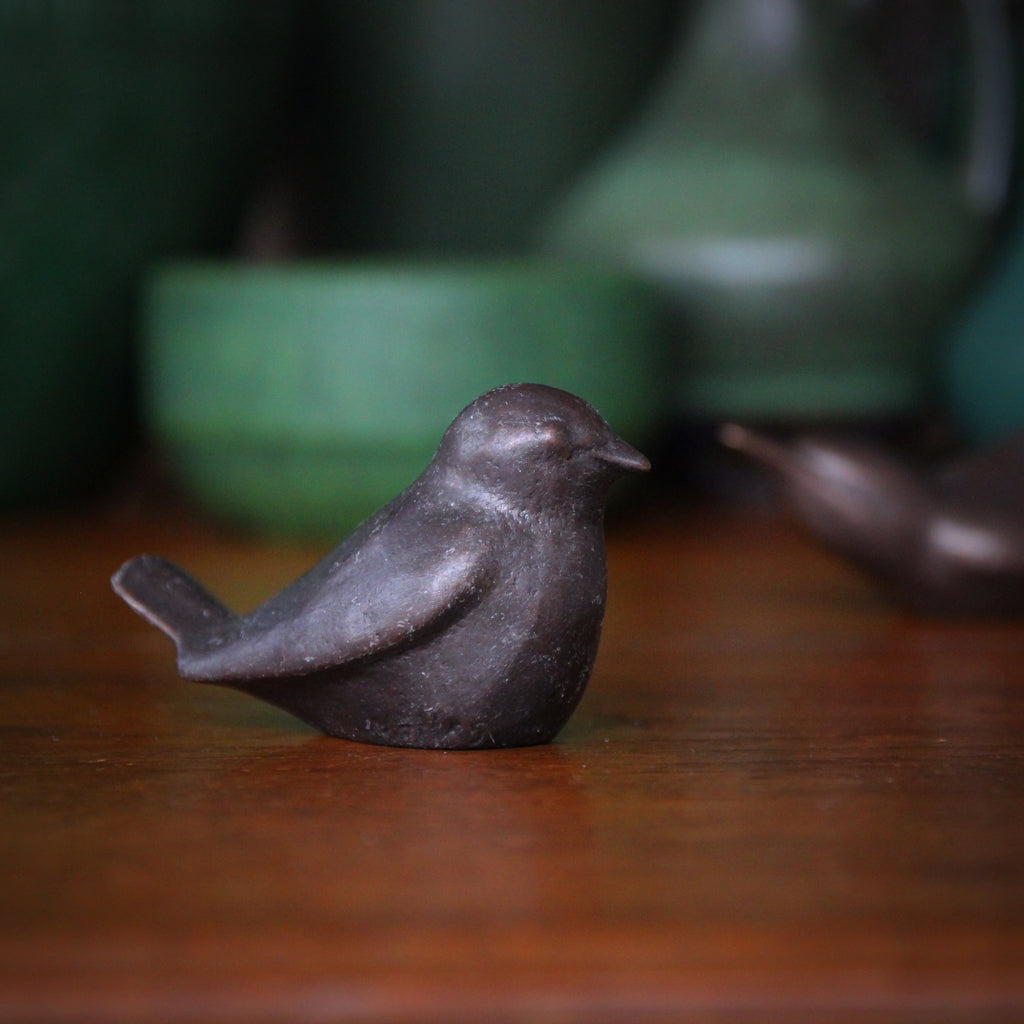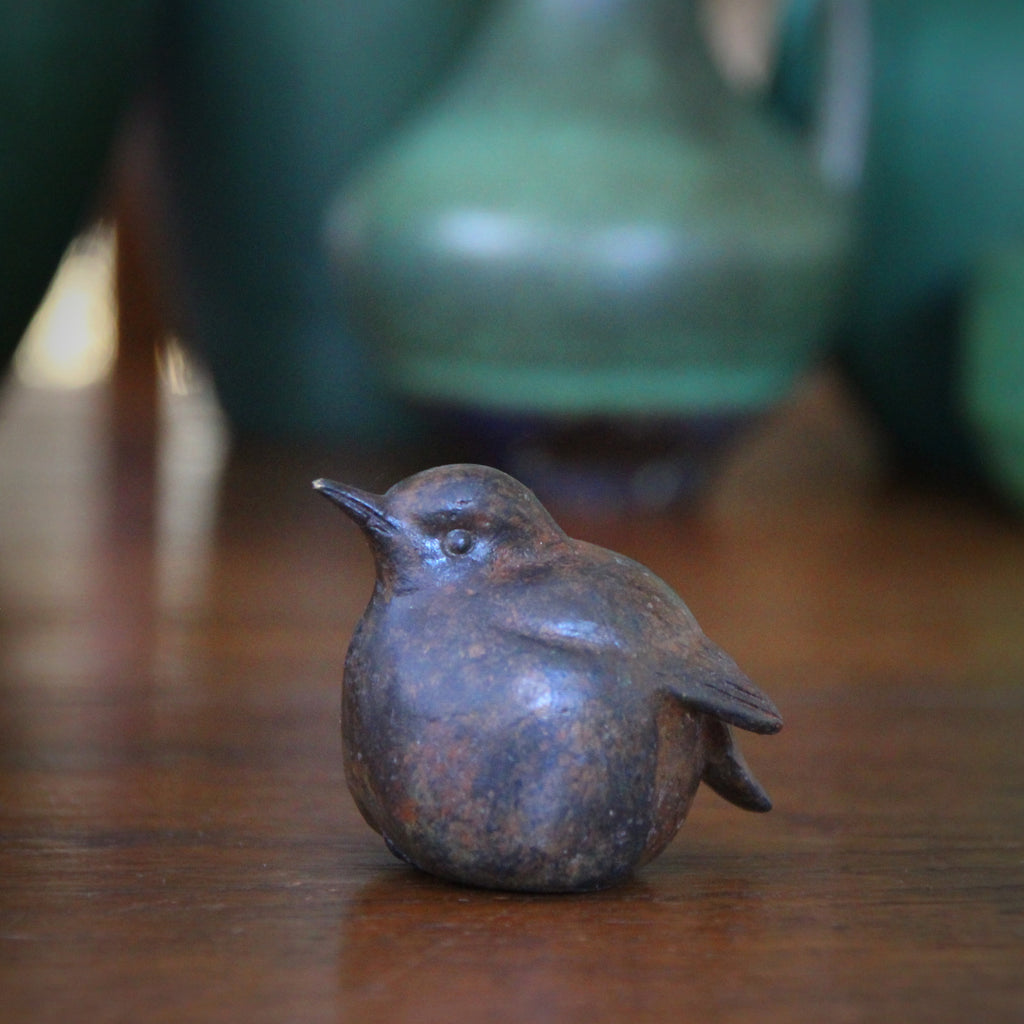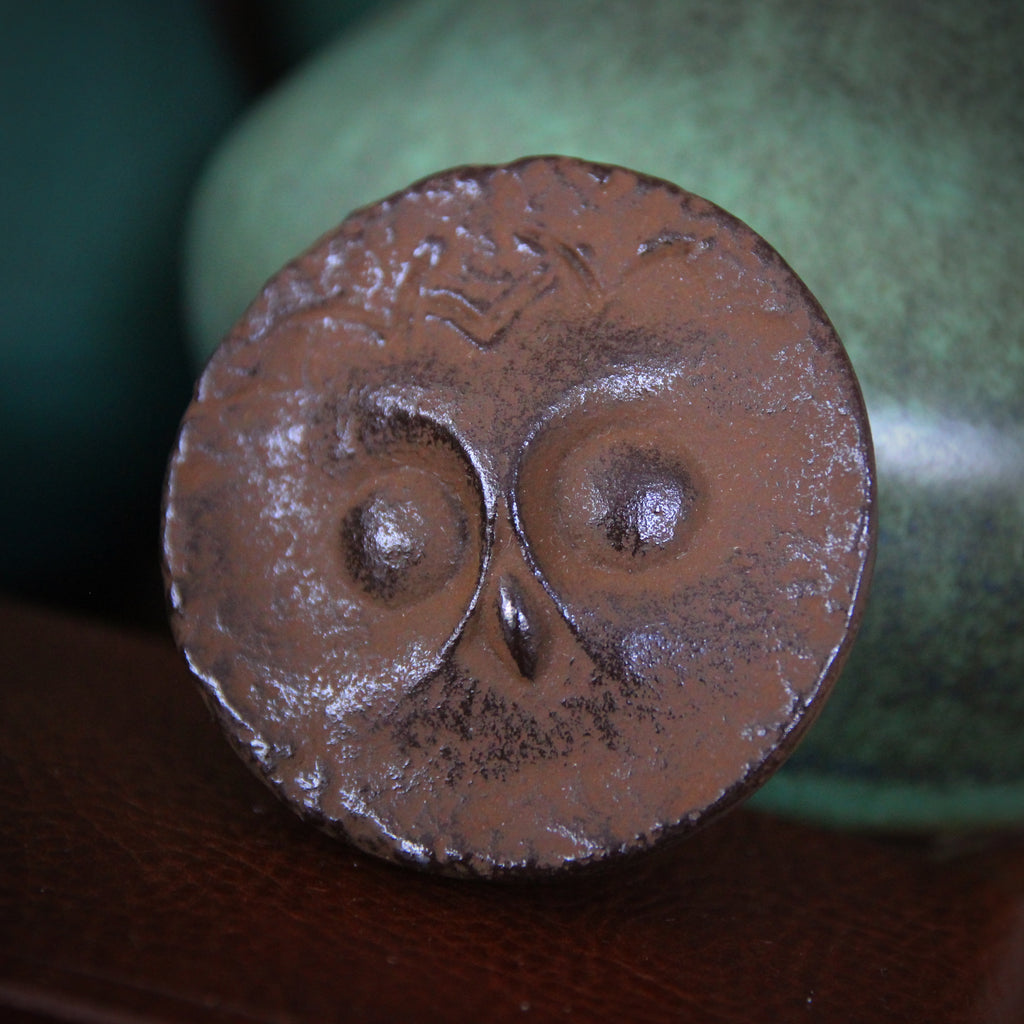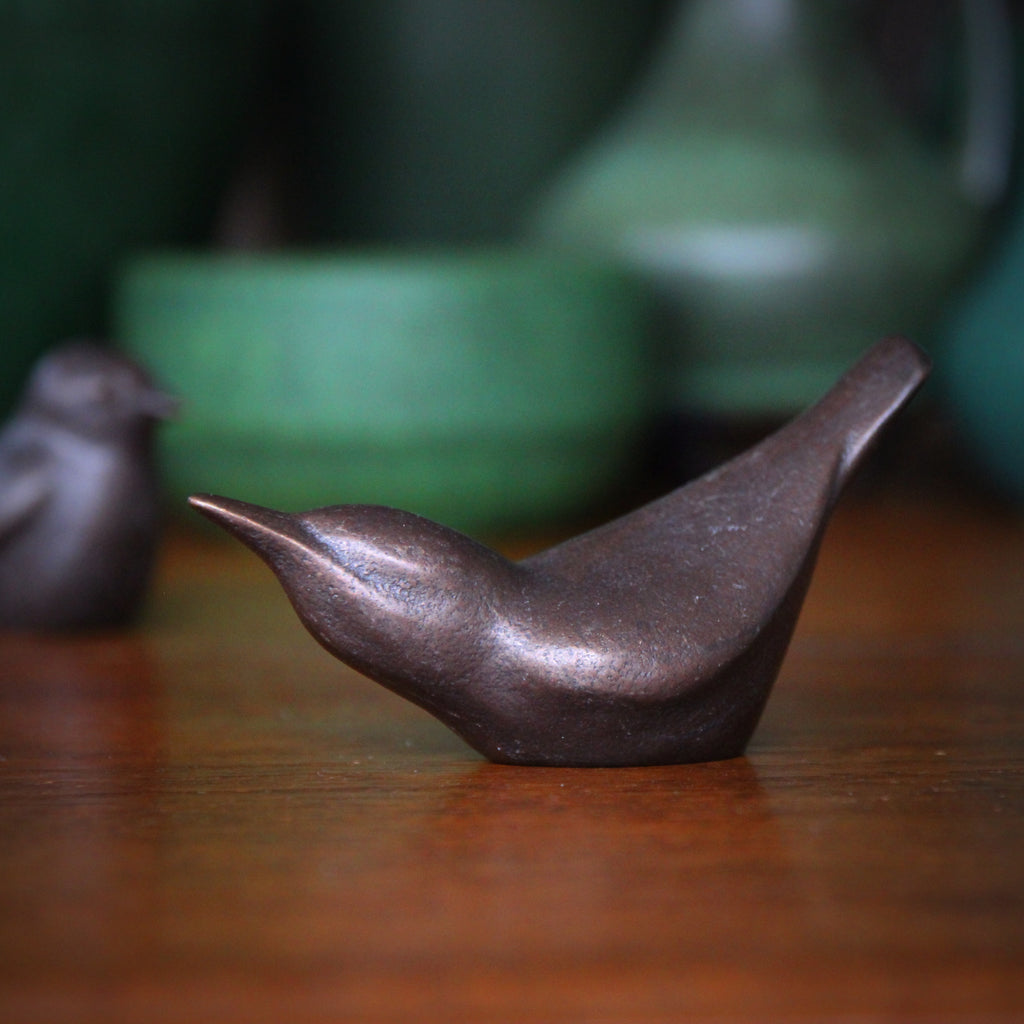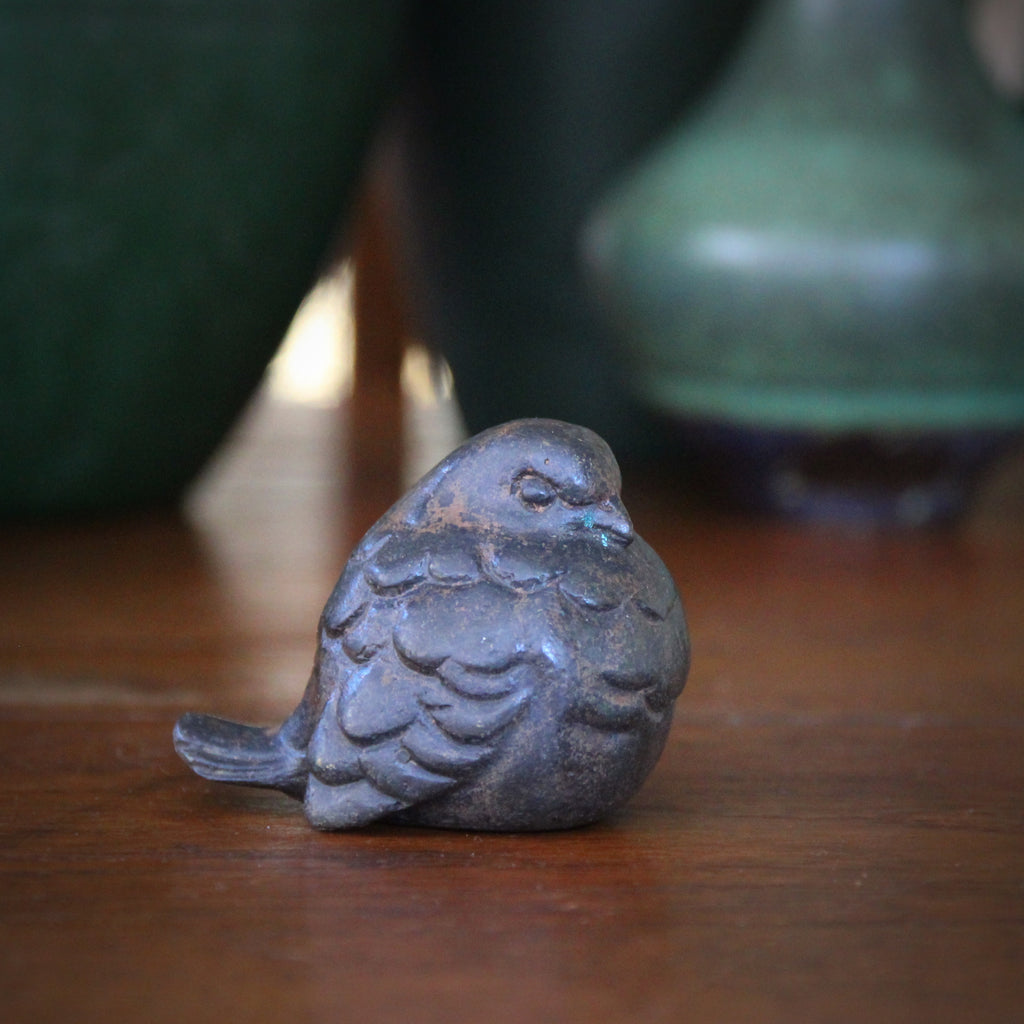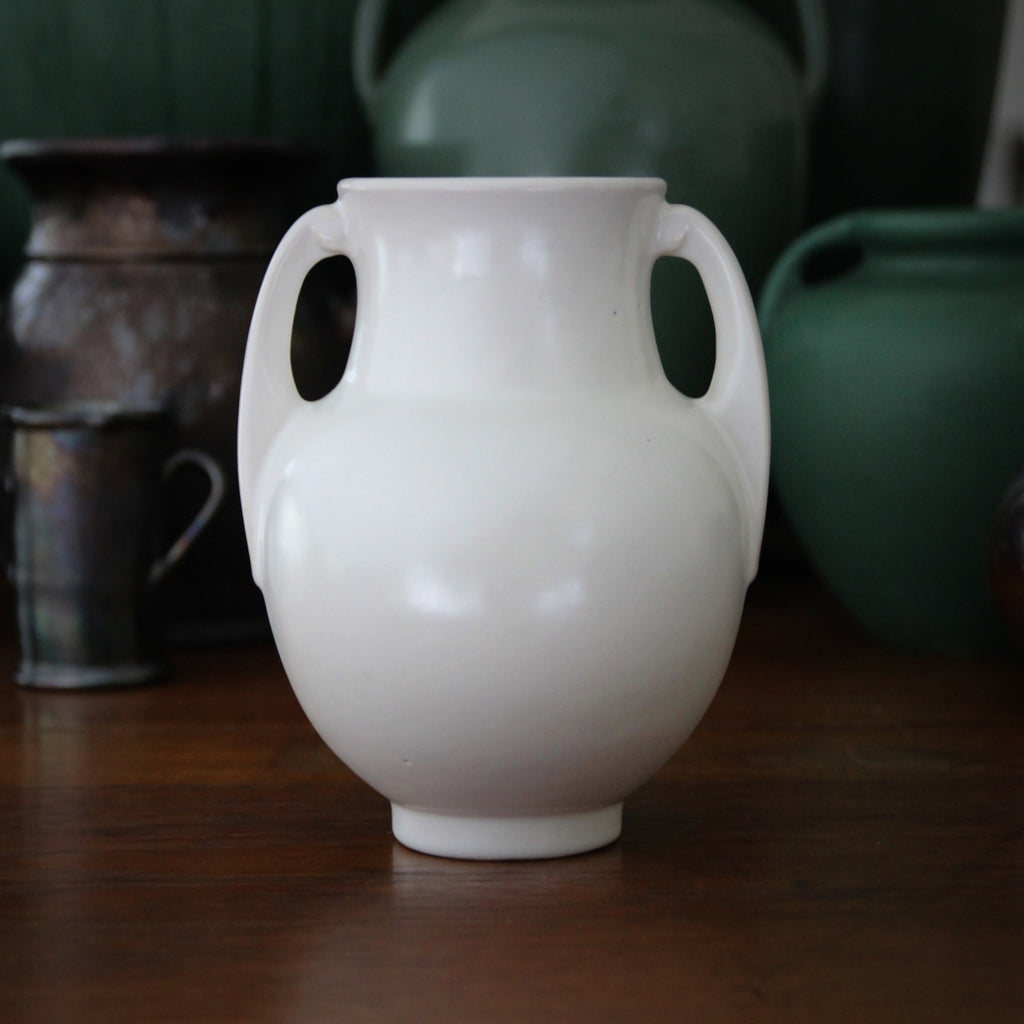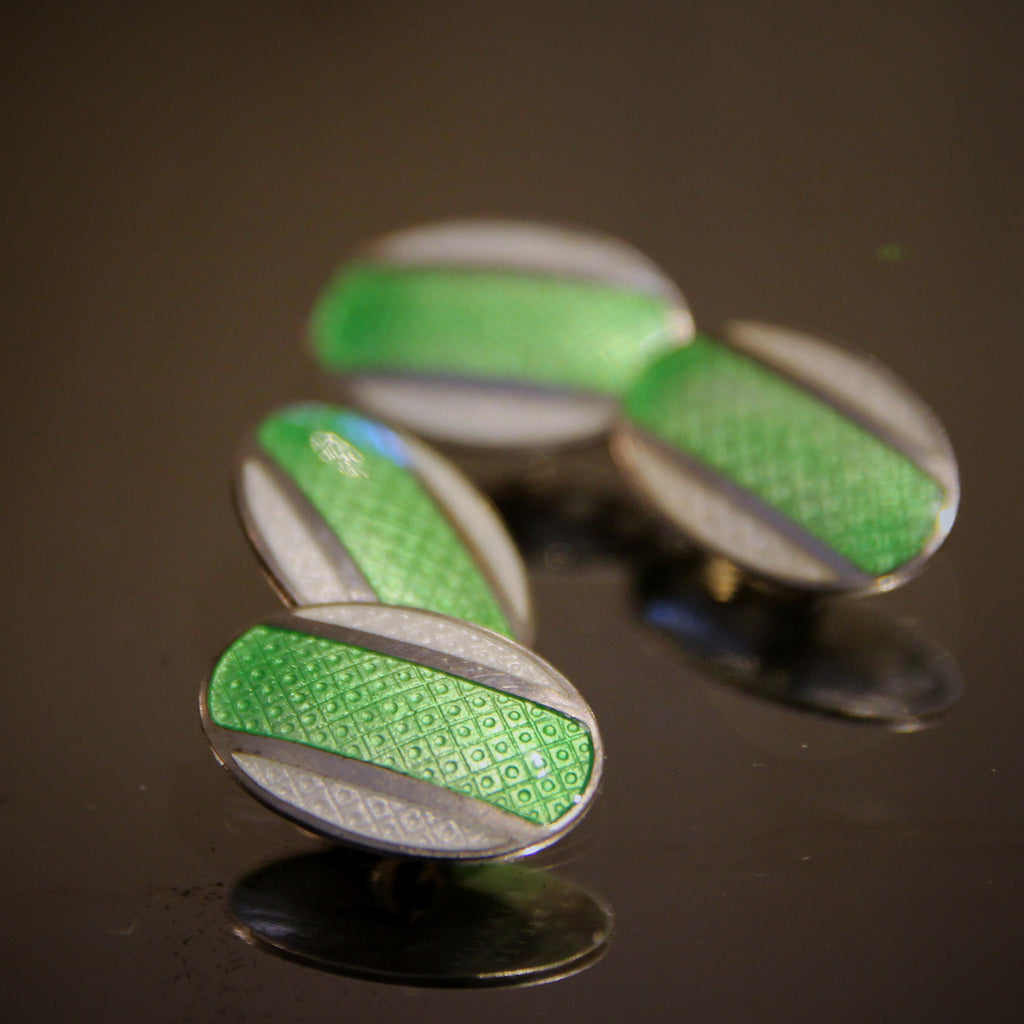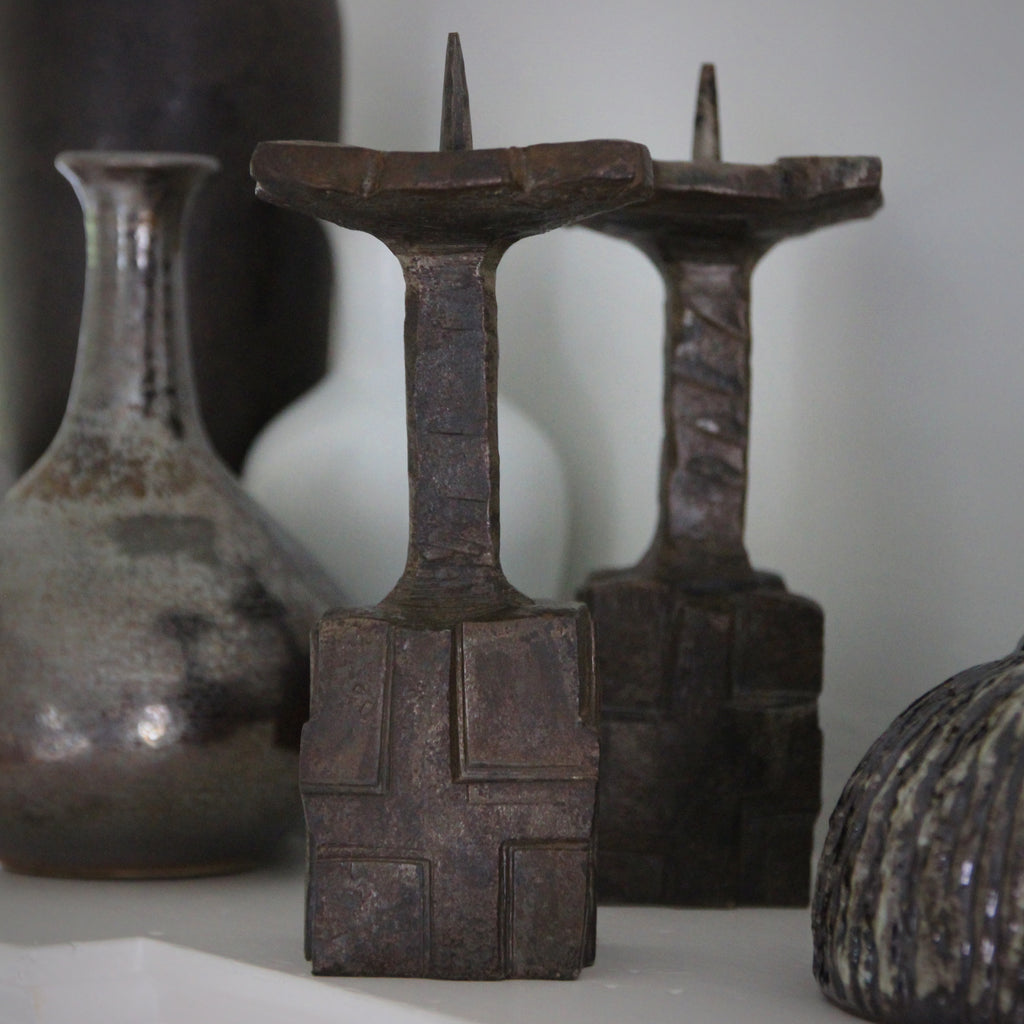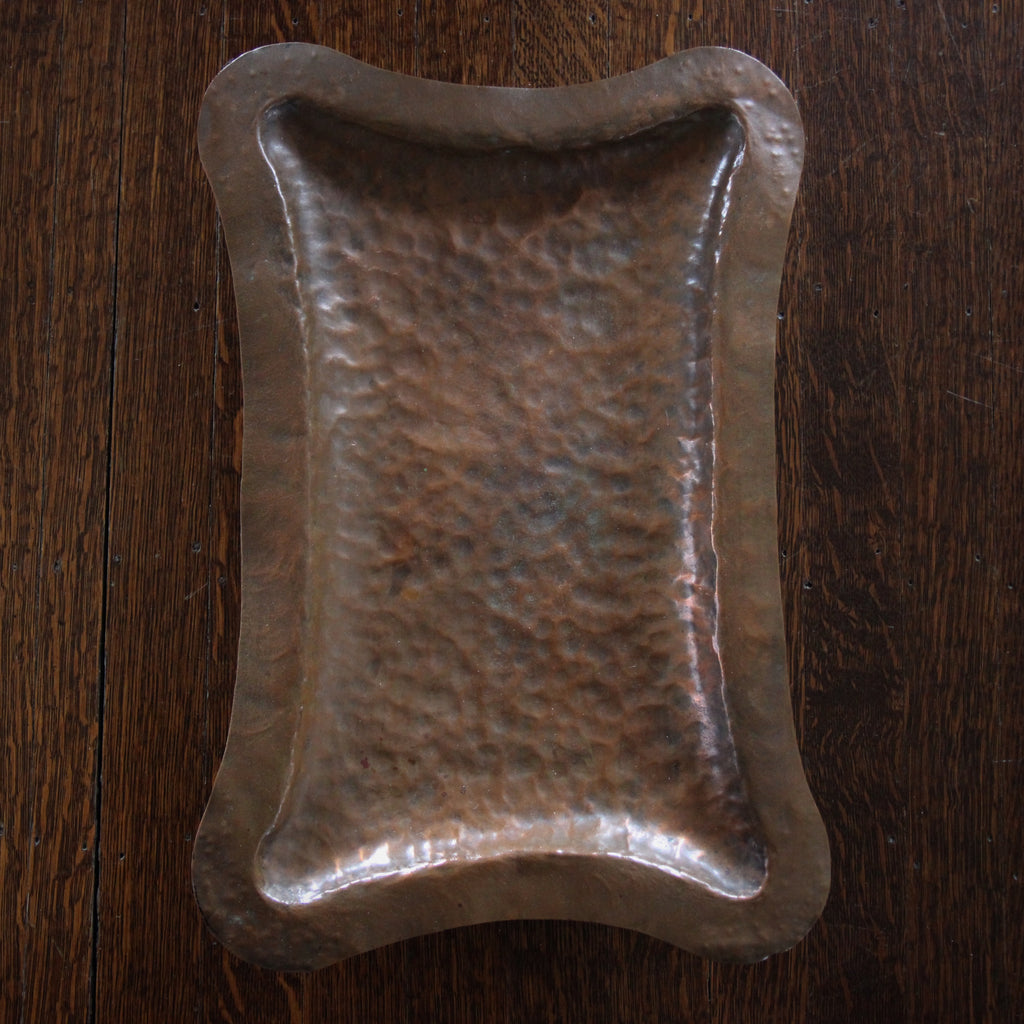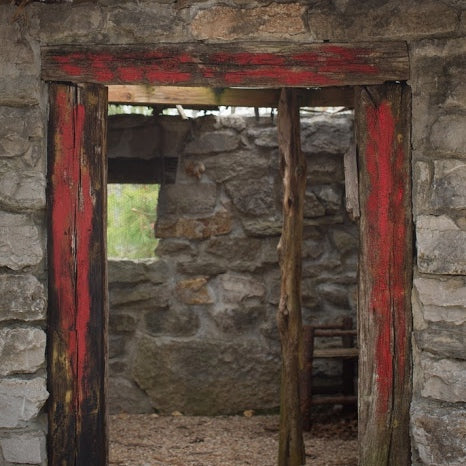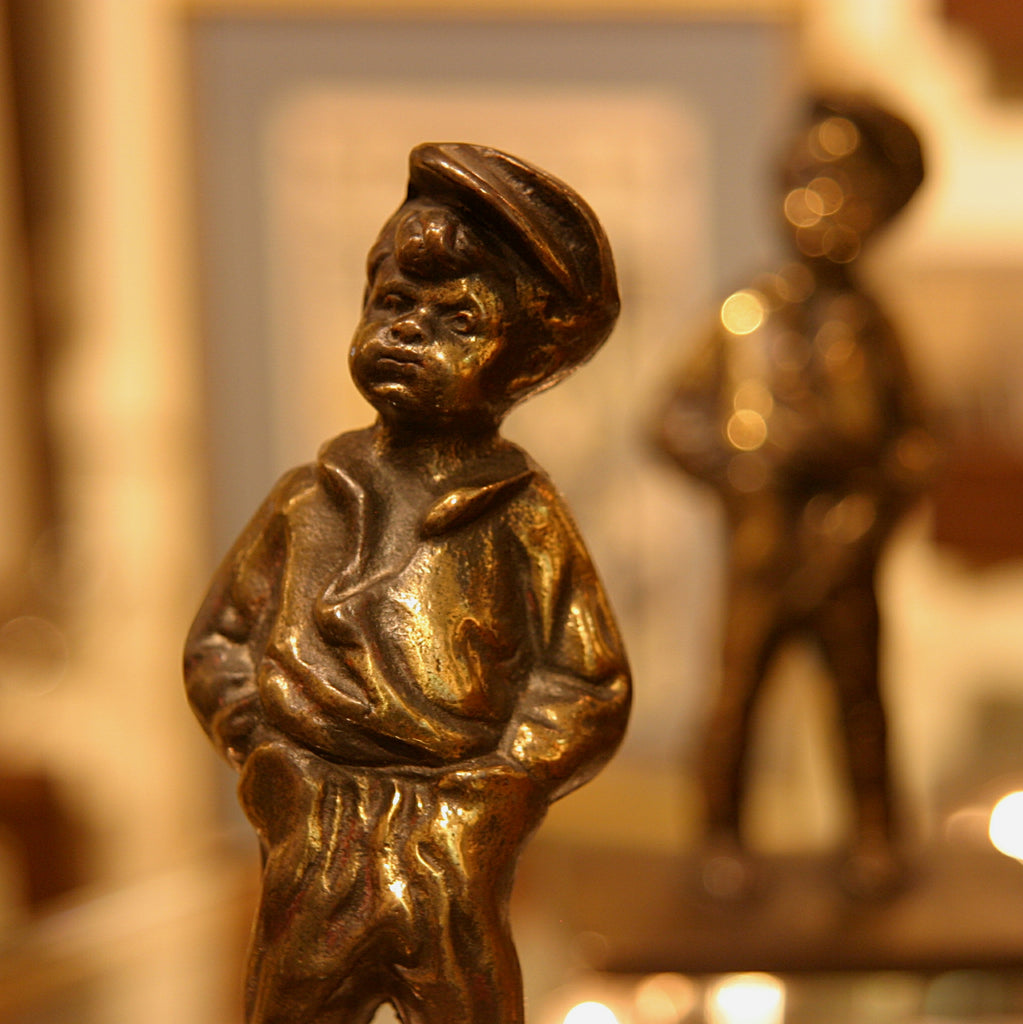JOURNAL RSS
One of America's greatest poets was Henry Wadsworth Longfellow. He was born to a prominent, well-educated family in Portland, Maine (then a part of Massachusetts) in 1807. At the age of 15, he began studying at Bowdoin College (which had been founded by his grandfather). He graduated in two-and-a-half years, after which he toured Europe for three years—learning French, Italian, Spanish, Portuguese and German in the process. While in Madrid, Longfellow befriended fellow writer Washington Irving who encouraged the young poet to continue his pursuit of writing. After returning to the United States, Longfellow began teaching at Bowdoin and, later, at Harvard. Longfellow's first wife, Mary Storer Potter, was a childhood friend from Portland. While on a trip together to Europe, she suffered...
Will Our Ship Come In?
I can see it on the horizon! Or . . . I think I can. It's our ship! Coming-in!
The next ten days will be tense, indeed. But keep your eyes on the horizon. That ship is due—very soon! Rescue is at hand!
This pair of cast iron bookends, from the 1920's, show a handsomely-sculpted galleon plying choppy seas. Click on the photo above to learn more about them.
Silent as the Grave
The Great Sphinx of Giza gazes eastward, over the River Nile—which, for millennia, was the source of life in the flat, sandy lands of the Giza Plateau. Some historians consider it the oldest surviving sculpture in the world, built around 2500 BC for the Pharaoh Khafre (and bearing that pharaoh's face). It was originally carved out of bedrock but has been restored (over the last 4,500 years) with blocks of stone. It stands 66 feet tall (at the head) and 240 feet long (head to tail). These bookends are a stylized representation of the great sculpture—though reinterpreted though the lens of Art Deco fashion of the 1920's. When Tutankhamen's tomb was discovered (98 years ago, next week), it kicked-off a...
Dog Fight
Tonight is the final presidential debate of the 2020 election—or, at least, it is scheduled to be. Last week's debate was cancelled abruptly when the president backed-out of the event. Candidate Biden opted to join a Miami town hall in its place.
These dogs—bookends, actually—are interesting in that they are fully-sculpted all the way around. If not holding-up books, they would make nice pair of (light) doorstops or look dashing as (two) handsome canine sculptures. Please click on the photo above to learn more about them.
Elephant Walk
Lest some of my friends (well...let's make that relatives) across-the-aisle feel a bit left-out, here's an elephant—the lumbering mascot (with a long memory) of the Grand Ol' Party. The population of elephants is on a steep decline. In the wild, at least, this breaks my heart. So I'll always have a soft spot for the peaceful pachyderm. And I will always try to keep a nice selection of elephant bookends for my like-minded customers. Note that this pair of bookends is "mirrored"—that is, cast from two different moulds which allows the pair to face each other. Please click on the photo above to learn more about this handsome pair of bookends.
Joust A Fort Knight!
In just a fortnight, our modern day jousters will appear before the judges—and we, The People, will render the score. May the better team win! (And by "win," I mean receive the most votes.)
These bookends, made in the 1920's or 1930's, are bronze clad, patinated and hand-painted with touches of vibrant color. They capture all the energy, tension and anticipation of a great match to come. Please click on the photo above to learn more about them.
Dance! Dance! Dance!
Is that a distant drum beat? Boom, boom, boom. I've been hearing it for weeks. Boom, boom, boom. Election Eve comes in two weeks. Boom, boom, boom. Get that ballot in! And then, get ready to dance!
These cast iron bookends scream Art Deco! A dancer flexes on his foliated stage—a healthy measure of Radio City Music Hall and a generous touch of Nijinsky in Afternoon of a Faun. I Please click on the photo above to learn more about them.
Slay the Dragon
Saint George was an early Greek Christian who was born in Cappadocia (modern day Turkey) to a Roman Army soldier. He died on 23 April 303. Legend tells us of a fearsome dragon that demanded human sacrifices. The people, attempting to placate the dragon, had offered-up a young maiden as his next meal. This is when Saint George came along, slaying the dragon, saving the woman, and setting the captive people free. But the myth of Saint George did not become popular until many centuries later. The first known written record of the legend is from the 11th Century. As the Crusades ramped-up, and soldiers from different countries came together in the Holy Land, the story of Saint George and...
Knowledge is Power
Knowledge is power. And those who have the knowledge are most likely to become powerful. For millennia, the best transmission of knowledge was through books. Oral storytelling, on the other hand, has always been subject to the accurate recall of the listeners and the agendas of a line of subsequent storytellers. The written word, on the other hand, allowed knowledge to be recorded in a way that was less likely to be changed over time (as long as the original manuscripts survived, and raises a different issue). The problem was, very few people were literate. Reading and writing were the domain of the highly educated—poets, clerics and scribes. For this reason, the display of books (and images of people reading)...
Fala-La-La-La
"Fala" was President Roosevelt's beloved black Scottish Terrier, perhaps the most famous of White House pets. Fala often traveled with the president, whether by auto, train, boat or plane. The press (and political cartoonists) loved to share Fala's stories of life in the White House. The dog was such a popular Democrat that even the opposition party attacked him when they could. Republicans complained bitterly that Fala once had been left-stranded during a trip with FDR to the Aleutian Islands—requiring the president to send a US Navy destroyer back to collect the little rascal. FDR made short work of his Republican critics; soon after, at a Teamsters' dinner and speech (which was radio-broadcast nationwide), Roosevelt pummeled the opposition for fabricating "libelous statements about my...
Night and Day
Michelangelo was in high demand. Just because the Pope had conscripted him for four years to paint the ceiling of the Sistine Chapel (plus another five years to paint The Last Judgement), it did not follow that other rich patrons would surrender their final wish: an impressive, custom-carved, Michelangelo Buonarotti tomb! Popes, cardinals, bankers and kings stood in-line, waiting for Il Divino to start chiseling. Michelangelo designed many ambitious (and over-the-top) tombs for his fervent patrons. Alas, the artist rarely finished many of his complete original designs. Nevertheless, just the pieces of tombs which he created are masterpieces—amongst the greatest works of any human hand (ever). His Pietà—so beautiful it makes the heart race—was carved by the 24 year old artist for...
Leaps & Bounds
The tension is growing—by leaps and bounds—as the candidates stump, the pundits parse, and the votes are submitted by mail or early voting. It should all come to a crescendo on 3 November (20 days from today!). But that may not be the end of it! Mailed-in ballots will need to be counted. And there is always the chance that a candidate (or his party) may contest the results. How much more can you take?
An athletic gazelle leaps into action—ready to hold-up your precious tomes. Made in the 1920's, this handsome pair of bookends is big on Art Deco style. Click on the photo above to learn more about them.
Steel City
In the Late Nineteenth and Early Twentieth Centuries, Pittsburgh was one of the engines of America's national economic growth. It was the height of American Industrialism and Pittsburgh was the heavy hitter. Great fortunes were made in The Steel City—Carnegie, Frick, Mellon, Scaife, Heinz, Westinghouse—and they were fortunes which endowed other American cities (like New York and Washington, DC). There were big companies, like US Steel, which (at its peak) employed hundreds of thousands of employees. But there were many hundreds of smaller companies which serviced the giants or further-processed the raw material produced by the behemoths. Such a focus on industry came at a great cost. It was terribly polluting. It perpetuated a "caste system" that insured there always would be many more low-paid, interchangeable...
Bravo, Rafa!
Congratulations to Spanish tennis paragon, Rafael Nadal, who won his thirteenth French Open championship yesterday afternoon in Paris. "Rafa," who was ranked Number Two in the world, beat the Number One ranked player, Novak Djokavic of Serbia. Although the two players were well matched for a competitive encounter, Nadal beat Djokavic quickly in three out of three sets (making for an early evening). I was expecting a four or five hour game! It seemed that Djokavic wasn't sufficiently pumped-up for the match. Just weeks earlier, he had been disqualified from the US Open (in New York) after he carelessly swatted a ball into the neck of a crouching line judge. It's been a tough year for the Number One player—though...
Coming-Out
Today is National Coming-Out Day. Every 11 October—since 1988—the day has been celebrated to encourage members of the LGBT community to come-out to friends, family and colleagues. Since homophobia and bigotry fester in conditions of deception, lies and silence, coming-out is a powerful way to educate the broader community that gay people are contributing and valued members of the society at large. How can bigots remain bigoted when they know and love openly gay friends, colleagues, children, siblings, parents or other family members? The bronze sculpture, shown above, was created by artist Luke Gwilliam in the 1950's. It portrays a lithe man, removing his tight garments—perhaps symbolic of a gay person freeing him/herself from the binding restraints of a restrictive society....
"Ex Scientia Tridens"
On this day in 1845, the United States Naval Academy was founded in Annapolis, Maryland. The Academy's motto, Ex Scientia Tridens, is the Latin for the phrase "From Knowledge, Sea Power." It's comforting to know that some US leaders still appreciate the important link between knowledge and power! 33 miles from Washington, DC, the Academy admits 1,200 "plebes" each year (also called "Midshipmen") and graduates about 1,000 students as new officers, mostly for the US Navy or Marine Corps. A prospective student must be 17 to 23 years of age, unmarried, without children, and be of good moral character. Applicants are tested for physical, intellectual and emotional fitness and must have the recommendation of their state's US Senator, Representative or Delegate. The...
Three Cheers for the Postal Union!
The Universal Postal Union was formed in Switzerland in 1874. It was the first step to create an international postal network—and provided the start of a global communications revolution, allowing the efficient and reliable delivery of letters and other mail around the globe. On this day in 1969, the United Nations declared 9 October "World Post Day," in commemoration of the founding of the Universal Postal Union. America's Postal Service deserves a round of applause—and recognition for just how important it is to the lifeblood of The Nation. Postal employees are working under extreme stress; their equipment is being disabled by partisan political appointees while destructive changes to processing practices are being imposed from the top. The goal? To slow the delivery of the...
World Space Week
We are in the middle of "World Space Week"—held each year from the 4th to the 10th of October. In 1999, the United Nations dedicated this week to the "international celebration of science and technology and their contribution to the betterment of the human condition." 95 countries observe the commemoration.
The rocket, shown above, is actually a cast-bronze bank. It can be opened (with a screwdriver) and will really make a sci-fi statement on your desk or bookshelf. Please click on the photo above to learn more about it.
Framed!
As the sentimental story goes, "Tramp Art" handcrafts were made by down-on-their-luck men who scavenged for the raw materials (fruit crates, wooden cigar boxes) then designed, cut and assembled the pieces, often using simple notch-cut "serrations" to create an elegant (yet folksy) decorative flourish to their creations. Personally, I believe that such chip-carved works were made by a far-broader range of people: weekend hobbyists, shop class students, even cottage industry souvenir producers. Whether these nostalgic stories are true or not, I nevertheless admire and like to collect Tramp Art frames, boxes and sculpture. They have a sophisticated—yet casual—elegance and always radiate the warmth of a painstakingly handcrafted object. This frame, above, would make the perfect home for a woodsy photograph...
No Lion!
No Lion! Election Day is only four weeks from today!
If you're not yet registered, do so! And if you are, send-in that ballot. Every vote makes a difference! (No Lion!).
This spelter sculpture shows a lion atop a mountaintop. It has been hand-painted and you may learn more about it by clicking on the photo above.
World Teachers' Day
Today we celebrate UNESCO's World Teachers' Day—and remember those wonderful teachers who taught us, formed us and made us who we are today. Besides one's parents, no one provides a greater influence on one's life than does his or her teachers. Oh, how I loved going to school—and how sad I was to say goodbye (and thank you) to a beloved teacher. Even today, more than 50 years later, I can remember so clearly certain moments in the classroom. They are memories—and lessons—which will remain with me all my days. The school bell. shown above, was made in England in the late Nineteenth Century. Its Aesthetic Movement design extends up the shaft to a nicely-turned ebonywood final atop the beautifully...
Mirror, Mirror
Have a last-minute check before your next Zoom call—with this heavy and handsome Gent's Faux Staghorn Bevelled Hand Mirror. A small silver chevron, as yet unengraved, adorns the back. It was made in the 1910's or 1920's and has just the right amount of visible age to the glass. Click on the photo above to learn more about it.
Bear With It
Oy! Exactly one more month to go! On 3 November, the voting will have ended and the counting will have begun. Within a week or two of that, most of the ballots should have been counted and The American Will should be known. Until then, we must bear things as best we can. I received my Pennsylvania ballot today, Saturday, and will mail-it-back on Monday. I plan to drop it into the interior lobby slot of my local post office. If you haven't yet, VOTE! Whether you vote by mail, vote early in-person, or vote at the polls on Election Day, your voice is critical. It's true, one lone voice can appear powerless. But, when combined with the voices of...
Happy Birthday, Dad!
Oh, but for the Coronavirus—I would be in Hawaii right this minute, celebrating my father's 85th birthday! Oh well. Happy Birthday, Dad! Having fathered me, my dad—Jim Jung—is by default the grand-father of LEO Design. But he played a role in its inception, too. Spool-back to the hot and humid summer of 1995. My family was returning from their summer holiday in Europe—specifically France and Switzerland—and they had planned to stay with me in Manhattan for a few days before returning to Kauai. Although LEO Design (as a concept) was in-the-works, the lease was signed—and I received the store key—the day they landed at JFK. Thus, conveniently, I had a helpful (and free) cleaning crew staying in my apartment. We all spent a...
Welcome, October!
Welcome, October, and your birthstone the Tourmaline. Today we know October as the tenth month of the "modern" Julian and Gregorian calendars. But it wasn't always this way. In the period of the Roman Empire (which straddled the lifetime of Christ), October was the eighth month—made apparent by October's root word, "Octo" (which means "Eight"). Interestingly, in France, Octobre is sometimes abbreviated as "8bre." October's birthstone, the Tourmaline, is a semi-precious gemstone, a "crystalline boron silicate mineral." It can be infused with traces of a wide variety of different metallic elements—each of which results in a different color possibility. Thus, tourmaline can be mined in many different colors: black, brown, and every color of the rainbow (red through violet) and even bi-colored variations....
A Celtic Beauty
Celtic design—though extremely broad and highly varied—usually refers to the craft-like, graphic style of interlacing patterns and unbroken "plaited" (braided) designs. Early Celtic artworks have been recovered as early as the Iron Age (which began approximately 800 BC) and, later, was highly influenced by Roman art and craftwork (especially tilework) during their occupation of the British Isles (beginning around 55 BC). Centuries later, the British Arts & Crafts movement sought historic aesthetic sources to tap, thus freshening-up their design and reviving regional cultural pride. Celtic patterns and graphics (from Ireland, Scotland, Cornwall and Wales) provided an ample vein for designers seeking fresh inspiration. (British Arts & Crafts designers also mined Medieval literature and Gothic handwork.) The brooch above, made in England in the 1910's, has a silver front, embellished...
Round One!
For the last four years, Election Day 2020 seemed interminably distant. Now—suddenly!—we look-up and we're just a month (and a tick) away from The Big Day! By 1 December, hopefully, all the mail-in ballots should be accurately counted and the winner declared.
Tonight, we begin the first of four rounds of presidential (and vice-presidential) debates. May the best* candidate win!
The Taxman Cometh!
With so much talk of Taxes! - Taxes! - Taxes!, there's a lesson to be learned: be honest and keep organized! Perhaps this Edwardian English Oak Desk Organizer will help keep you sorted—and fend-off the Taxman (and his audit). The handsome quarter-sawn oak softens the otherwise workaday nature of this piece—which you may learn more about by clicking on the photo above.
Farewell to a Little Giant
Last night we lost a great American, Supreme Court Associate Justice Ruth Bader Ginsburg. Though standing a mere five-foot-one, she towered as an intellectual and judicial giant—and she changed the course of life for millions of grateful Americans. She will be honored with solemn ceremonies at the United States Supreme Court and within the United States Capitol. She will lie-in-state at both "temples"—upon the very catafalque which bore the casket of Abraham Lincoln in 1865.
The bookends shown above, made in the 1920's, portray a Neo-Classical "temple"—not unlike the Parthenon in Athens or the US Supreme Court in Washington. Click on the photo above to learn more about them.
Rushing Home
While I was in college—and during my early working years as a young adult—the Autumn was energized by the annual "migration" of my Jewish friends racing home for the High Holidays. The Jewish New Year, Rosh Hashanah, was sometimes referred to as "Rush-a-Home-a"—and it was quite clear that eager parents would be waiting impatiently for their children to rejoin the family nest (and they better get home on time!). I am not Jewish, but I nevertheless admired the unfailing, seasonal current that drew my friends homeward. This handsome pair of bookends, by Bradley & Hubbard, were made in Meriden, Connecticut in the 1930's. Heavy and solid, they capture the spirit of the hearthplace—the romantic center of any household, especially when the...
Nineteen Years On
It seems like just yesterday. And, yet, so much has happened since that crystal-clear Tuesday morning.
Let's remember the poor souls who perished and the brave souls who rushed-in to help.
Under the Knife - Part III
At many times during history—including during the late Nineteenth Century—Europeans found themselves enchanted by Asian culture and design. Though travel and trade was open with the East (to varying degrees), Asia remained very expensive, out-of-reach for the vast majority of Europeans. Only sailors and the wealthiest of Western civilians might be able to journey to "The Orient," the latter only once or twice in a lifetime. Impressive collections of Chinese and Japanese objets were the pride of many a Nineteenth Century industrialist. As Victorian industrialism flourished, it allowed for the mass production of quality consumer goods (now, for the first time, affordable by a growing middle class). Asian design was popular (and fashionable) and those aesthetics sometimes found themselves adapted and worked-in to western...
Under the Knife - Part II
Knife rests probably were invented for use by Sixteenth Century aristocracy and likely started as simple pieces of wood—used to elevate a dirty knife (and maybe a fork) off of the table. Ceramic knife rests followed (not unlike chopstick rests, which may have been invented even earlier than knife rests). Come the Victorian Era—the "Golden Age of Knife Rests"—designers ran wild with unusual designs and numerous materials (some of them precious). This set of knife rests—an impressive brigade of twelve!—was made in France during the Art Deco Twenties. They were crafted in the workshop of Saglier Frères et Cie which had been founded in the Nineteenth Century by the Parisian goldsmith, Victor Saglier. He is well known for his Art Nouveau metalworks—serving items, bowls, candelabras—and he sometimes applied...
Under the Knife - Part I
Once upon a time, "Monday was Washday"—which made Mondays the most difficult day of the week (especially for the servants). Before automated washing machines, laundry had to be soaked (sometimes overnight), soaped, agitated (perhaps with a laundry board), boiled, rinsed, wrung-out, dried, starched and ironed. And, don't forget (depending on how far back you look), the water might have to be gathered, a fire built and the water heated. To keep table linens clean (thus, extending their usage between washes), knife rests were invented to be used at each place setting—upon which a dinner guest may rest his dirty knife at an incline (thus protecting the linen from soiling). The humble knife rest, thus, became a "blank canvas" for designers and metalworkers who...
Honoring Labor
Appreciation and gratitude to the men and women who have built our country with the toil of their hands and the sweat of their brow. Happy Labor Day!
Prolonging the Light - Part III
At nine and a half inches tall, these Victorian Brass Candlesticks will certainly make a statement in your home. Add a twelve inch taper and candle approaches 22 inches tall. And the heavy, "balustrade" form will add curvature and class to any dining table, mantelpiece or sideboard. Click on the photo above to learn more about them.
Prolonging the Light - Part II
Made around 1880, this pair of Victorian English brass candlesticks seem to offer a tip-of-the-hat to Dr. Christopher Dresser, the important designer and tastemaker of the British Aesthetic Movement. While not overly tall, they convey a nice visual weight—and would elegantly hoist a rather tall taper. Click on the photo above to learn more about them and, perhaps, bring them home for use on your table, window ledge or mantelpiece.
Prolonging the Light - Part I
Soon the daylight will seem short—and we will seek to create more light to live by. For centuries, candles filled that need and metalsmiths, by blending function and artistry, crafted candlesticks to hold those candles. This pair, made about 1820, are simple, elegant and understatedly handsome. They've been useful and elegant since the late Georgian period—and are still wonderful two hundred years on. Click on the photo above to learn more about them.
RARIN' To Go!
Two months from today! The American History Book will be laid-open and we'll be asked to decide: do we turn the page or keep writing with the same (lousy) pen. This set of four novelty tumblers—made in the 1950's—captures a Democrat in mid-kick. He's Rarin' to Go! Are you? Click on the photo above to learn more about them.
Last of the Summer's Sun
It's still summer, yes, but let us enjoy the warming sun while it lasts—for it soon will be pulling away from us, "heading south" for the winter. This Arts & Crafts copper plate was made in England around the turn of the Twentieth Century. Its swirling, stylized botanical design is reminiscent of a glowing sun. Perhaps it will hang over your kitchen or dining room—sharing its warm glow with those below. Click on the photo above to learn more about it.
Welcome, September!
September is here—and, along with it, the Sapphire birthstone! Sapphires are one of the four "cardinal" gemstones. And, while it can come in a variety of colors (or be bi-colored), it is best known for its deep, pure, saturated blue coloration. It is a variety of the "Corundum" family and achieves its heavenly blue coloration from the presence of aluminum oxide in the stone. A red sapphire is called a ruby. From the Middle Ages, sapphires symbolized loyalty and trust; people would wear sapphires as a talisman to protect against danger or other harm. Italian superstition tells us that sapphires will protect the wearer from eye disease and melancholy. Besides being September's birthstone, a 45th wedding anniversary is called...
The City by the Bay
Let's end our fanciful summer holiday by pulling into the Bay of Naples (again). Here we see an impressionistic rendering of "Naples at Twilight" by my partner Robert Perdziola. This piece is actually the working design elevation for the (much larger) actual painted backdrop—which appeared in Act II of Hector Berlioz's Nineteenth Century opera "Béatrice et Bénédict" at Opera Boston in October of 2011. The 1862 opera is based on Shakespeare's "Much Ado About Nothing"—and, more specifically, the bickering lead characters, Beatrice and Benedick. This production was mounted in the magnificent Cutler Majestic Theatre in Boston—a Turn-of-the-Century jewel box of a music hall. Sadly, it was the last production mounted by the company; Opera Boston closed early the following year.
Moon-lit Crossing
This picture caught my eye right away. Its moody, moon-lit waters—rippling gently but incessantly—bearing the belching steamer as it heads for port. I can almost hear the rumbling chug-chug-chug of its motor as it struggles slowly to shore. I purchased the picture in London, at Portobello Road in Notting Hill. It is clearly signed—J. Callow—and I have found such an artist in my research (John Callow, English, 1822-1878). He principally painted nautical and maritime pictures. Vexingly, I have not found another painting of his which compares in style to this one. As for his signature, John Callow has signed his works in so many different ways that I am not surprised that this one is not a perfect match either. Such...
Summer Wave
On our first trip together to Paris, my partner and I began to recognize a recurring art gallery poster, usually stapled to one of Paris's many Colonnes Morris—those handsome free-standing "huts" (about the size of a large phone booth) that provide an organized and contained space for advertisements. It showed a young lad, resting astride a ten speed bicycle, waving to his friends in the distance who are playing along the waterfront. Upon investigation, we determined that the poster was promoting the works of a Breton artist, Alain Gaudin, then on-view at the Galerie Amyot. We wended our way down the narrow Rue Saint-Louis en Île on the enchanting Île Saint-Louis, the smaller of Paris's two islands which float in the River Seine....
Misty Mountain
On one of my first trips to Glasgow, I purchased this oil painting—a clouded hill punctuating an otherwise flattened Scottish landscape. I liked its simplicity, its comforting color palette, and its beautifully dour mood. I also loved the simplicity of brushstroke—the hand of an artist who captured his subject with economy and spontaneity. Clouds, mud, bramble, mountain; the artist executed his work quickly and deliberately. The painter is Robert Buchan Nisbet. He was born in Edinburgh and lived on George Street (coincidentally, the street where this picture was framed). His father was a housepainter. He was a founding member of the Scottish Society of Artists and its second president. His older brother, Pollock Sinclair Nisbet, was also a painter. I long for a...
Secret Harbor
Britain is a treasure trove of coastal cities, harbors, and ports—each one a little gem of beauty, commerce and recreation. Generally, ports represent the earliest features of a town or village's layout; they were "the doorway" through which people traveled and trade flowed. Ports were the economic engines of early communities—and port cities were often a reflection of both great profits and dirty commerce. Of course, ports come in many shapes and sizes. They can be charmingly quaint or brutally industrial. But, regardless of their features, they are always a place where human activity meets nature's great expanse and power—places where the dramatic and the ordinary moments of human life are on display (and worth watching). This woodblock print was made in the...
Cold Comfort
If I had to pick my three favorite colors, they would be blue, green and grey (and all variations of that shade, from "dove" to "slate"). This picture, by Belgian painter Louis Mehaignoul (born 1904), gives me dour comfort: soft light, comforting shades, and my three favorite colors. I found this picture in London during one of my buying trips. It now hangs in my dining room in Pittsburgh.
Black Wood of Rannoch
The Black Wood of Rannoch is a surviving remnant of the massive Caledonian Forest, the ancient rainforest which once blanketed most of the Scottish Highlands. This parcel lays along the southern shore of Loch Rannoch in the Highlands (which can be seen in the etching). The forest was once lush with Scots Pines, the indigenous species that took-hold after the last Ice Age (around 7000 BC). The Caledonian Forest appears in multiple works of literature, including as the site of the Twelve Battles of King Arthur. Over the millennia, through woodcutting, grazing and climate change, the large forest has been reduced to spotty vestiges. Foresters have been actively propagating and planting Scots Pines in an attempt to preserve the species against aggressive invasive species....
Over the Garden Wall
The Salesian “Church and Convent of the Visitation” in Vienna was built between 1717 and 1719 and is adjacent to the lower garden wall of Schloss Belvedere (the castle which now houses the world's greatest collection of Austrian art). From the elevated steps of the museum, at the top of the garden, one can see the church's green dome. Construction costs for the church were paid by Empress Wilhemine Amalia, the widow of the Holy Roman Emperor, Joseph I. She wanted a place to spend her final years and, in fact, is buried there. It was also to be a school for aristocratic girls, run by the Salesian Order of Nuns. Slovakian artist Luigi Kasimir grew up in a family...
Grey Gardens
Grosvenor Gardens is formed by two triangular parks—each pointing towards the other—intersected by two roads, each also called Grosvenor Gardens. It is located in the Belgravia section of London, built in the early 1800's as upscale housing for the wealthy and upper middle classes. Belgravia is still a posh neighborhood, dotted with smart shops and restaurants. This picture was painted by British artist Robert T. Blayney (1929-2016) around 1950. Despite its modern spontaneity, the subject matter and dour colors give it a timeless propriety. But there is also a little fun to be gleaned in the viewing; I see a touch of Charles Addams in the composition and almost-eerie brushwork. We do not have that many Mid-Century paintings; this...
Stormy Seas
Near the Easternmost point of England lies the little coastal town of Walberswick. Today, about half the properties serve as weekend homes for the wealthy (including a fair number owned by British celebrities). But, from the 13th Century until the early 20th Century, Walberswick was a major shipping and trading port. And, in the late 19th and early 20th Centuries, a number of English Impressionists frequented this seaside port, in search of handsome land- and seascapes. Henry Moore RA RWS ("Royal Academy" and "Royal Watercolor Society") was considered the foremost marine painter of his day. He was born in York in 1831 and studied at the Royal Academy (in London), where he exhibited work in his first year (1853). His...
Another View of Napoli
Here's another Neapolitan "Grand Tour Souvenir," this one painted a bit earlier (circa 1750 - 1850). But, instead of the classic Northward "collector view" of the expansive Bay of Naples (with Vesuvius smoldering in the background) this rendering looks Southward to the smaller Bay of Pozzuoli, adjacent to and to the west of the larger Neapolitan Bay. In ancient times, Pozzuoli was a prosperous trading port—first under the Greeks, then the Romans. In Roman times, it was a popular (and very chic) resort area called Baiae, known for its hedonism. Roman Emperors Pompey, Julius Caesar, Augustus Caesar and Hadrian all had villas here (where Hadrian died in his vacation home). The castle shown in the painting is the Castello Aragonese, built in...
Etched in Stone
For several years, before I had cultivated a group of dear friends in Brighton, I would head to Scotland after every London buying trip. Being from New York—where an "old" building might top 125 years—I was transfixed by Edinburgh's brutal, rusticated stonework on buildings a thousand years old. Dark, heavy stone was everywhere—some of it natural, some of it transformed by human hands to build, pave or decorate. I came to love buying Scottish antiques. I stayed in a modest hotel, very close to Waverley Station. On my last night in Edinburgh, I would always make a reservation for dinner at The Witchery—a spooky (but wonderful) restaurant at the top of The Royal Mile, just before the castle gates. (If you go,...
Moravian Quilt
While meandering through the back streets of Prague, far away from the hustle and bustle of the Charles Bridge, I happened upon a dusty little antique shop where I found this picture. The shopkeeper spoke no English; I spoke very little Czech. Nevertheless (miracle of miracles!) we were able to agree upon the price of this little oil painting which now hangs in my Pittsburgh dining room.
I believe it's a valley landscape from Moravia, part of the Southeastern Czech countryside. I love the soft blues and greens. I'm a sucker for gentle fields surrounded by fortified mountains.
La Serenissima
There is no other place on Earth like Venice. Remote, impractical, precarious—every human achievement in The Floating City is subject to the rising tides and capricious destruction of Mother Nature. And, yet, people have lived in the Venetian Lagoon for thousands of years. The traditional founding of Venice is marked by the consecration of its first church, San Giacomo, on 25 March 421 AD (The Feast of the Annunciation). Today the city is a conglomeration of 118 islands—cobbled together, laced with canals, and connected by 400 bridges. In the 13th Century, Venice was the most powerful city-state in the world—and dominated trade and warfare throughout the Mediterranean.
Frank Brangwyn
One of my favorite artists, Frank Brangwyn, was born to Anglo-Welsh parents in Bruges, Belgium, where his father had been hired to design and build a local church. While he had some formal art training, he was largely self-taught. In his twenties, Brangwyn travelled through Spain, Morocco, Egypt and Turkey where he painted landscapes and the local street life—for "Orientalism" was very popular in Europe at the time. One of Brangwyn's favorite subjects was construction (or archaeological) sites and he seemed to really like scaffolding. This watercolor above shows a worksite he encountered while on his travels. Having travelled in Morocco and Egypt, I can attest that Brangwyn's scene is very much still typical of both of these countries—constant building, repair and physical...
Back to Milano!
I haven't spent a lot of time in Milano. Alas, I wish I knew the city much better than I do. But I do have two great memories of my one visit to the Fashion Capital of the World. My first memory is of going to Mass in the Duomo, Milano's Cathedral (which looms in the background of the etching, shown above). It was 6:00 pm on a Sunday afternoon, the congregation was packed, and the Mass was being celebrated by Carlo Cardinal Martini, Archbishop of Milano. My limited Italian language skills prevented me from understanding his homily (though I knew he spoke flawless English). Nevertheless, I was very aware of the rapt attention the congregation paid to him. As he processed in before...
Dreaming of Shinnecock
Call me a curmudgeon. I have usually taken a dim view of most New York City "street fairs." It has always seemed to me that most of these events were not "indigenous" to the neighborhoods they inhabited. Rather, the same pack of itinerant stallholders would roam from fair to fair—setting-up, breaking-down—selling the same tube socks, bonsai and fried food at every "local celebration." I've proposed (to no authority in particular) that street fair stall holders be limited to participants who rent or own spaces on that street. This way, every street fair will have a unique and specific character—one which reflects the unique and specific population of that neighborhood. My opinion remains a minority of one.
The Old Bridge
Amongst Florence's many (many, many) highlights, is this rather workmanlike bridge, called the Ponte Vecchio ("Old Bridge"). The oldest known reference to it dates to 996 AD, and scholars suspect it was first built in Roman times. It spans the narrowest part of the River Arno and has been swept away at least a couple of times in its history. Today's version was built in 1345—although modifications, additions and the Flood of 1966 have changed its appearance since then. The deck of the bridge is lined with tightly-cobbled rows of shops. The bridge once housed farmers, butchers and tanners shops. Today the bridge is lined with jewelers, art galleries and souvenir sellers—eager to capture tourist dollars in this unique and time-worn venue. This etching...
The "English Riviera"
Cornwall is found on the southwest peninsular tip of the Isle of Great Britain. Due to its remote location, Celtic history and coastal lifestyle, it has developed a rich and independent Cornish culture. Add the area's rugged beauty and one understands why artists and craftsmen have been flocking to Cornwall for decades. Artists of great renown live alongside their much-less-famous peers. This watercolor captures the beauty of Anstey's Cove, a snug little inlet on the Eastern coast of Cornwall. It was part of the so-called "English Riviera" and very popular as a Victorian seaside getaway. The painting is clearly dated 1951 which was an interesting time in the Cornish Artists' community. The cipher, however, remains a mystery to me. It seems...
A Grand Tour
In the Nineteenth Century, very wealthy Americans (and Brits and Northern Europeans) would embark upon a "Grand Tour" of Europe, visiting the key cities and countries of "Western Classical Importance." Those were the places where significant history, classical art and Western culture were birthed. Such a journey was considered an important part of any highly-cultured person's (especially a man's) education. The itinerary usually included London, Paris, Vienna, Athens and (especially) numerous cities in Italy—Turin, Venice, Florence, Rome and Pompeii. Pompeii was "rediscovered" in 1599, though excavations did not begin in earnest until 1748. An unearthed treasure trove of ancient Roman (and Greek) art and artifacts made Pompeii a "must-stop" destination for the Classical culture-buff. Naples is the large city right next to Pompeii,...
A Stroll Through Old Town Square
Prague is a wonderful blend of the old and the Nouveau. In this etched view of the Old Town Square (Staroměstské náměstí) Jan Hus presides from his 20th Century memorial while the Baroque Saint Nicholas Church (1732-1737) looms behind him. Behind the viewer, one would see the regal 14th Century Gothic Church of Our Lady before Týn (burial place of the Danish astronomer Tycho Brahe). Jan Hus was a Protestant reformer who was burned at the stake for his perceived heresy. The resulting "Hussite Wars" lasted 15 years, burnishing Hus's heroic status amongst his supporters. The memorial was unveiled on 6 July 1915—the 500th anniversary of the Czech martyr's death. Though this print is signed, I have not yet deciphered...
Bedruthan Steps
The Bedruthan Steps, found on the Western coast of Cornwall, is the name of the steep stairwell which climbs between the clifftop and the rocky beach below. It has also come to refer to the beautiful, rugged coastline along this stretch of Cornwall. At low tide, a beautiful beach emerges—as do numerous caves to explore. But beware the tide! Like clockwork, the ocean reclaims her territory and one had better scramble up the steps to safety.
This woodblock print was carved and printed by Cornish artist Walter Llewellyn Lister. After art school, he served as a Second Lieutenant in World War I, after which he continued his love of painting and printmaking.
Wren's Masterpiece
Since opening LEO Design in 1995, I have probably visited London more often than any other city, town or village on the map. Over the years, I have developed quite a network of London antique collectors and professional traders whom I visit frequently. And, from London, I can set-off further afield: West for Oxfordshire, North for Scotland, and South for Sussex and the coastal towns which form the southern periphery of Great Britain. One of the architectural wonders of London is Saint Paul's Cathedral, perched atop the tallest point in London (Ludgate Hill). After the Great Fire of London destroyed the old church (also called Saint Paul's) in 1666, Christopher Wren was commissioned to build a new cathedral. Work began...
Not Lost, Simply Delayed
My father will be 85 this year—which gives me more reason than ever to want to visit him frequently. He lives in Hawaii, on the island of Kauai, where in-bound travelers are required to observe a 14 day quarantine upon arrival. This makes a Hawaii vacation quite complicated, indeed. Being denied a Hawaiian holiday is far less costly than the price some have paid due to the virus. But I'd like to see my family, just the same. This watercolor, painted in the 1970's or 1980's, was created by my former 4H leader, Mrs. Jean Gregg. She supervised our horsemanship program and I bought the picture from her once I had graduated from college and had begun to work. It...
A Most Enchanting Place - part II
Eleven years ago, we spent eight days in Assisi. Yesterday I described the Medieval walled city as one of the most enchanting places I've ever visited. One cannot ignore a major source of this enchantment: the spiritual and physical presence of the great saint, Francis of Assisi. Walking through the narrow alleys and climbing the steep stairways, one cannot help but imagine Francis himself once clambering along the same passageways, 800 years earlier. One may still gaze-out over the distant plains—just as the saint did, too. And then there's his tomb, grounded in the crypt of the Basilica of Saint Francis (built 1228 to 1251). For believers, approaching his holy relics is a moving, perhaps overwhelming, experience. There he is! Because of the relics...
A Most Enchanting Place - part I
Eleven years ago, kind friends offered us the use of their charming apartment in Assisi, Italy. So that year, instead of hopscotching from one Italian city to another (as we usually would do), we took the plunge, spending eight days in one spot. It was a very different kind of holiday for us—and one I remember very, very fondly. I'm fortunate to have travelled a lot. Assisi may be the most enchanting place I've ever visited. Assisi is built of beautiful pink and cream-colored stone—nestled snugly into the sides of a steep hilltop—which reflects the light in a soft, flattering glow. The steep hillside meant that our "next door" neighbors were actually twenty feet above (and below) us, allowing a wonderful measure of...
A Calm Before the Storm
This early Twentieth Century oil painting shows a country field in Breslau—at the time, a part of Germany. After World War II, the larger region (called Silesia) was sub-divided, much of it being re-allocated to Poland. The Poles re-named Breslau "Wroclaw" and drove-out its German inhabitants—a massive redistribution of the population. None of the violence or heartbreak of the war or its aftermath is suggested by this otherwise placid country landscape. The painting, by Gerhard Loch, has been signed (on back) as a wedding present for his friend, Franz Nitsche, a fellow artist (whom Loch calls "my color-friend," a painter). I bought it at a Sunday antique fair in Frankfurt; I was in Germany for my bi-annual trip to Messe Frankfurt (a...
Sunset Over Hradčany
Prague is a favorite, with it's mix of heavy Medieval Gothic and whimsical Bohemian Art Nouveau. The city was one of the crown jewels of the Austro-Hungarian Empire—once the seat of Bohemian kings and Holy Roman Emperors—and it remains wonderfully atmospheric today (especially "off-season"). Because of its dramatic architectural legacy, Prague is often used as a movie setting for many other (more expensive and difficult) cities. This aquatint shows Hradčany, the ancient Ninth Century castle complex on Prague's highest hilltop. In this print by Czech artist Tavik František Šimon, the castle is joined by Saint Vitus's Cathedral (whose construction began in 1344, over a much older church). The Cathedral even includes a stained glass window by Czech artist Alphonse Mucha (1931,...
Buongiorno, Roma!
Rome is one of my favorite places! I could happily visit The Eternal City every year. And no Roman sojourn is complete without a visit to Saint Peter's Basilica—the crown jewel in the tiara of the Catholic Church. In this place, so many of my favorite things come together! First: my faith. As a Catholic, I am overwhelmed by the importance of the Basilica to so many fellow Catholics from around the world. Standing at "the crossroads" of a billion pilgrimages, one cannot help but feel that s/he is only a small part of something much, much bigger. I appreciate being reminded of this important lesson; No, I am not the center of the world. Saint Peter, charged as first...
Summer Afternoons
Sadly, this year's travel plans have been supplanted with overdue home projects, including the hanging and cataloging of all my paintings and other artwork. So this summer, in lieu of an overseas getaway, I gazed wistfully at framed pictures as I hung them—many of them reminding me of my favorite travel destinations. Let me share a few of them with you. Alas, this shall be the extent of my romantic journeys for Summer 2020. While I have little to complain of, I hope you fare better than I have. Over the years, I've spent many summer weeks in Oxford, England—the romantically bustling college town that is, at once, old and new. Multiple independent colleges form the conglomerate university, each with its own buildings,...
August is Here
August has arrived—the final lap (or two) of the summer. And with it comes the month's birthstone, Sardonyx. Sometimes popularly called "Agate," sardonyx is created with alternating irregular bands of two stones: "sard" and "onyx." It is most commonly found with bands of white and red (or brown) and sometimes the stone is artificially colored to enhance or change the coloration of the banding. Sardonyx has always been popular in Scottish jewelry which itself (thanks to Queen Victoria) became popular throughout the rest of Victorian Britain and the Commonwealth. Ancient Egyptians, and, later, Romans, believed that sardonyx bestowed a protective quality upon its wearers. Medieval English midwives used sardonyx to help relieve labor pains. New Age adherents tell us that the stone...
Good Morning, LEO!
It's a new day for this LEO. I am marking my 57th birthday with a fresh start! Enough with my personal Covid-19 (pounds, not virus!). Thus, I started the morning with a brisk run. It wasn't a long run, I admit, but it was a run. I kept moving! And each day (or each week—or each month) I intend to add just a little more speed, hills, or length to my exertions. As much as I've always hated running, all I can do is shout, "Nineteen: be gone!" I usually reserve my resolutions for the First of January. Oh, how I started-out 2020 with such hope and resolve! Who'd have anticipated the collective diversions we'd endure? But I still hope...
Summer Afternoon
"Summer afternoon— summer afternoon; to me those have always been the two most beautiful words in the English language." - Henry James Is there anything more soul-satisfying than a gentle summer afternoon? The light, the color, the smell of freshly-mown grass, the breeze! For just a moment, the calendar stops its forward march; life is suspended—if only for a short while. Summer begins today, 20 June; it is also the longest day of the year. This Art Deco vase, made in England by Pilkington Royal Lancastrian, carries with it a perpetual summer mien. The underglaze bas relief—Art Deco graphic diamonds—shows through the jade-speckled turquoise glazing. Made in the Thirties, you can learn more about it by clicking on...
Happy Mother's Day
Loving thoughts, a special blessing and loads of appreciation to all our mothers—and all those who have "mothered" us in the past. Few roles in life have the potential to be so important as a mom. And few roles in life are simultaneously as difficult, worrying and, ultimately, rewarding. Thanks to all the mothers who have nurtured us, nourished us and sculpted our lives. Though our Greenwich Village store is now permanently closed, LEO Design is still alive and well! Please visit our on-line store where we continue to sell Handsome Gifts (www.LEOdesignNYC.com). We also can be found in Pittsburgh's historic "Strip District" at Mahla & Co. Antiques (www.mahlaantiques.com) or in Canonsburg, Pennsylvania at The Antique Center of Strabane (www.antiquecenterofstrabane.com). Or call to arrange to...
Welcome, May
May's birthstone is the regal Emerald—one of the world's "Cardinal Gemstones" alongside the diamond, ruby, sapphire and amethyst (that is until large deposits of amethysts were discovered in Brazil in the Nineteenth Century, contributing to the loss of their rarity and high value). Emeralds are a variety of the mineral gemstone "Beryl," which, when pure, is clear (which is why beryl was used as the lenses in the first eyeglasses in the 13th Century). When beryl is "contaminated" with other minerals, it changes color. Emeralds are the variety of beryl which have Chromium in them. Other varieties in the beryl family include Aquamarine, Heliodor (Golden Beryl), Goshenite (clear), Morganite (Rose Beryl) and Bixbite (Red Beryl). Emeralds were first mined in...
A Golden Spring - Part VII
Let's end our procession of "Golden Spring" objets with this very handsome and impressive Arts & Crafts brass tray, made in Turn-of-the-Century England. It comprises a William Morris-like symphony of hand-tooled scrolling botanicals, repeated in four corners of this clipped rectangular tray. Functional, yes; but truly worthy of hanging as a featured element in a well-appointed period room. Please click on the photo above to learn more about it. Though our Greenwich Village store is now permanently closed, LEO Design is still alive and well! Please visit our on-line store where we continue to sell Handsome Gifts (www.LEOdesignNYC.com). We also can be found in Pittsburgh's historic "Strip District" at Mahla & Co. Antiques (www.mahlaantiques.com) or in Canonsburg, Pennsylvania at The Antique Center of Strabane...
A Golden Spring - Part VI
I'm seeing—and hearing—the comforting activity of honeybees already buzzing around my yet-undeveloped Early Spring garden. Their return is a sure sign of Spring; and I hope that they are reassurance that things are working as they should. These handsome Art Deco cufflinks—yellow and black striping over scrolling guilloché engraving—remind me of my lively garden helpers. Click on the photo above to learn more about them. Though our Greenwich Village store is now permanently closed, LEO Design is still alive and well! Please visit our on-line store where we continue to sell Handsome Gifts (www.LEOdesignNYC.com). We also can be found in Pittsburgh's historic "Strip District" at Mahla & Co. Antiques (www.mahlaantiques.com) or in Canonsburg, Pennsylvania at The Antique Center of Strabane (www.antiquecenterofstrabane.com). Or call to arrange to...
A Golden Spring - Part V
Though the winter sun never goes away completely, come Spring, we relish its increasing proximity. Things warm up. To me, a beautiful Spring day is the best the weather will ever be. This hand-tooled brass tray was made in Egypt in the 1920's. In its way, it resembles a warm (but gentle) sun—whether it's presiding from the wall of a living room or sitting regally atop a dining table. Click on the photo above to learn more about it. Though our Greenwich Village store is now permanently closed, LEO Design is still alive and well! Please visit our on-line store where we continue to sell Handsome Gifts (www.LEOdesignNYC.com). We also can be found in Pittsburgh's historic "Strip District" at Mahla & Co....
A Golden Spring - Part IV
We continue our "Golden Spring" presentation with this handsome French Art Deco "Citrine Glass" ice bucket, made in the 1930's. Its pale sunny—and sophisticated—coloration certainly reminds one of early Spring. And its shape might suggest (stay wth me!) the softly-folded "cup" of a Spring daffodil. Click on the photo to learn more about it.
Though our Greenwich Village store is now permanently closed, LEO Design is still alive and well! Please visit our on-line store where we continue to sell Handsome Gifts (www.LEOdesignNYC.com).
We also can be found in Pittsburgh's historic "Strip District" at Mahla & Co. Antiques (www.mahlaantiques.com) or in Canonsburg, Pennsylvania at The Antique Center of Strabane (www.antiquecenterofstrabane.com).
Or call to arrange to visit our Pittsburgh showroom (by private appointment only). 917-446-4248
A Golden Spring - Part III
The Spring Season is the Tulip Season. While they are not the first flowers to emerge through the cold, they are arguably the most stately. No blossoms put-on quite the show as an abundant chorus of tulips—tightly packed and swaying gently in a chilly breeze. And, while an artful gardener can create a sophisticated palette of shades, they are also wonderful when presented as a bold, luxuriant statement in one perfectly-selected color. The trio of plates, shown above, repeat the stylized motif of tulips—blossoms and leaves. They were hand hammered in Scotland (c. 1900) and, like the flowers themselves, they know that there is power in quantity. To learn more about this trio, please click on the photo above. Though...
A Golden Spring - Part II
Florentine bookbinders would "marbleize" the edges and endpapers of their tomes—laying their papers upon a swirling melange of colorful enamels which float upon water in a basin. It was a handsome and distinctive touch which brought elegance and good taste to their craft. These glasses—a set of four Double Old Fashioned Rocks Glasses—are "wrapped" in just such a Florentine marbling pattern (which includes 22 karat gold). These glasses add a measure of golden radiance to a Spring-in-process. Click upon the photo above to learn more about them. Though our Greenwich Village store is now permanently closed, LEO Design is still alive and well! Please visit our on-line store where we continue to sell Handsome Gifts (www.LEOdesignNYC.com). We also can be found...
A Golden Spring - Part I
"I wandered lonely as a cloud That floats on high, o'er vales and hills, When all at once I saw a crowd, A host, of golden daffodils." - William Wordsworth, 1807 Nothing says "Spring" quite like daffodils. And no one says "daffodils" quite like William Wordsworth! Admittedly, my assortment of daffodil-themed merchandise is scant. But Wordsworth's poem does more than depict a field of daffodils, quivering in a Spring breeze; they capture the warming optimism of Spring days—and the golden happiness one feels with the turn of the season. Thus, I will share a few "golden" items whose lustre reflects the flourishing radiance of the Spring. This tray, made somewhere in North Africa or the Middle East during...
World Book Day
23 April is World Book Day—a day devoted to the promotion of reading, publishing, book collecting and copyright protection. This date was first marked by Catalan booksellers who, in 1923, wanted a way to commemorate the burial date of national literary giant Miguel de Cervantes. Interestingly, William Shakespeare also died on 23 April (according […]
An Orange Breeze
A fresh grove of fruited orange trees encircles this English Art Deco platter designed by Norman Keates for Crown Ducal. Handsomely hand-decorated, it will bring a breeze of Spring fresh to your breakfast or luncheon table. Please click on the photo above to learn more about it.
Though our Greenwich Village store is now permanently closed, LEO Design is still alive and well! Please visit our on-line store where we continue to sell Handsome Gifts (www.LEOdesignNYC.com).
We also can be found in Pittsburgh's historic "Strip District" at Mahla & Co. Antiques (www.mahlaantiques.com) or in Canonsburg, Pennsylvania at The Antique Center of Strabane (www.antiquecenterofstrabane.com).
Or call to arrange to visit our Pittsburgh showroom (by private appointment only). 917-446-4248
As Clean as Possible
Though I (very much) dislike smoking, I love the accoutrements of lighting-up. So, when I came across it, I just had to grab this English Art Deco ashtray made by Keith Murray for Wedgwood. Employing his signature ribbing, Murray has lifted a commonplace item into the sublime. And it's perfectly finished with a satiny white glaze. Please click on the photo above to learn more about it. Though our Greenwich Village store is now permanently closed, LEO Design is still alive and well! Please visit our on-line store where we continue to sell Handsome Gifts (www.LEOdesignNYC.com). We also can be found in Pittsburgh's historic "Strip District" at Mahla & Co. Antiques (www.mahlaantiques.com) or in Canonsburg, Pennsylvania at The Antique Center of Strabane (www.antiquecenterofstrabane.com). Or call to...
Certain Sunshine
With sunny days before us, what could be more appropriate than this hand-painted "Harlequin" pitcher? Perfect for maple syrup or a little milk for one's tea, this cheery little jug was made by Übelacker (West Germany) in the 1950's. It really provides a bit of sunshine on an otherwise grey day. Click on the photo above to learn more about it. Though our Greenwich Village store is now permanently closed, LEO Design is still alive and well! Please visit our on-line store where we continue to sell Handsome Gifts (www.LEOdesignNYC.com). We also can be found in Pittsburgh's historic "Strip District" at Mahla & Co. Antiques (www.mahlaantiques.com) or in Canonsburg, Pennsylvania at The Antique Center of Strabane (www.antiquecenterofstrabane.com). Or call to arrange to visit our Pittsburgh...
The Birds Are Back - Part VI
This pair of sculpted sparrows seems to express a curiously alert demeanor. Made of cast brass and finished with a verdigris brass patina, they will happily roost on your bookshelf, coffee table or mantelpiece. Click on the photo above to learn more about them.
Though our Greenwich Village store is now permanently closed, LEO Design is still alive and well! Please visit our on-line store where we continue to sell Handsome Gifts (www.LEOdesignNYC.com).
We also can be found in Pittsburgh's historic "Strip District" at Mahla & Co. Antiques (www.mahlaantiques.com) or in Canonsburg, Pennsylvania at The Antique Center of Strabane (www.antiquecenterofstrabane.com).
Or call to arrange to visit our Pittsburgh showroom (by private appointment only). 917-446-4248
The Birds Are Back - Part V
This little warbler—made of cast bronze—is wondering what to do next. Is it too early to eat again? Learn more about him by clicking on the picture above.
More Spring birds tomorrow.
Though our Greenwich Village store is now permanently closed, LEO Design is still alive and well! Please visit our on-line store where we continue to sell Handsome Gifts (www.LEOdesignNYC.com).
We also can be found in Pittsburgh's historic "Strip District" at Mahla & Co. Antiques (www.mahlaantiques.com) or in Canonsburg, Pennsylvania at The Antique Center of Strabane (www.antiquecenterofstrabane.com).
Or call to arrange to visit our Pittsburgh showroom (by private appointment only). 917-446-4248
The Birds Are Back - Part IV
This fat little baby—to young and too heavy to fly—will sit contentedly on your desk, windowsill or bookshelf. Please click on the photo above to learn more about him.
More Spring birds tomorrow.
Though our Greenwich Village store is now permanently closed, LEO Design is still alive and well! Please visit our on-line store where we continue to sell Handsome Gifts (www.LEOdesignNYC.com).
We also can be found in Pittsburgh's historic "Strip District" at Mahla & Co. Antiques (www.mahlaantiques.com) or in Canonsburg, Pennsylvania at The Antique Center of Strabane (www.antiquecenterofstrabane.com).
Or call to arrange to visit our Pittsburgh showroom (by private appointment only). 917-446-4248
The Birds Are Back - Part III
From Japan, a cast iron paperweight—from which a curious owl gazes out. He'll add a measure of scholarly bona fides to your library, office or den, not to mention a dose of serene tranquility. Click on the photo above to learn more about him
More Spring birds tomorrow.
Though our Greenwich Village store is now permanently closed, LEO Design is still alive and well! Please visit our on-line store where we continue to sell Handsome Gifts (www.LEOdesignNYC.com).
We also can be found in Pittsburgh's historic "Strip District" at Mahla & Co. Antiques (www.mahlaantiques.com) or in Canonsburg, Pennsylvania at The Antique Center of Strabane (www.antiquecenterofstrabane.com).
Or call to arrange to visit our Pittsburgh showroom (by private appointment only). 917-446-4248
The Birds Are Back - Part II
A long, pointed beak—plus a dynamic forward-thrust—are two signs that the bird you're watching is a Nuthatch. This fellow, made of cast bronze, is perfect as a paperweight, bonsai decoration, or just left to hang around. Learn more about him by clicking on the photo above.
More Spring birds tomorrow.
Though our Greenwich Village store is now permanently closed, LEO Design is still alive and well! Please visit our on-line store where we continue to sell Handsome Gifts (www.LEOdesignNYC.com).
We also can be found in Pittsburgh's historic "Strip District" at Mahla & Co. Antiques (www.mahlaantiques.com) or in Canonsburg, Pennsylvania at The Antique Center of Strabane (www.antiquecenterofstrabane.com).
Or call to arrange to visit our Pittsburgh showroom (by private appointment only). 917-446-4248
The Birds Are Back - Part I
Spring in in the air—and the birds are back! Our garden is a riot of activity: cardinals, blue jays, robins and countless varieties of brown, sparrow-like birds. Over the next few days, we'll be sharing some our our favorite bird sculptures, currently in-stock in the LEO Design on-line store. Here's a fluffy little guy. Whether he is simply conserving his heat or otherwise has had his feathers ruffled, he does have the look of annoyance in his eyes. Learn more about him by clicking on the photo above. More Spring birds tomorrow. Though our Greenwich Village store is now permanently closed, LEO Design is still alive and well! Please visit our on-line store where we continue to sell Handsome Gifts (www.LEOdesignNYC.com). ...
Easter Monday
Today is Easter Monday, also called "Bright Monday" in Eastern Orthodox (and Byzantine Rite Catholic) churches. It marks the second day of Eastertide and, for some religious groups, the start of a week's worth of special liturgies. Many countries celebrate the day as a national holiday, usually those with a large Christian population and history. In some countries, the day takes-on a unique spin, like in Germany where families head for the fields and hold Easter egg races. In Egypt, people have outdoor picnics where they eat fermented mullet. And in Ireland, on Easter Monday the people commemorate the beginning of the Easter Rising of 1916 when Irish revolutionaries stood-up to their British colonizers in a suppressed attempt to achieve...
Easter Wishes
Today, Easter Sunday, is such an important day in my life. As a Catholic, Easter is the highpoint of the Christian calendar and the pinnacle of my year. It was on Easter Sunday—thirty years ago today!—that my partner (now my husband) and I became a couple. And it was seven years ago today that we brought home our delightful little pup, Benji, who has been a constant joy in our lives (shown here in my shop on Hudson Street, NYC). The current shut-in and shut-down has been such a challenge—physically, economically, spiritually—and I long for our return to (close to) normal. Yet I realize that, so far, I've been one of the luckier ones and I remain grateful that I have...
Springtime Fresh
Spring is all around us. Trees are budding; Tulips are in their glory; Daffodils are completing their pioneering course. Is there a more beautiful—or hopeful—time of the year? These Art Deco cufflinks from the 1930's, made of enameled sterling silver in in England, provide a dash of Springtime Fresh: lime green and crisp white. Click on the photo above to learn more about them. Though our Greenwich Village store is now permanently closed, LEO Design is still alive and well! Please visit our on-line store where we continue to sell Handsome Gifts (www.LEOdesignNYC.com). We also can be found in Pittsburgh's historic "Strip District" at Mahla & Co. Antiques (www.mahlaantiques.com) or in Canonsburg, Pennsylvania at The Antique Center of Strabane (www.antiquecenterofstrabane.com). Or call to arrange to...
Good Friday
Good Friday is the most somber day in the Christian Calendar—the day when Jesus was condemned, tortured and executed in Jerusalem. On this day, Christians commemorate the "Passion" of the Lord, the brutal sequence of events during His last hours of life. Yet, as solemn as Good Friday is, it is also rooted in a profound joy—the realization that, without a Good Friday, there would be no Easter Sunday. On Good Friday, Christians contemplate the unmeasurable sacrifice that was made to redeem the world—and endeavor to be worthy of that redemption. Though our Greenwich Village store is now permanently closed, LEO Design is still alive and well! Please visit our on-line store where we continue to sell Handsome Gifts (www.LEOdesignNYC.com). We...
Holy Thursday
Today is Holy Thursday, the first day of "The Sacred Triduum"—the three day period before Easter which includes Holy Thursday, Good Friday, and Holy Saturday. On the evening of Holy Thursday, also known as Maundy Thursday, Christians celebrate The Mass of the Lord's Supper which commemorates Christ's final Passover Seder in Jerusalem at which he institutes the celebration of the Eucharist. He also establishes the Christian Priesthood and, while washing his disciples' feet, imposes his Novum Mandatum ("New Commandment"): to love and serve one another as Christ loves them. Easter is the holiest of events for Christians; the Triduum, which begins tonight, is the period of deepest reflection and preparation before that joyful day—that darkest period before the dawn. Though our Greenwich Village...
Chag Sameach!
Tonight we mark the start of Passover, known as Pesach in Hebrew. In the Book of Exodus, the Jews—who were then enslaved in Egypt—were instructed to paint their door posts and lintel with the blood of a spring lamb. This would designate the homes of God's faithful and he would spare them as he "passed-over" the land that night, killing the first born male of every human family and animal in Egypt. This event, the last of the Ten Plagues that afflicted Egypt, was part of God's terrifying plan to demonstrate his power to the Egyptian unbelievers—and to break the chains of the Israelites' enslavement, allowing them to escape Egypt. At Passover Seder dinners tonight, Jews around the world will...
Just Whistle
This little guy—streetwise beyond his years—would be happy to find a home. Maybe your desk, office or bookshelf would do? Made of cast iron around 1930, these bookends are finished with a brass patina. Crafted in Connecticut by Bradley & Hubbard. Please click on the photo above to learn more about them.
Though our Greenwich Village store is now permanently closed, LEO Design is still alive and well! Please visit our on-line store where we continue to sell Handsome Gifts (www.LEOdesignNYC.com).
We also can be found in Pittsburgh's historic "Strip District" at Mahla & Co. Antiques (www.mahlaantiques.com) or in Canonsburg, Pennsylvania at The Antique Center of Strabane (www.antiquecenterofstrabane.com).
Or call to arrange to visit our Pittsburgh showroom (by private appointment only). 917-446-4248


